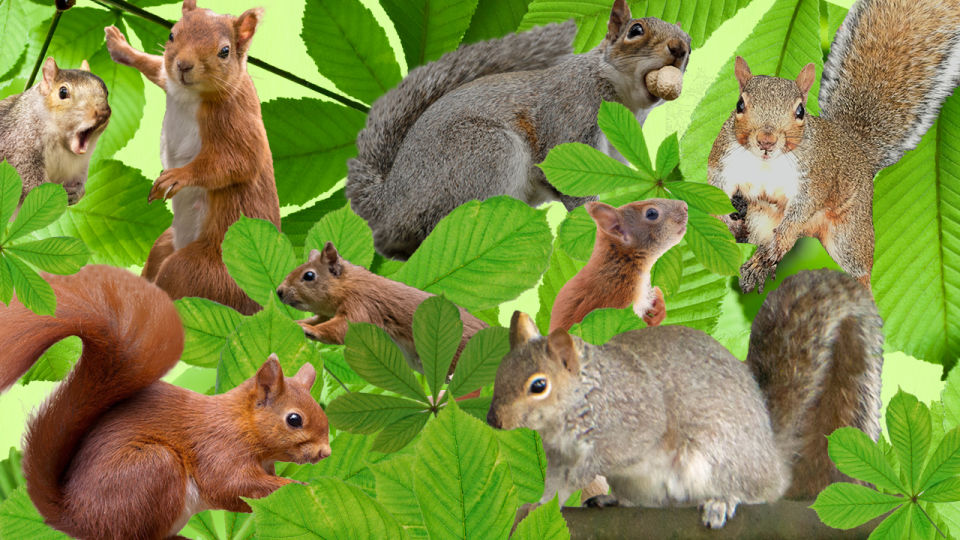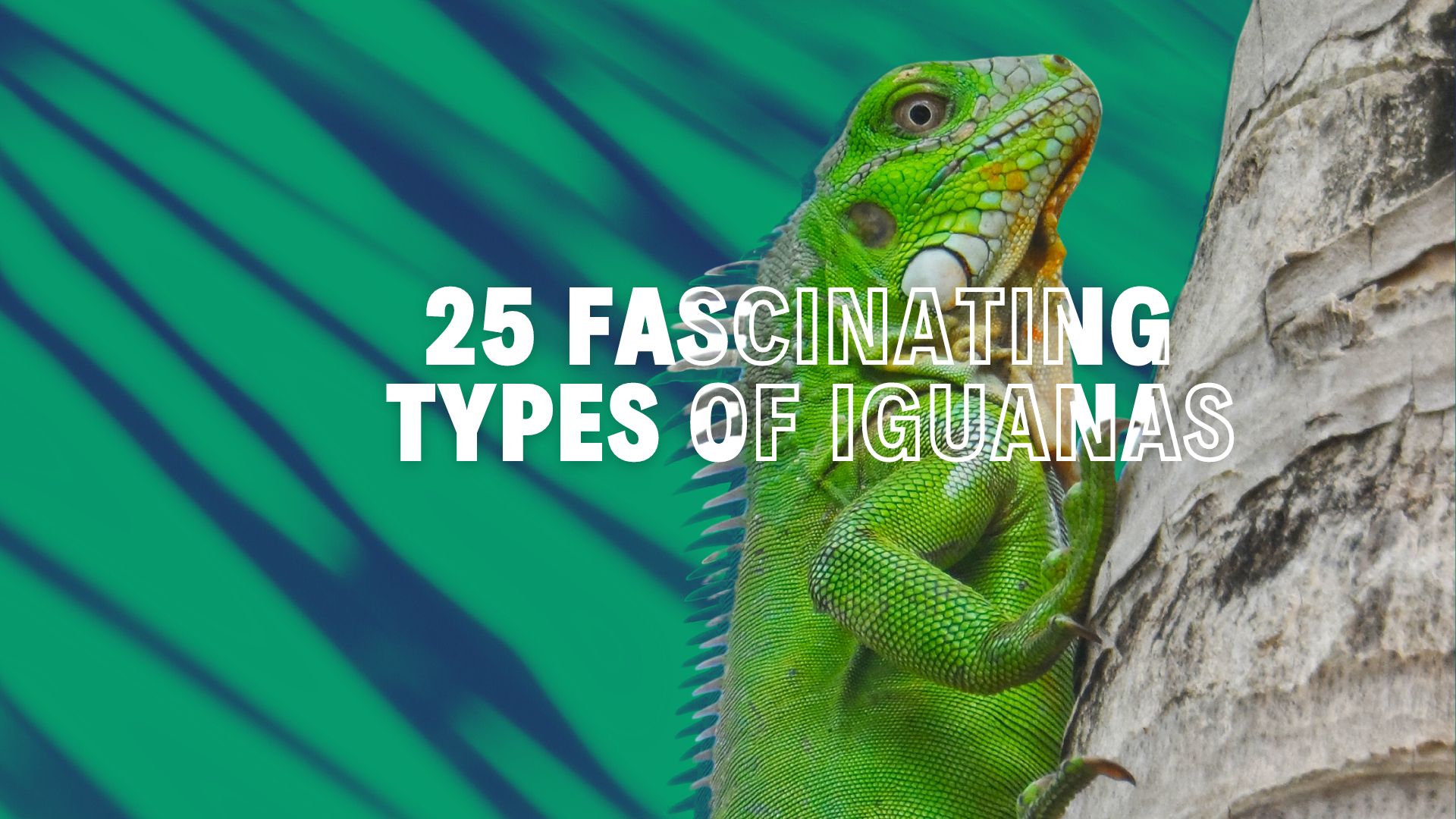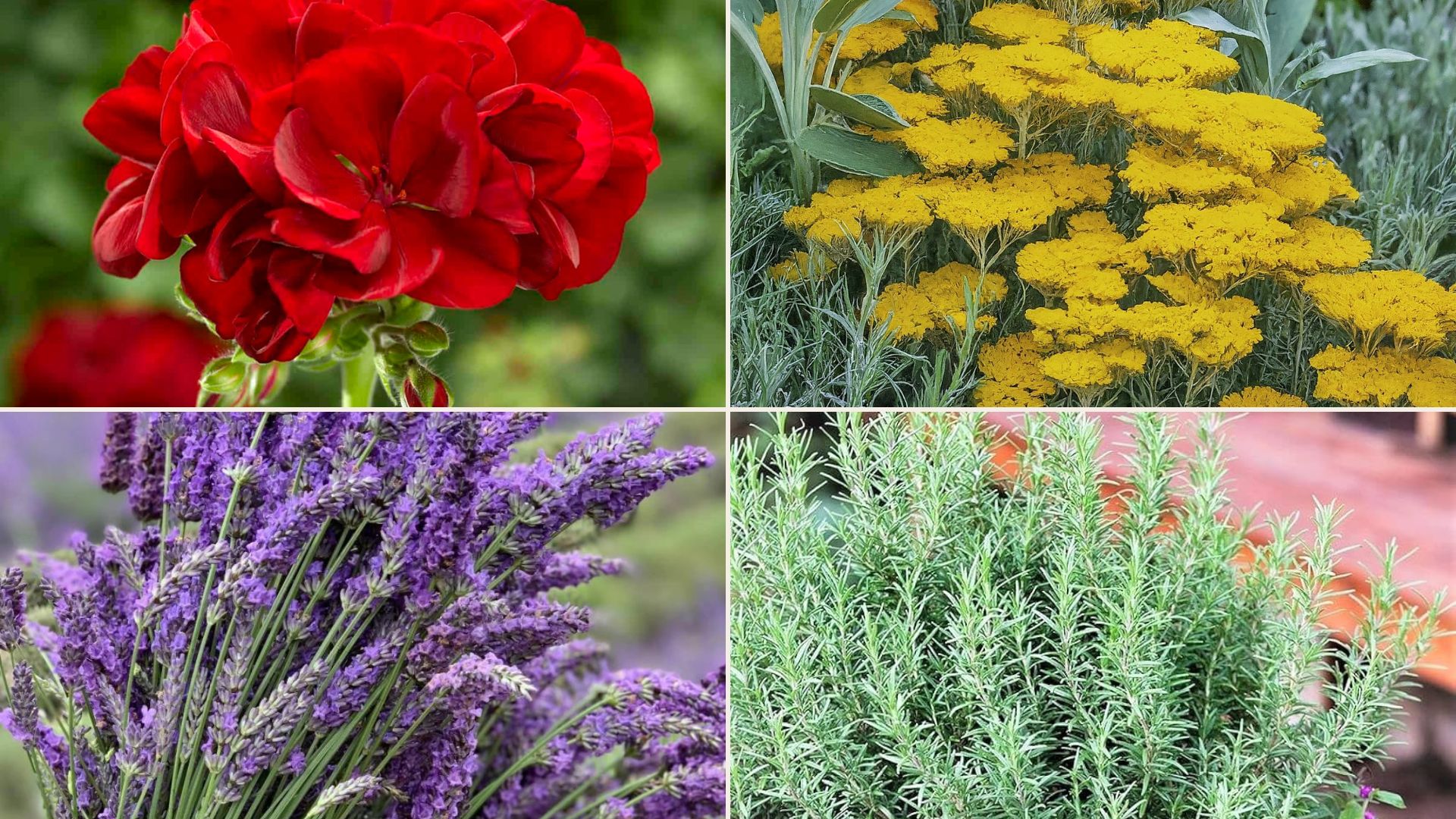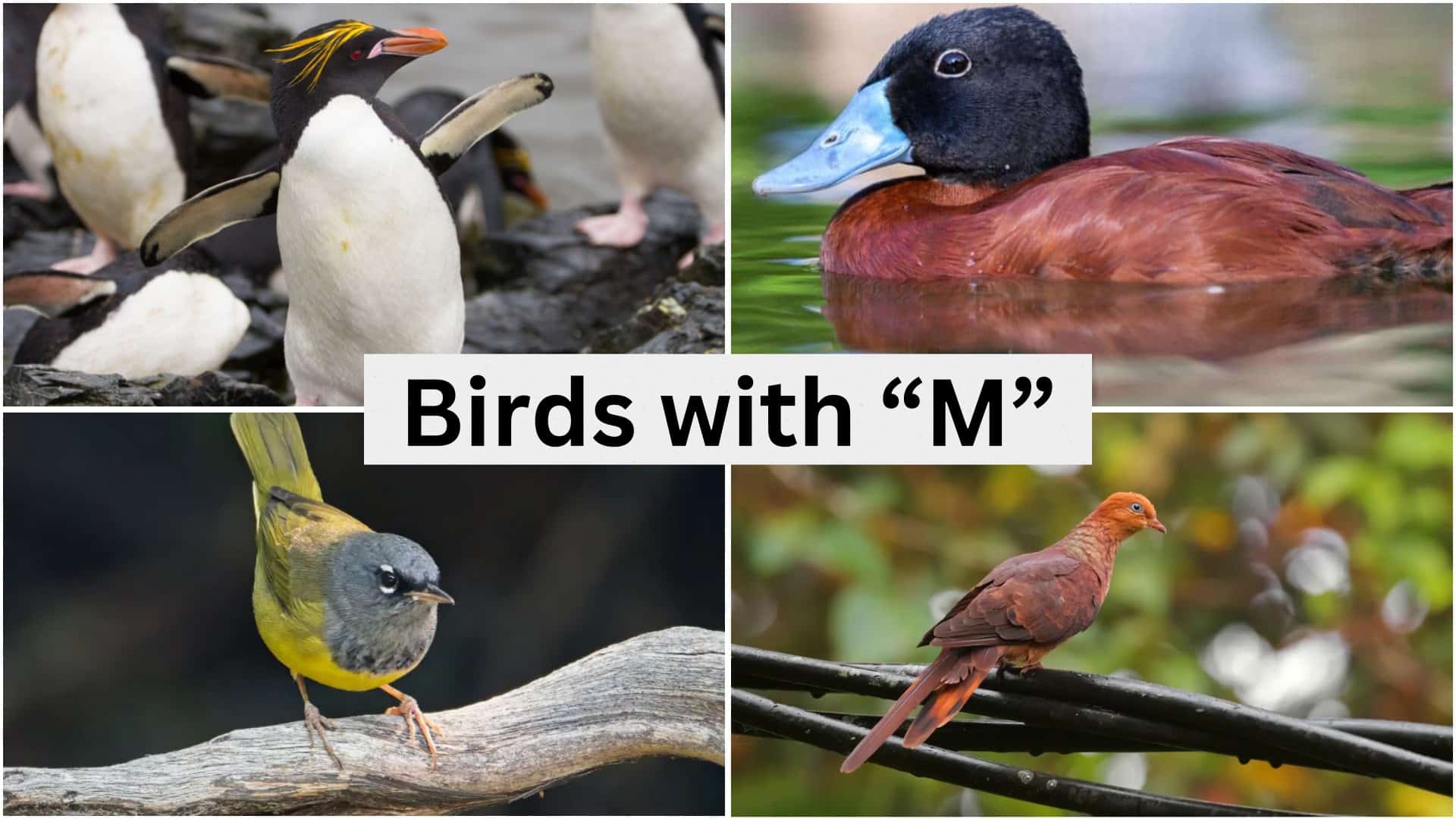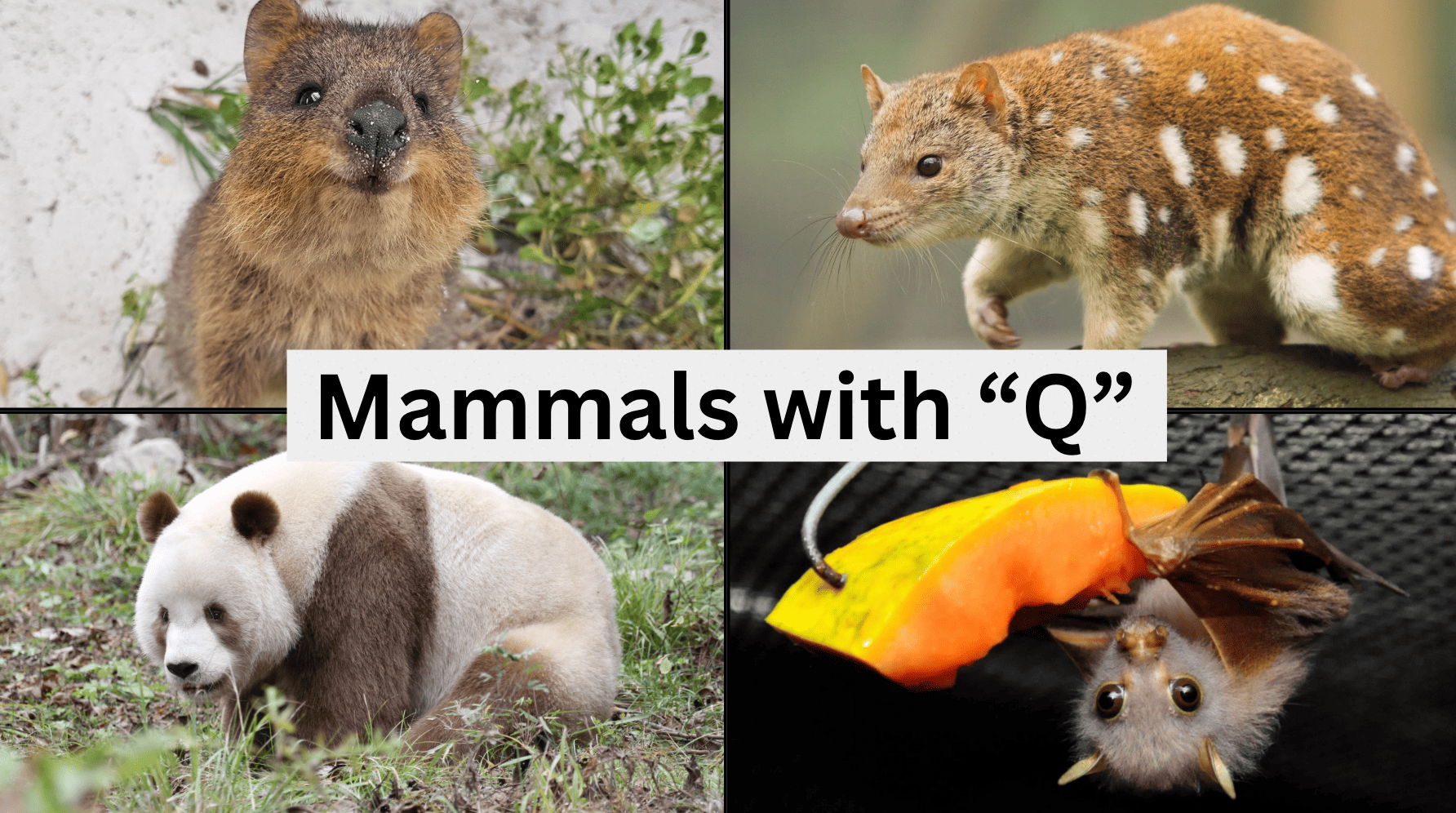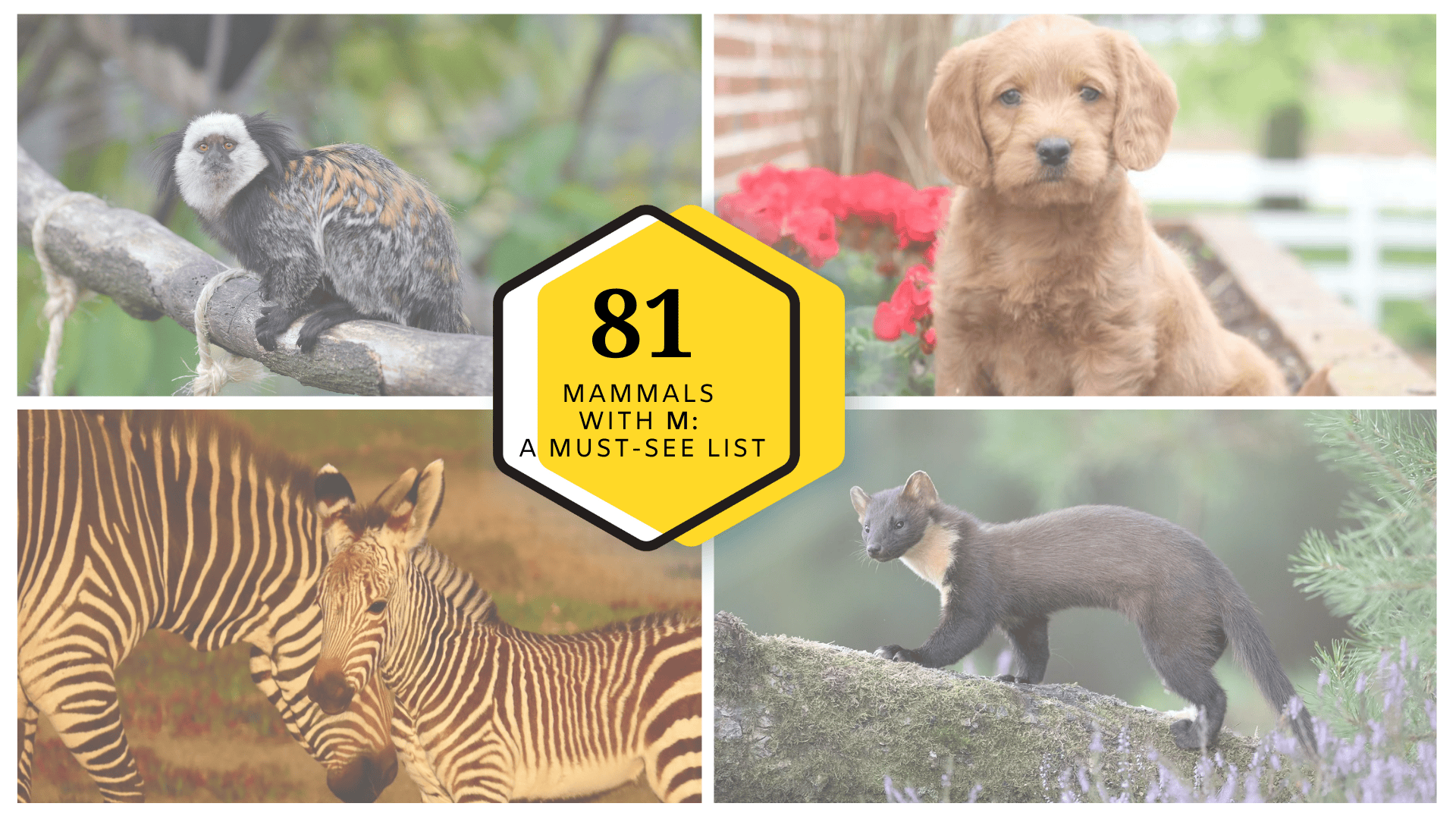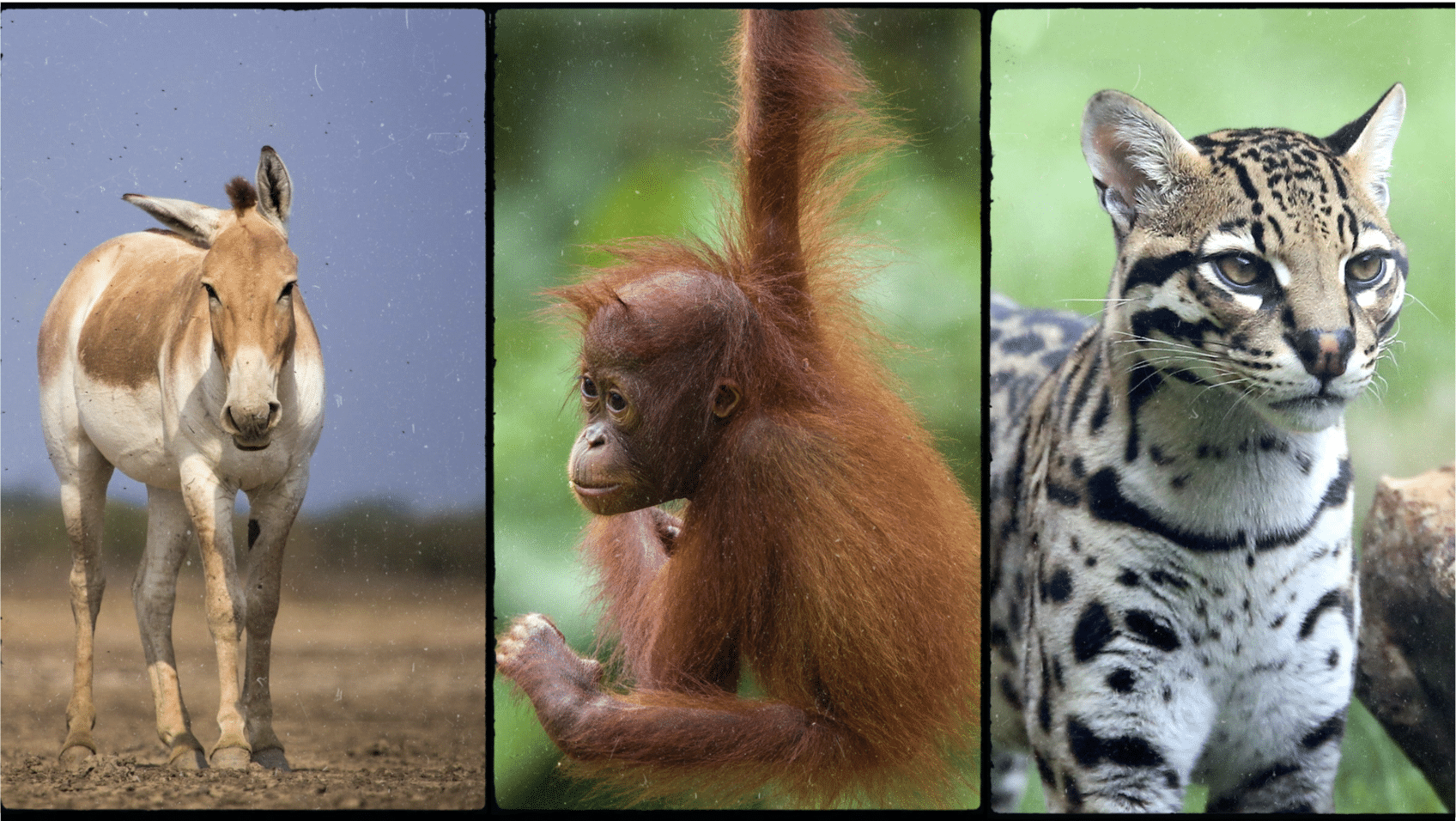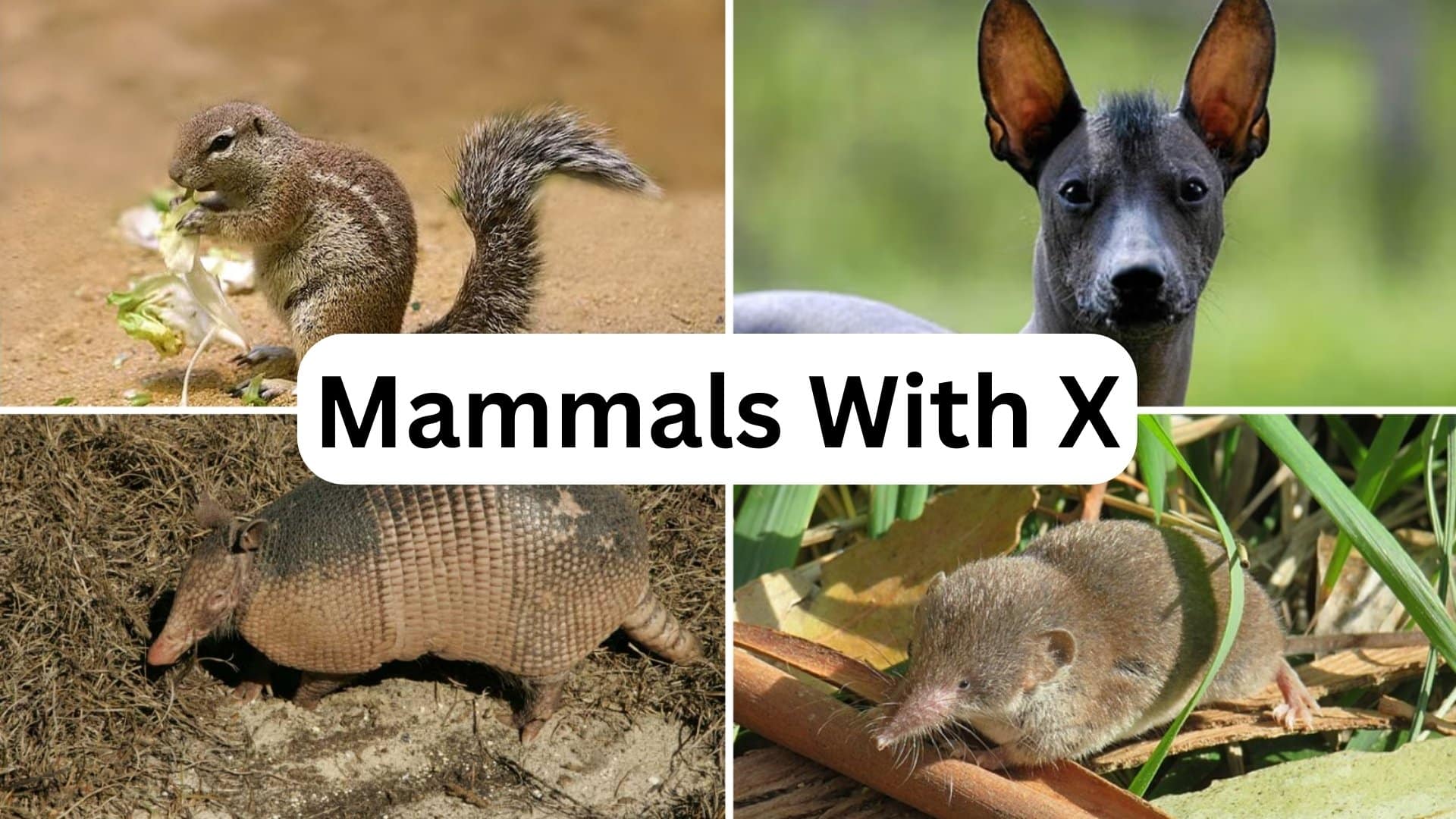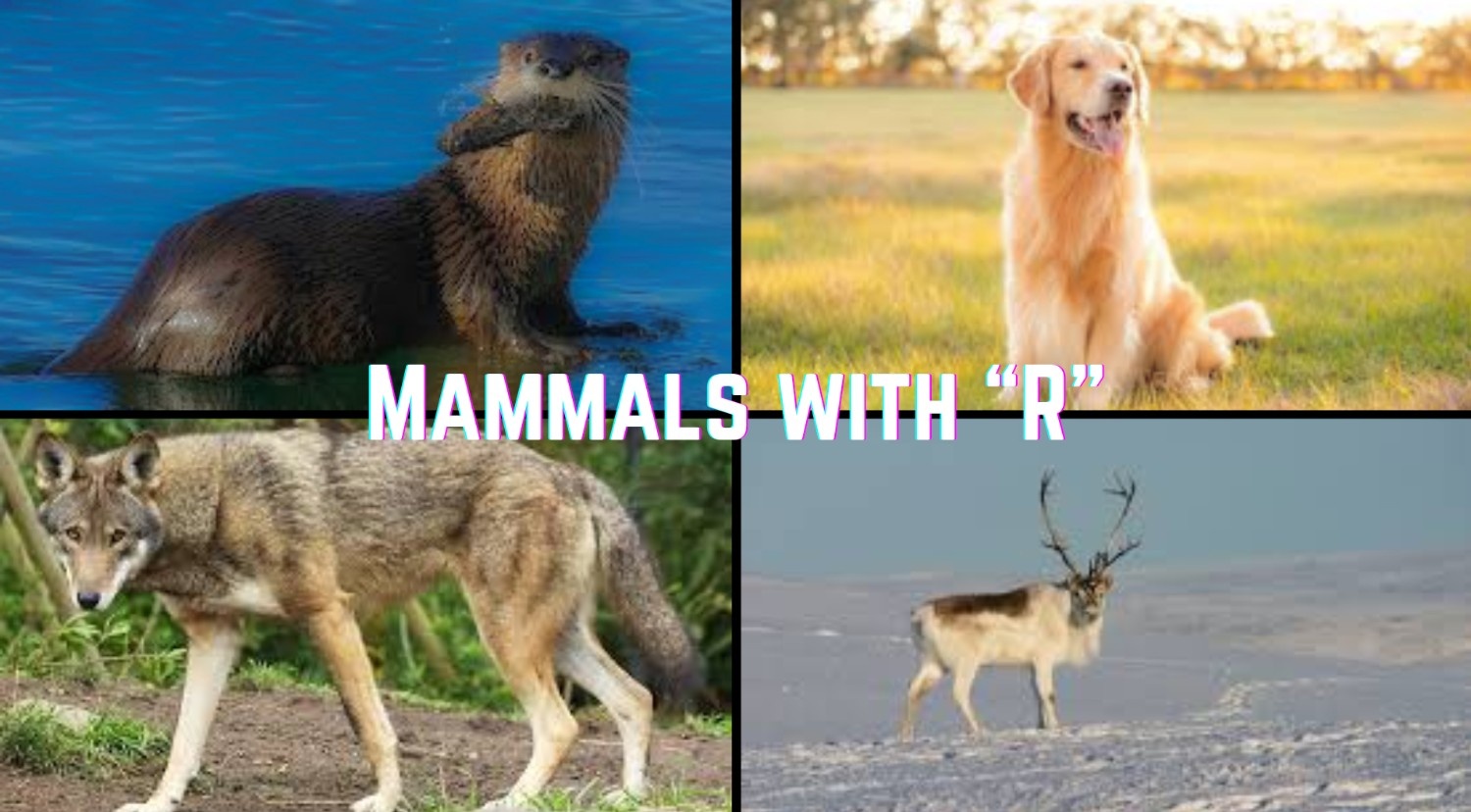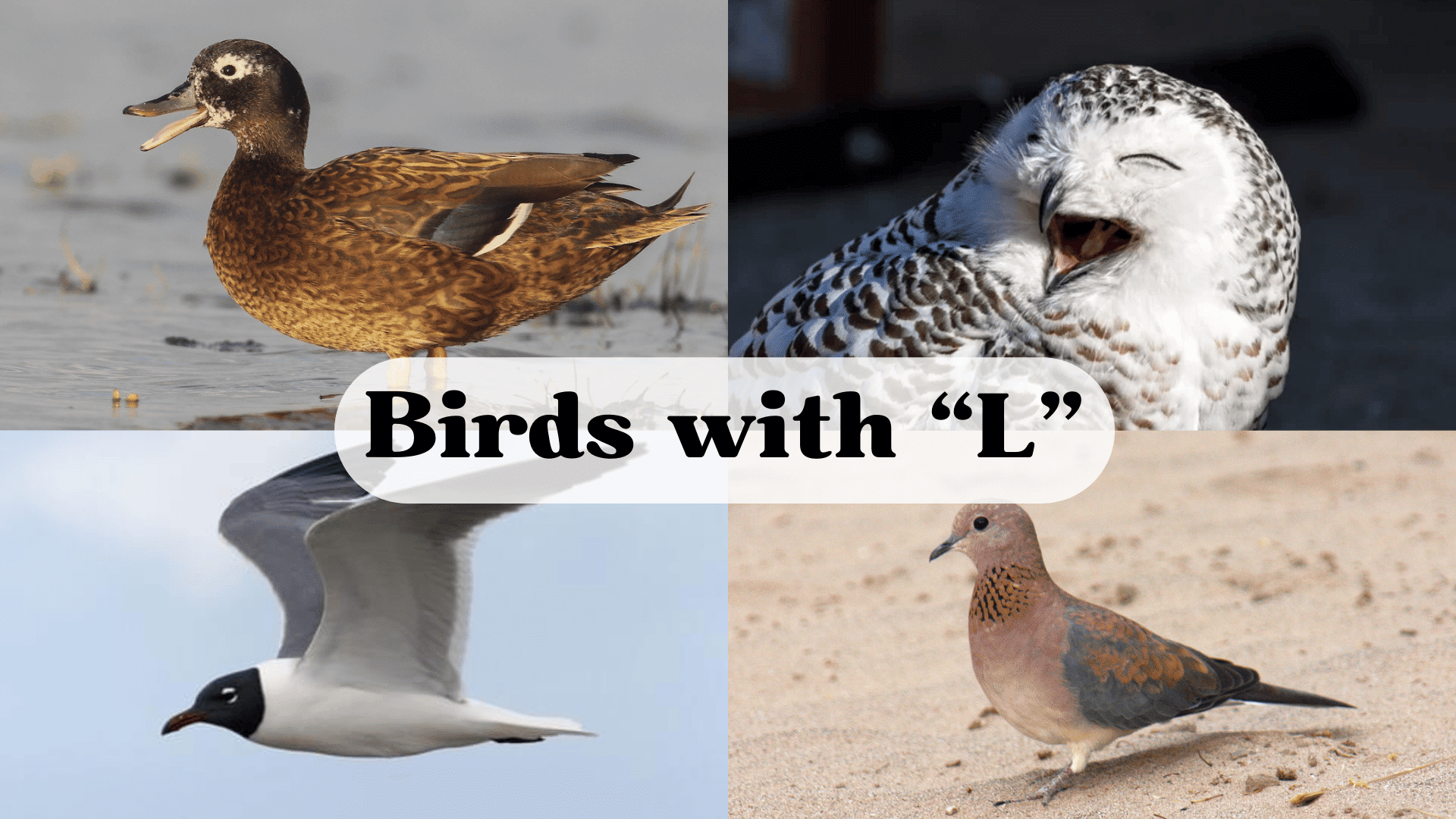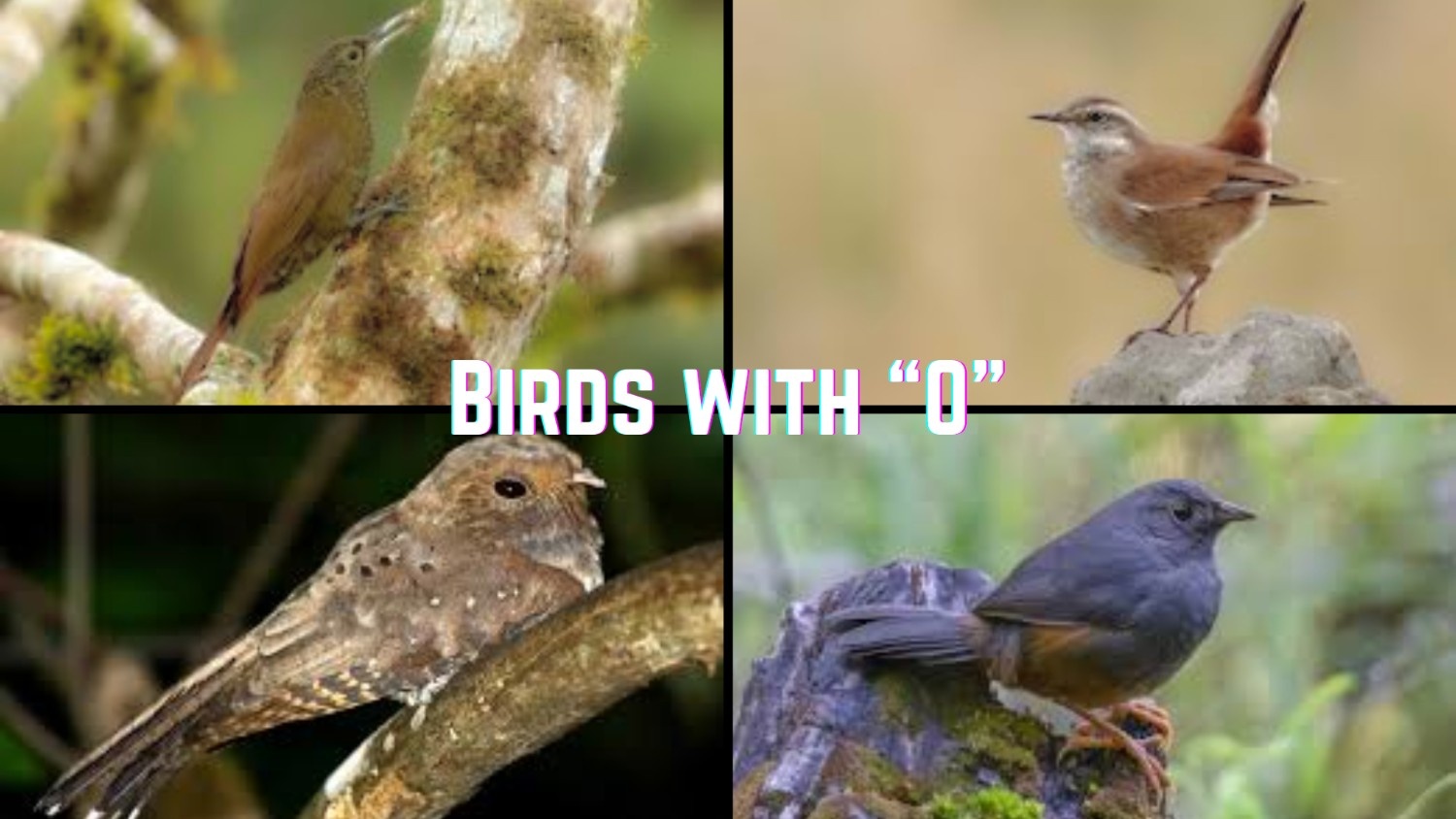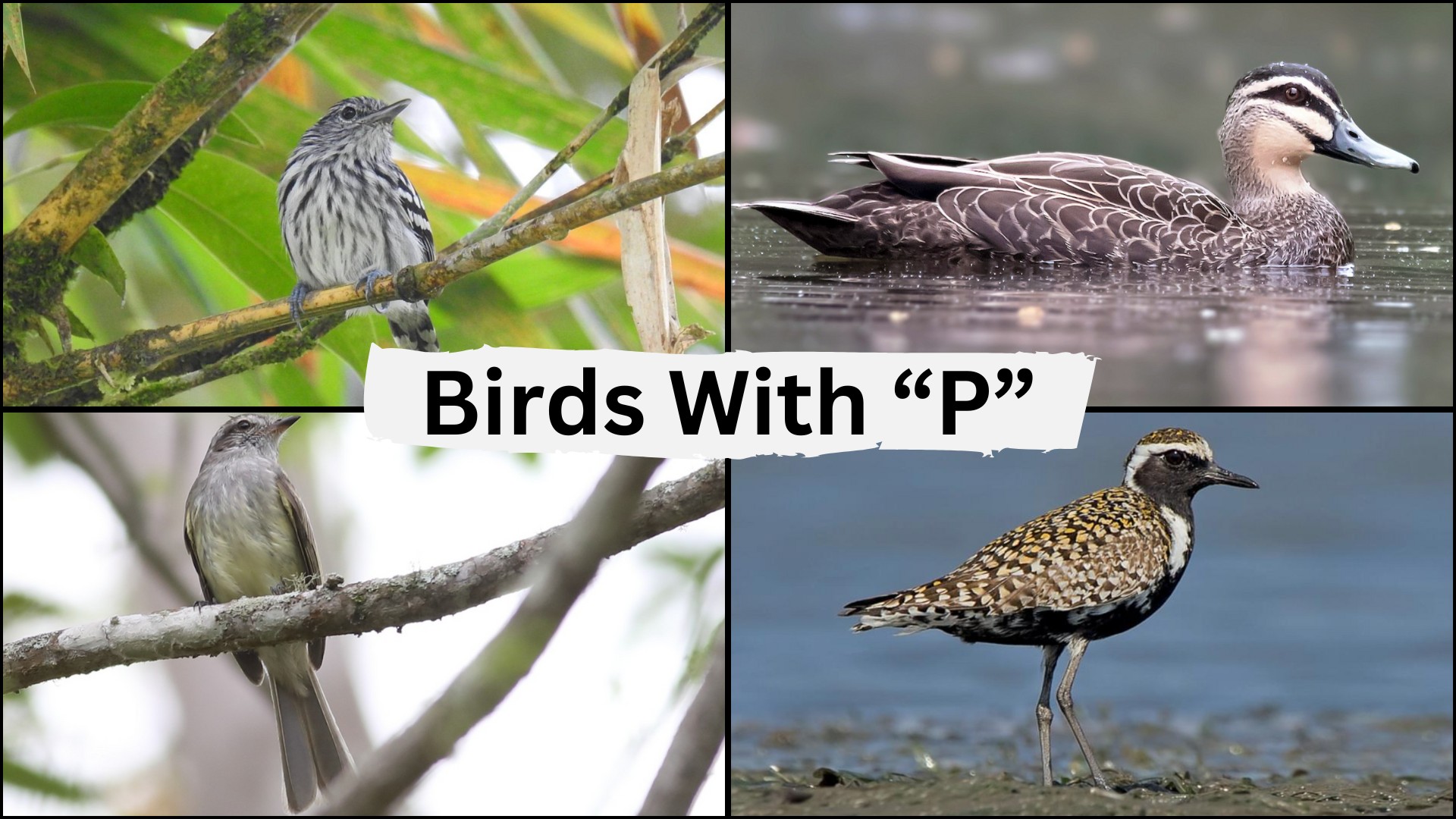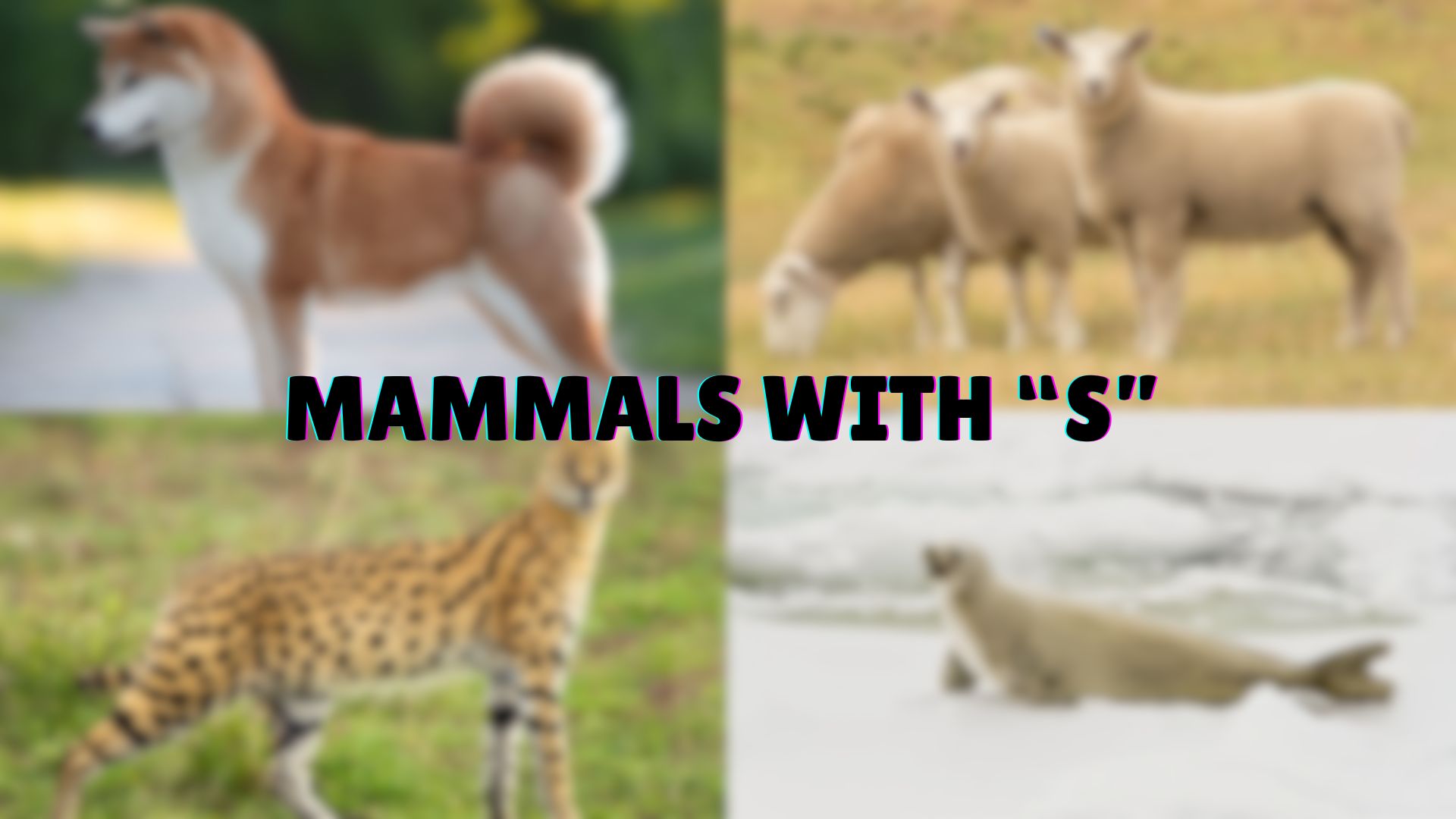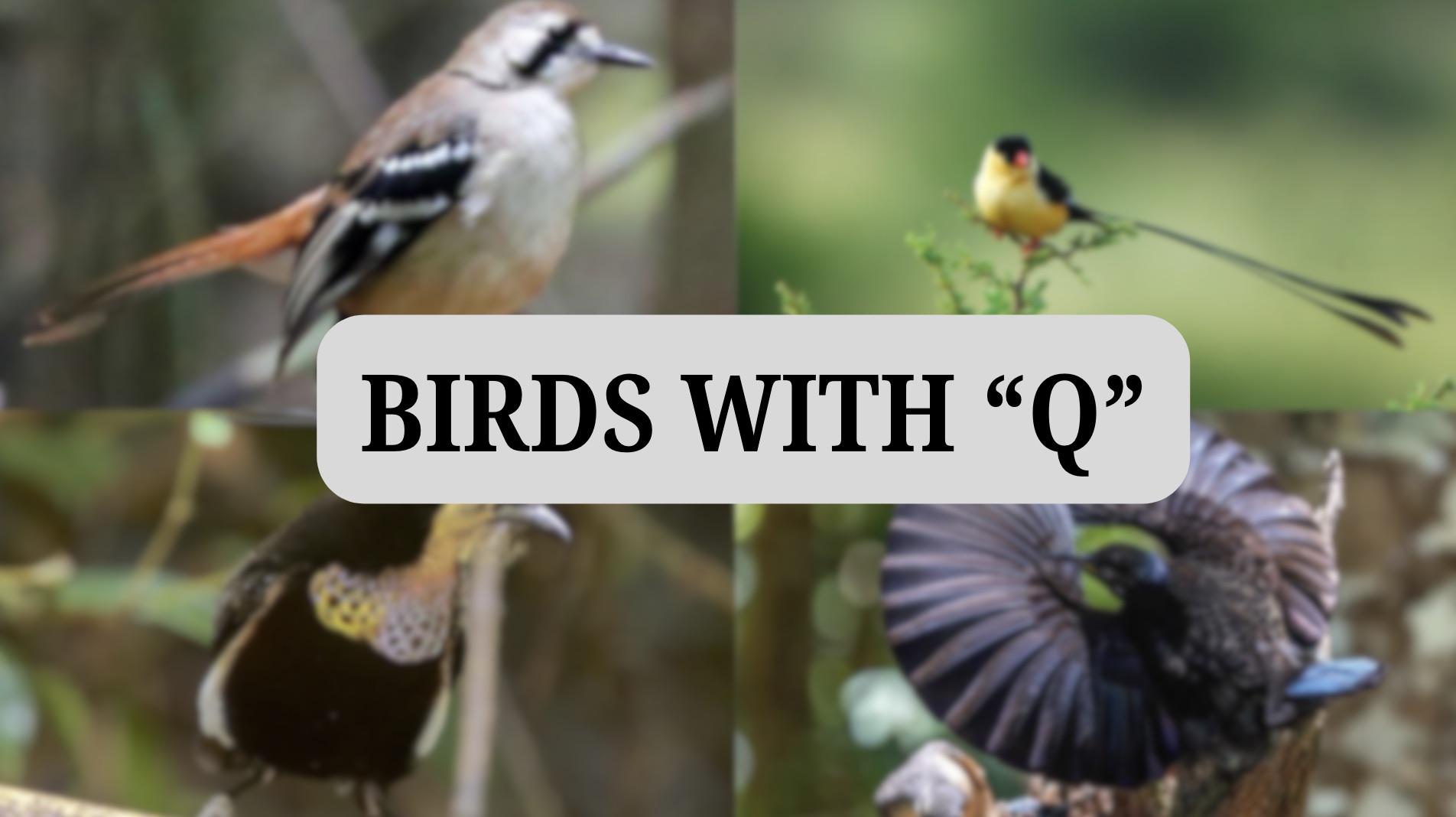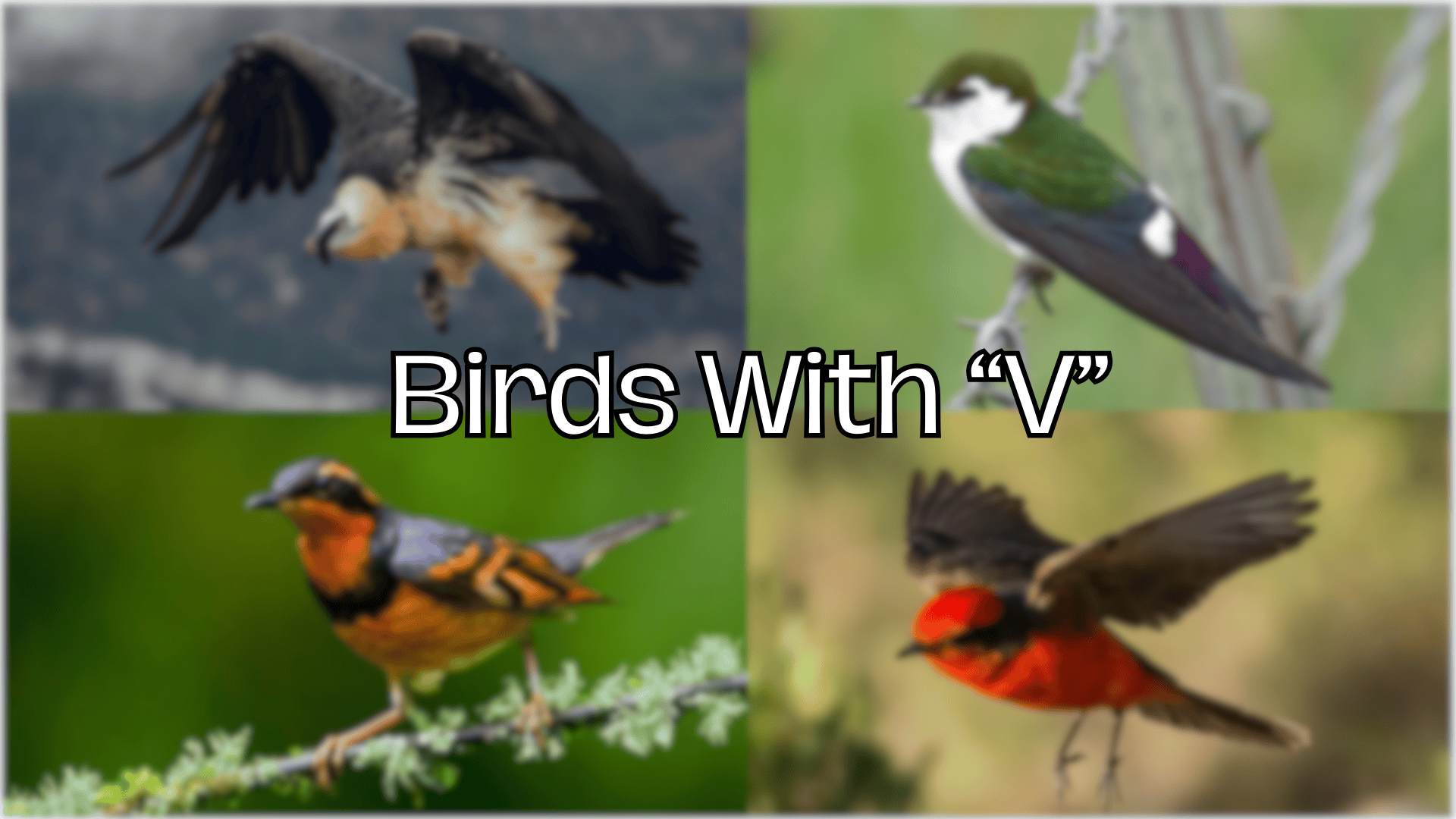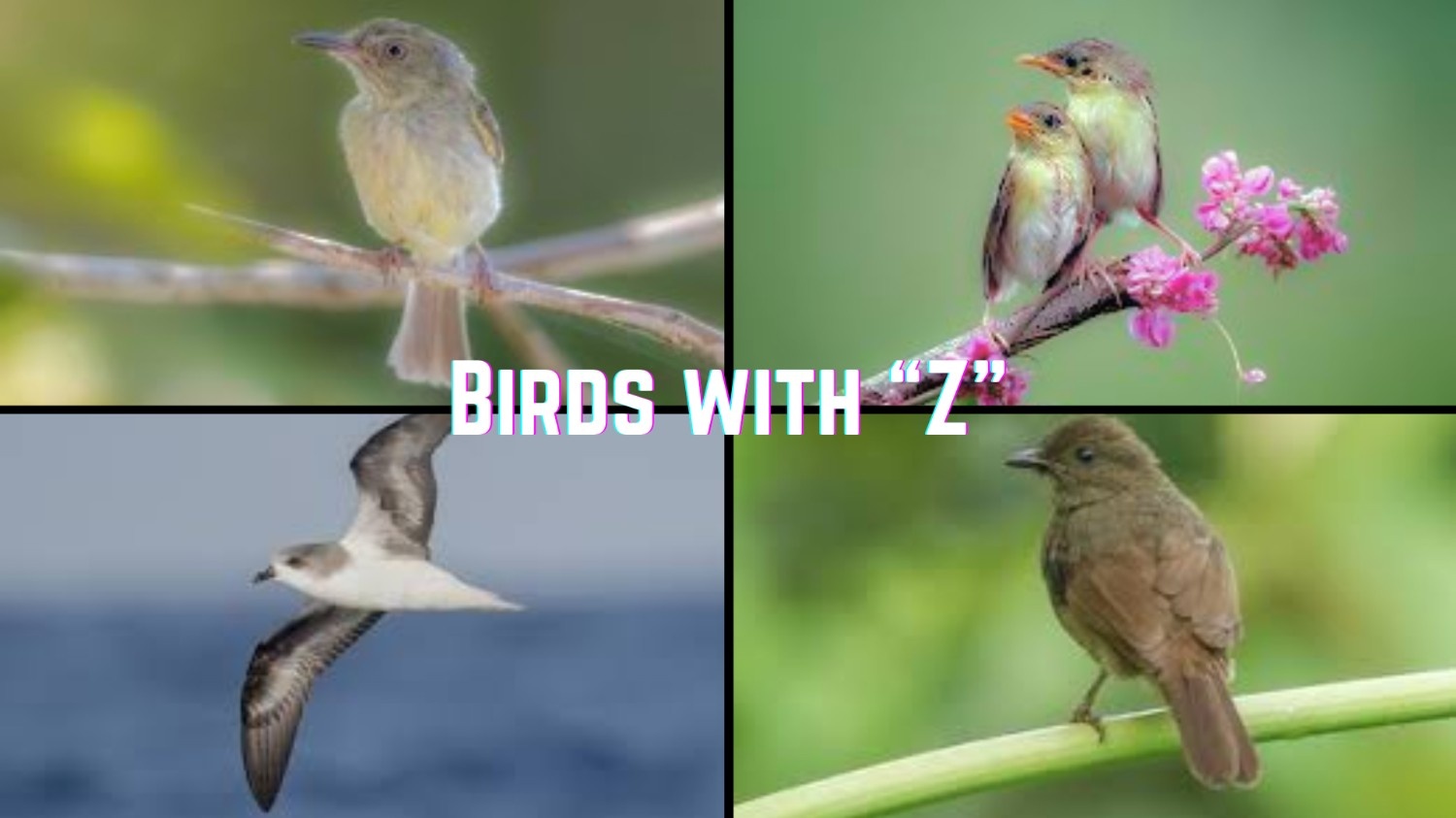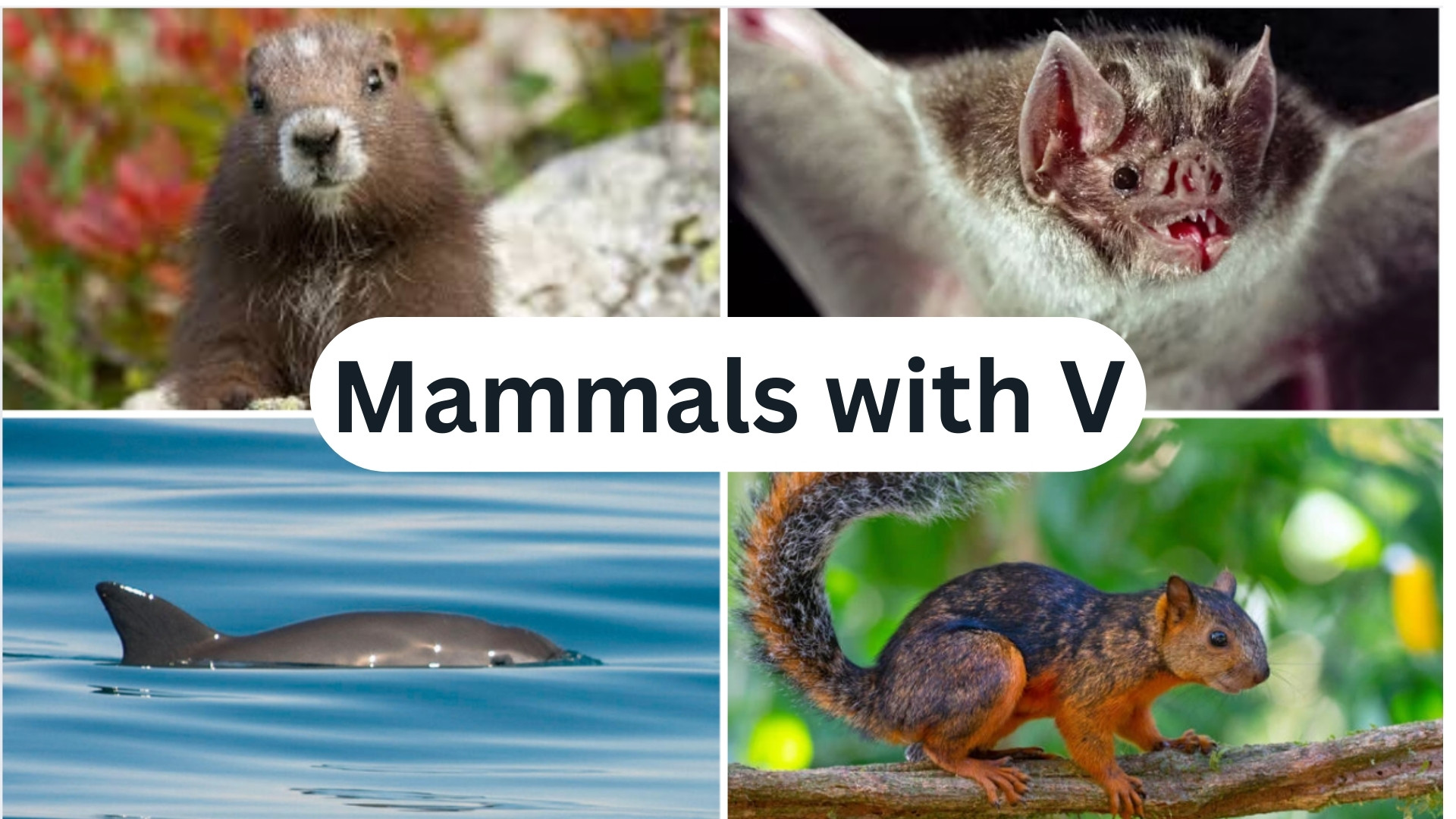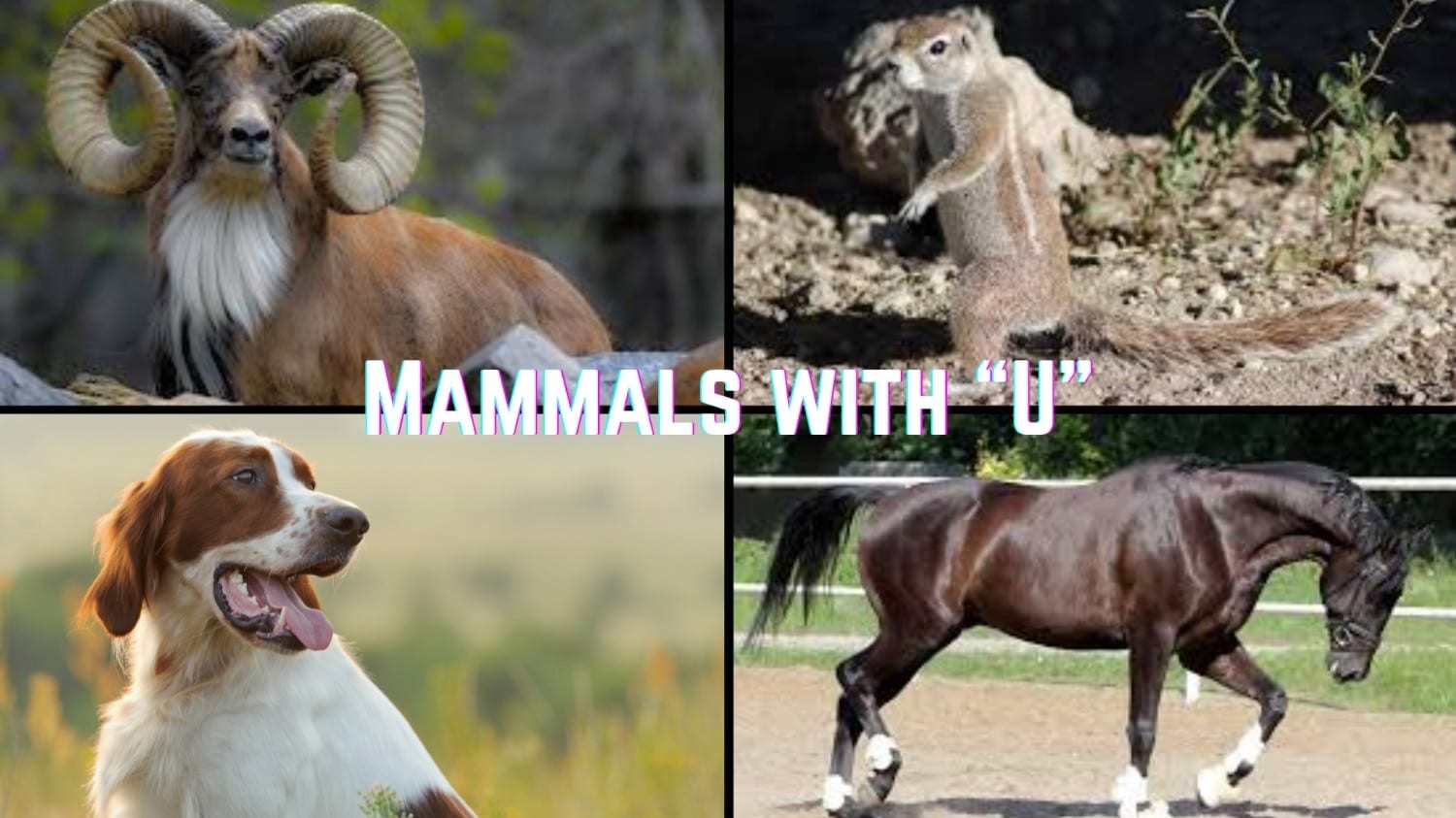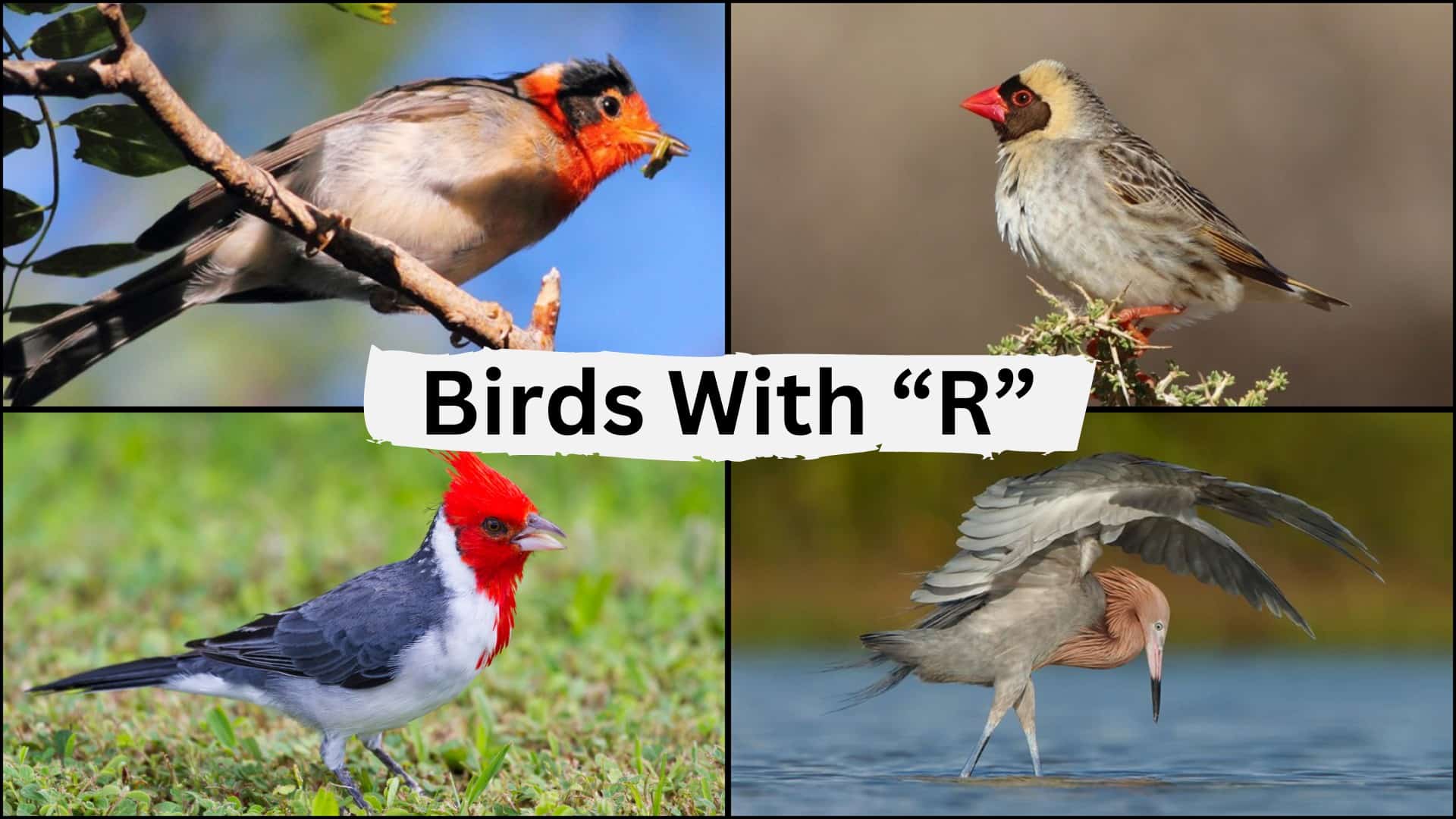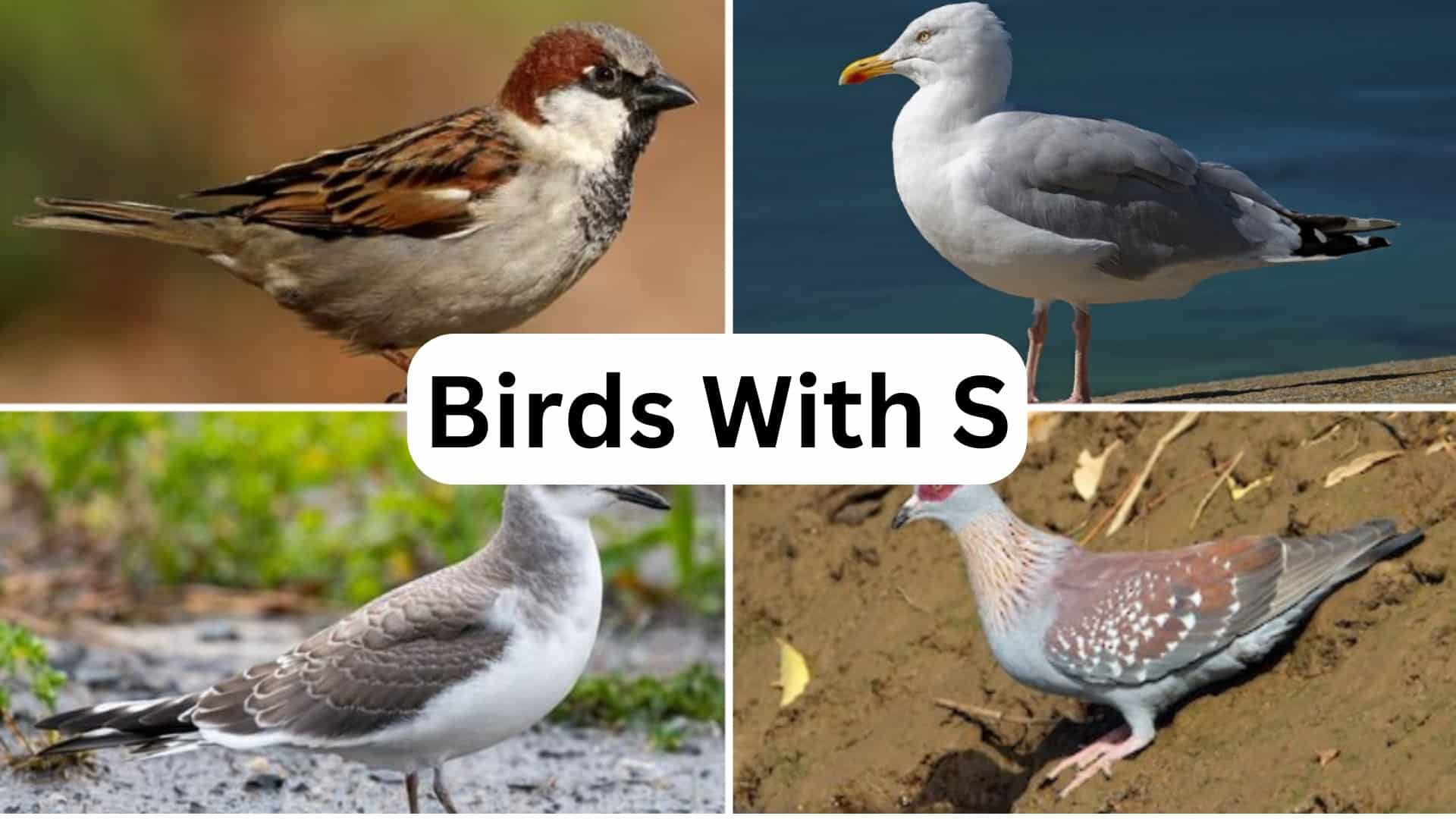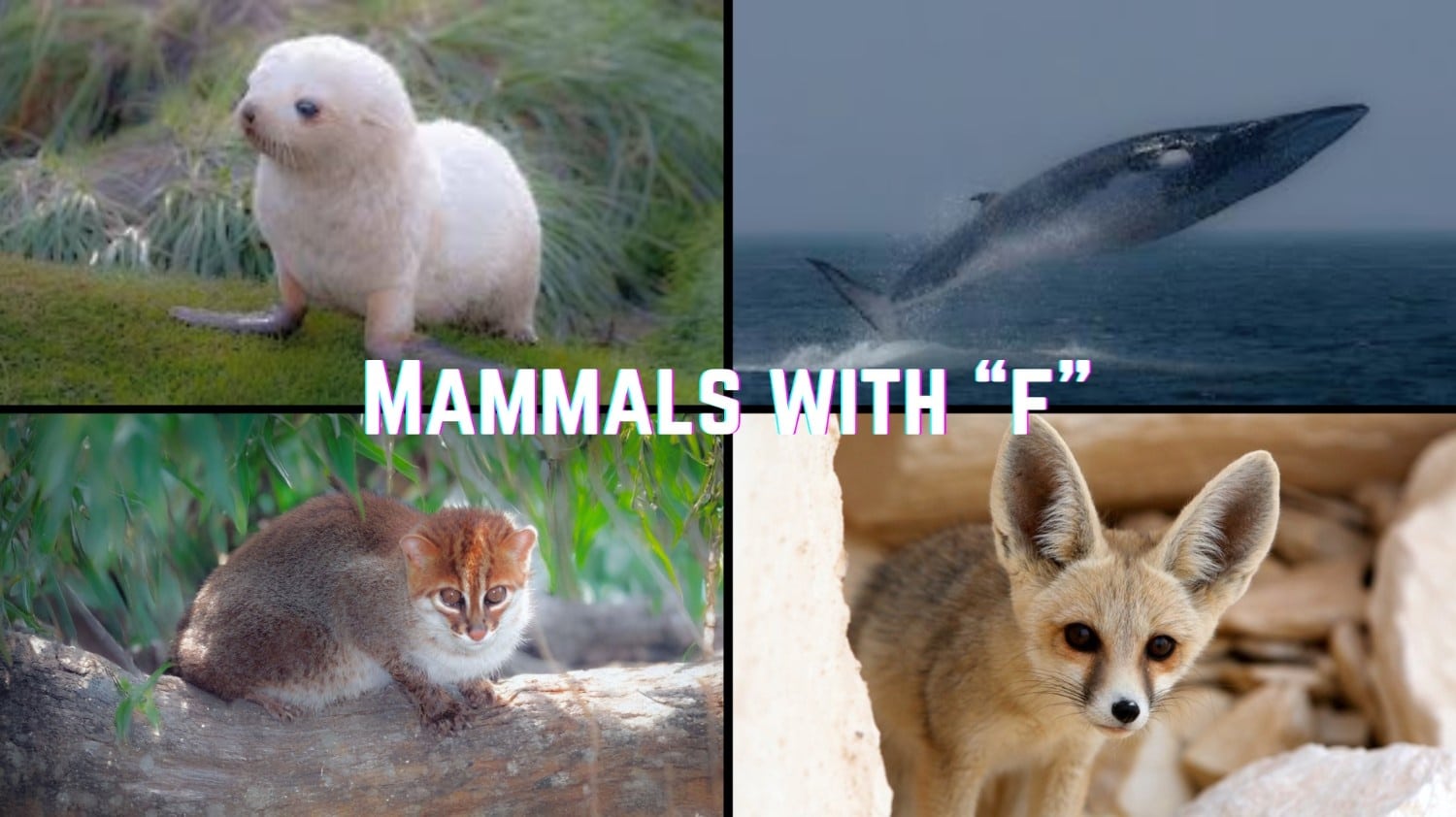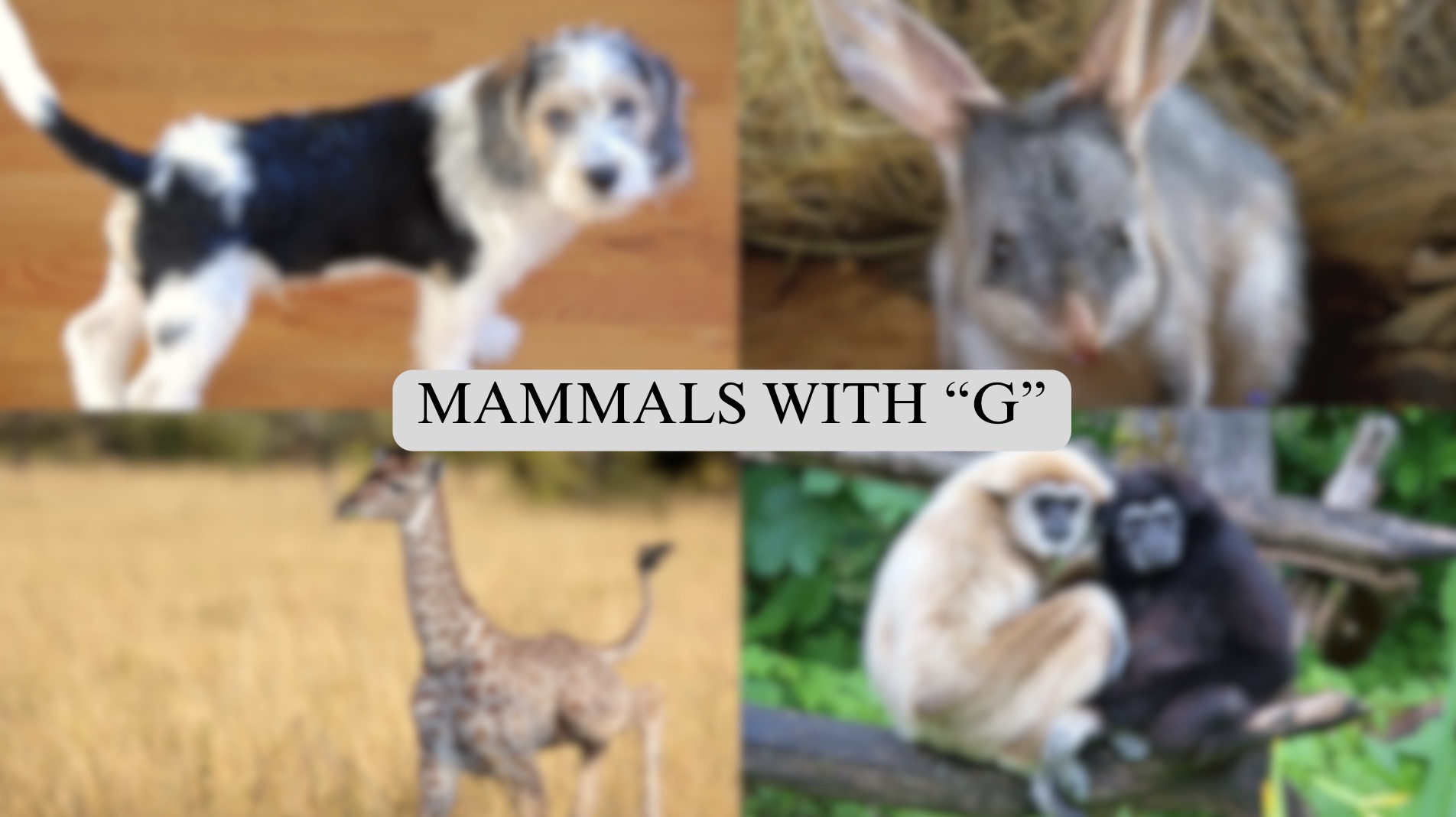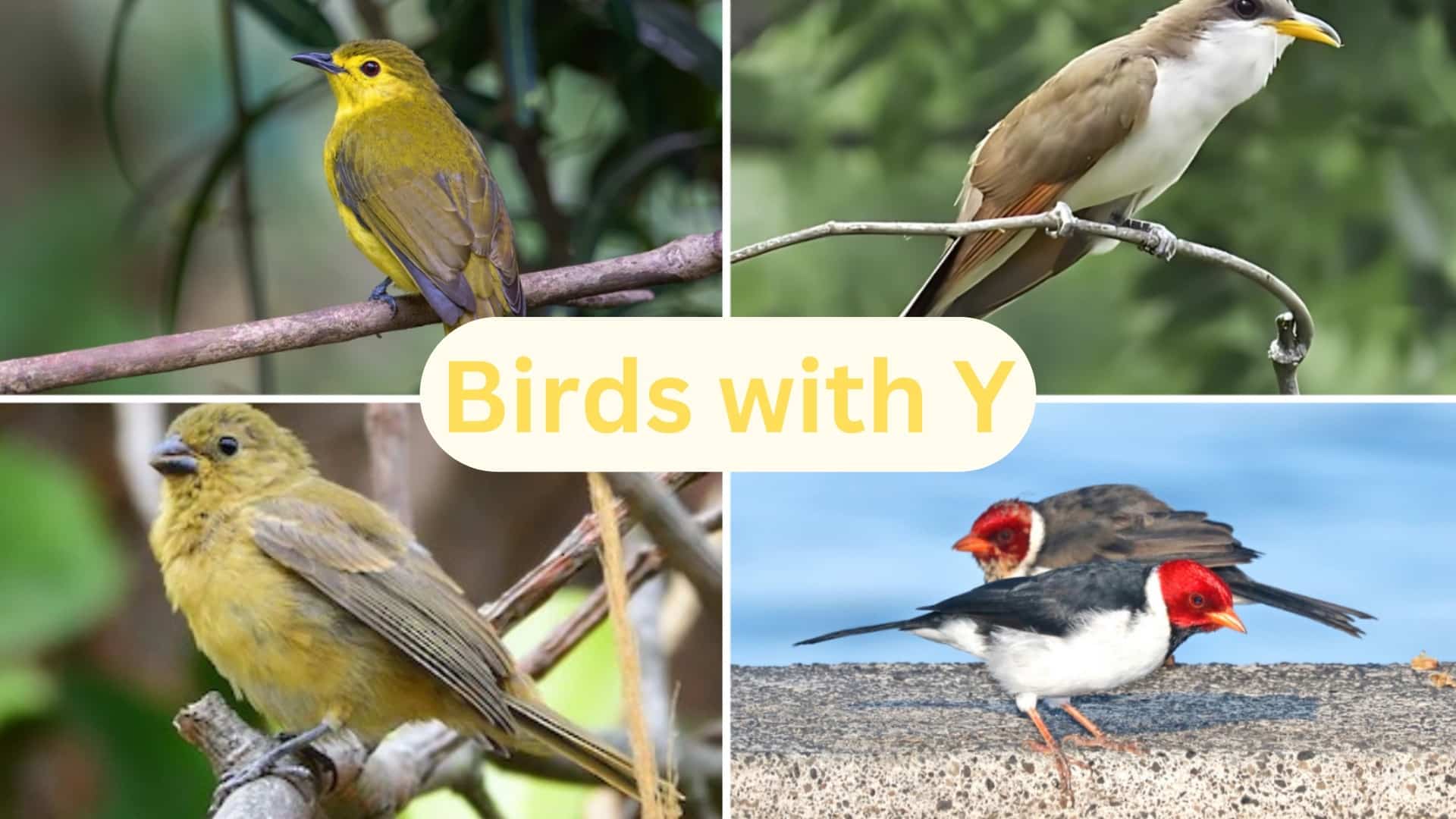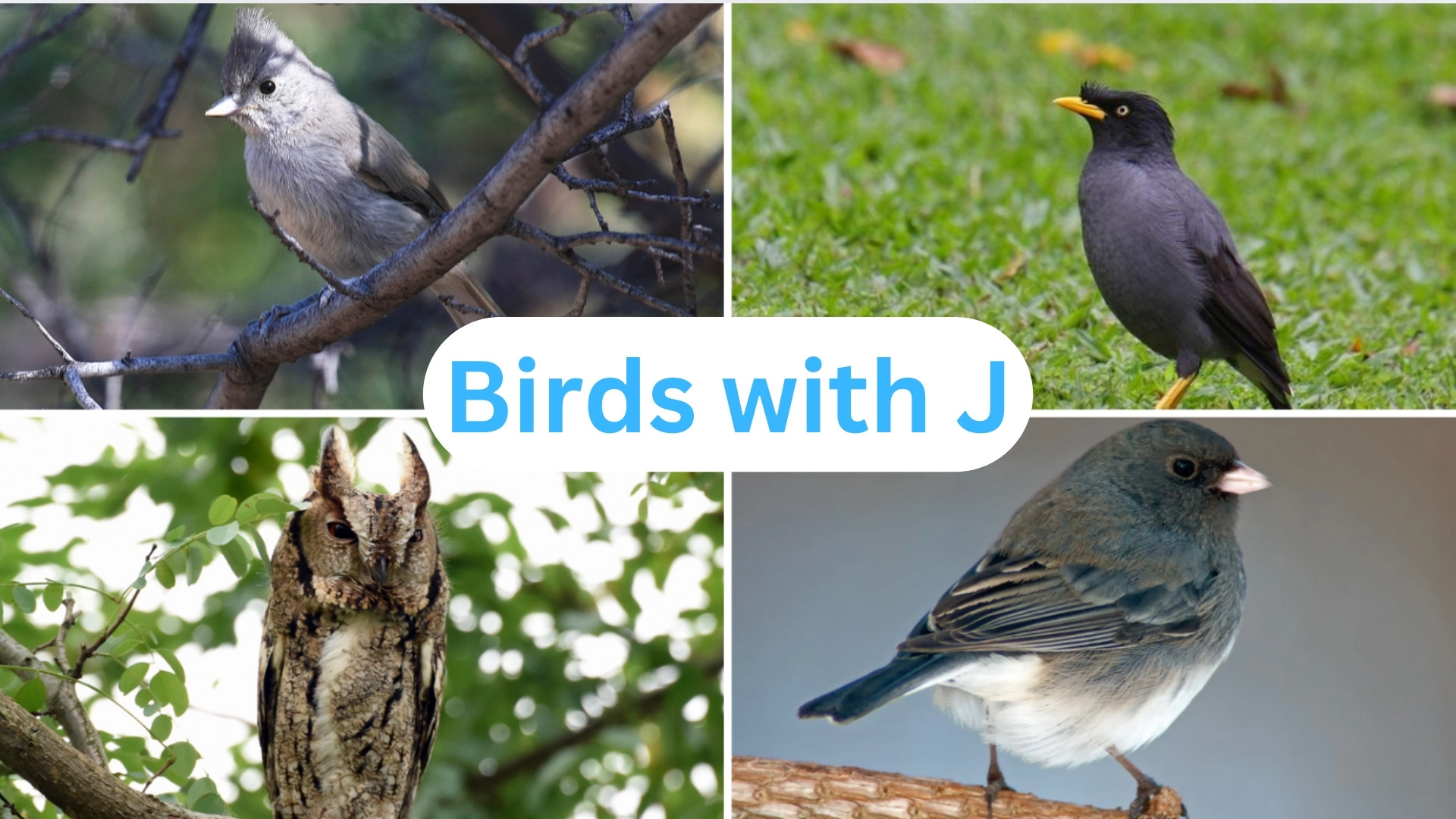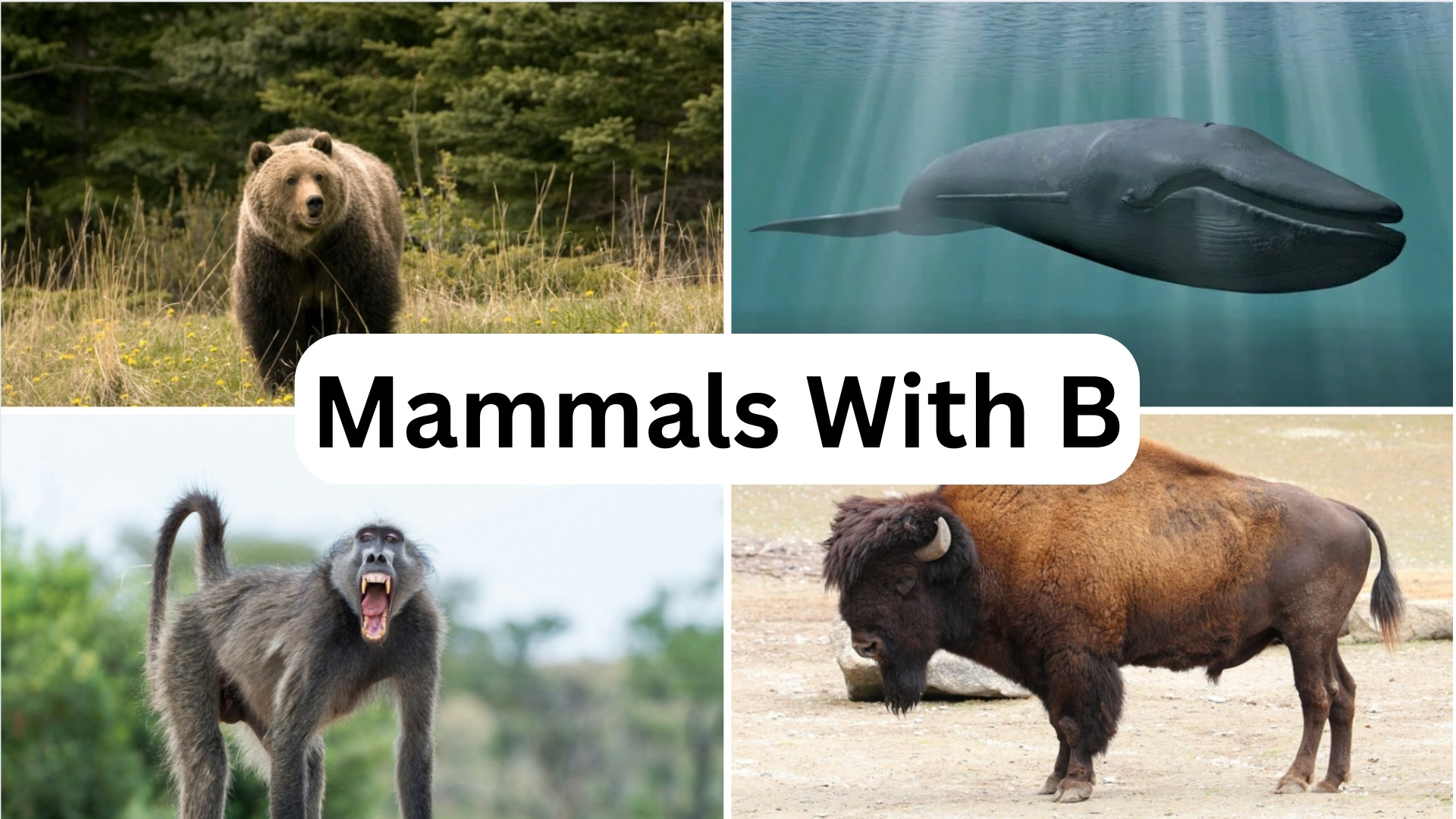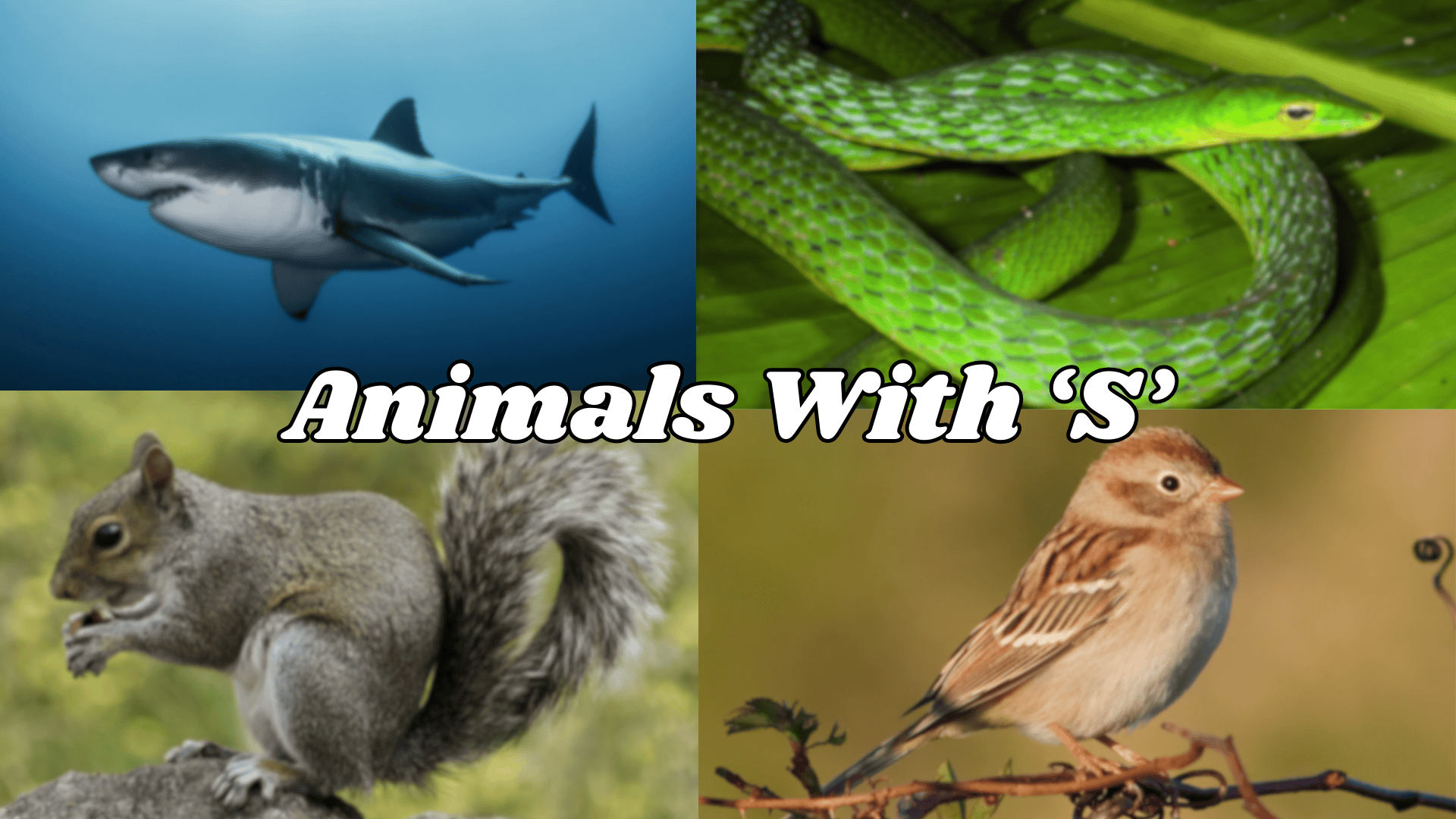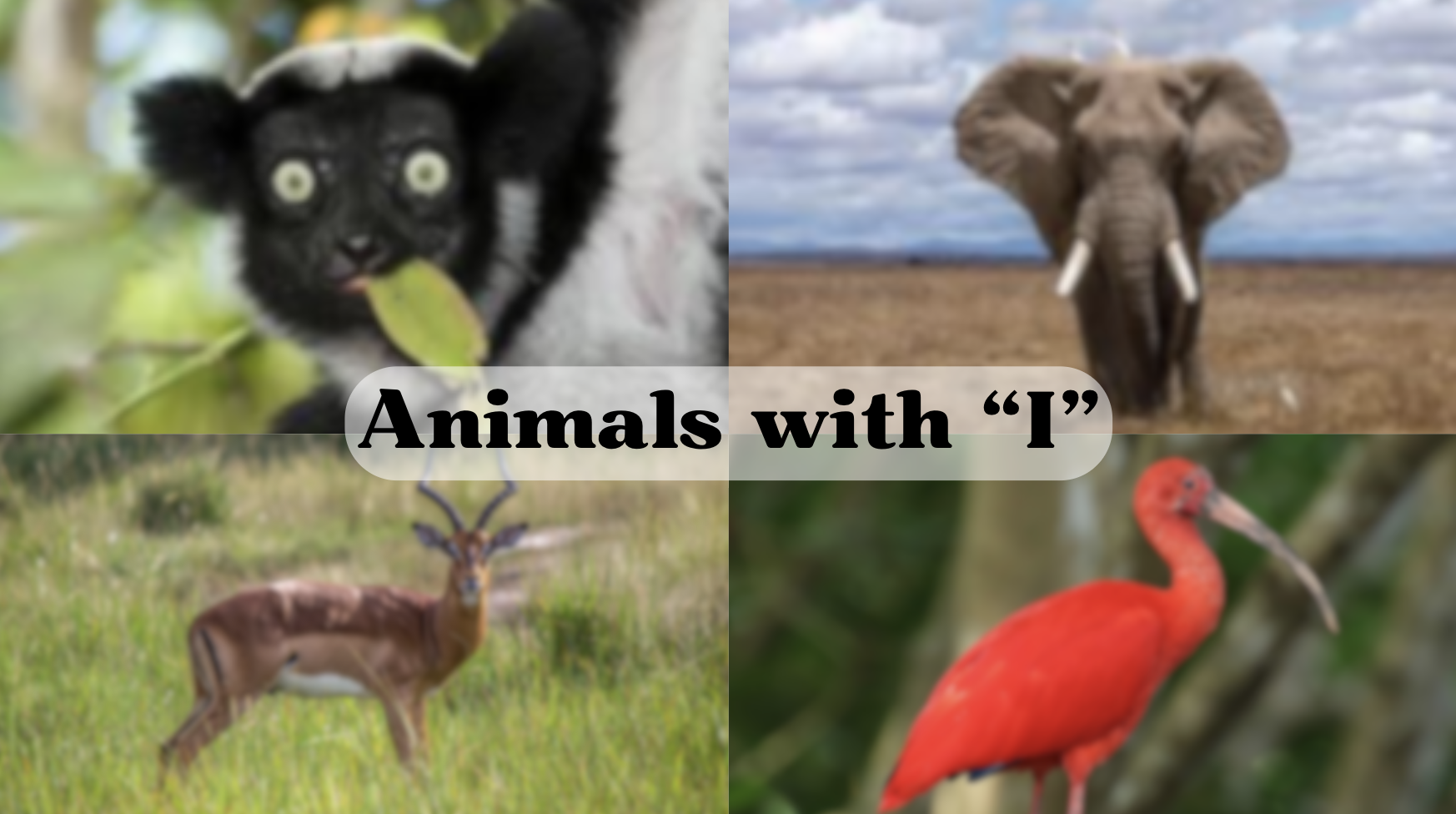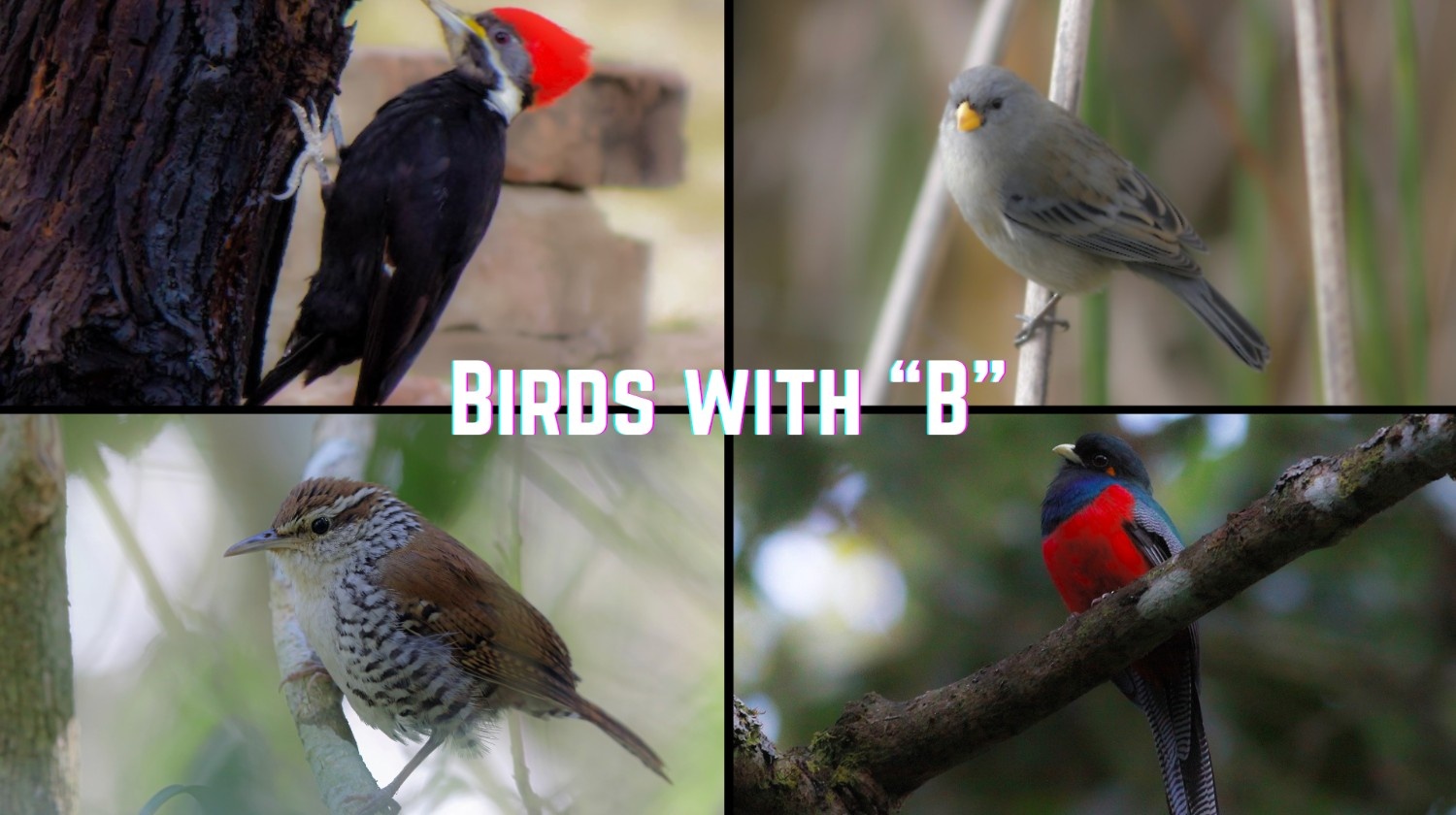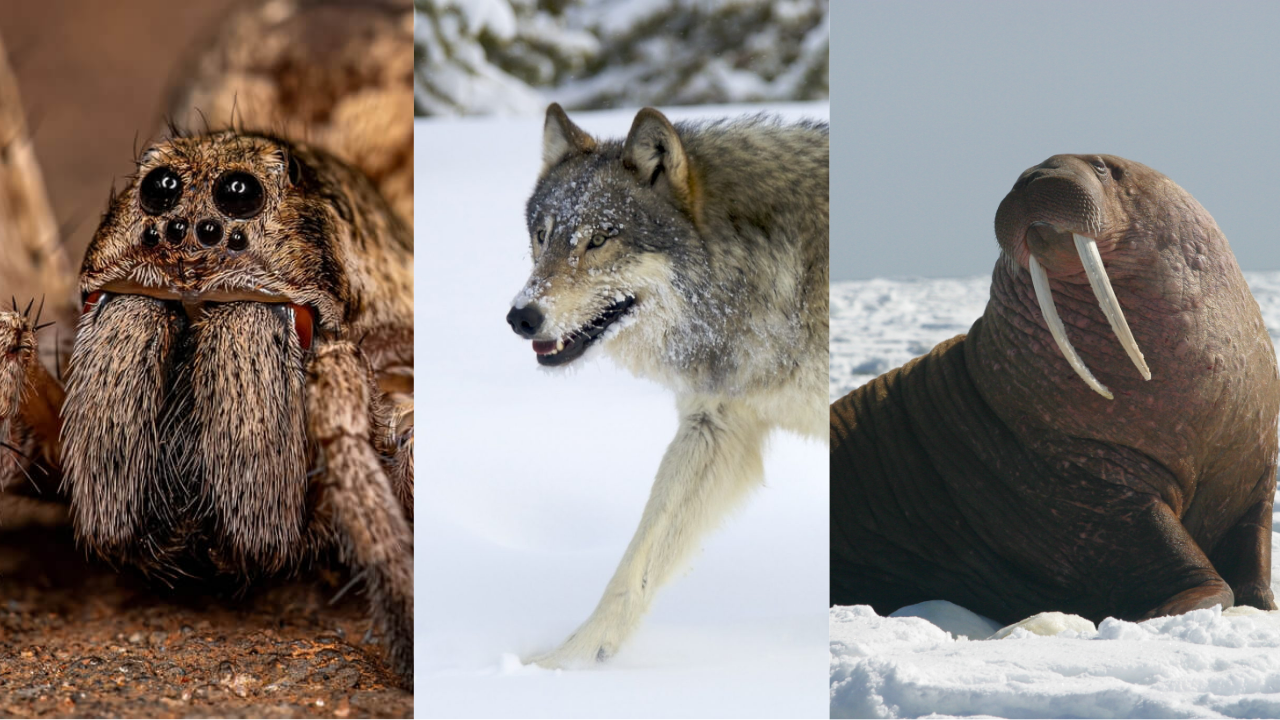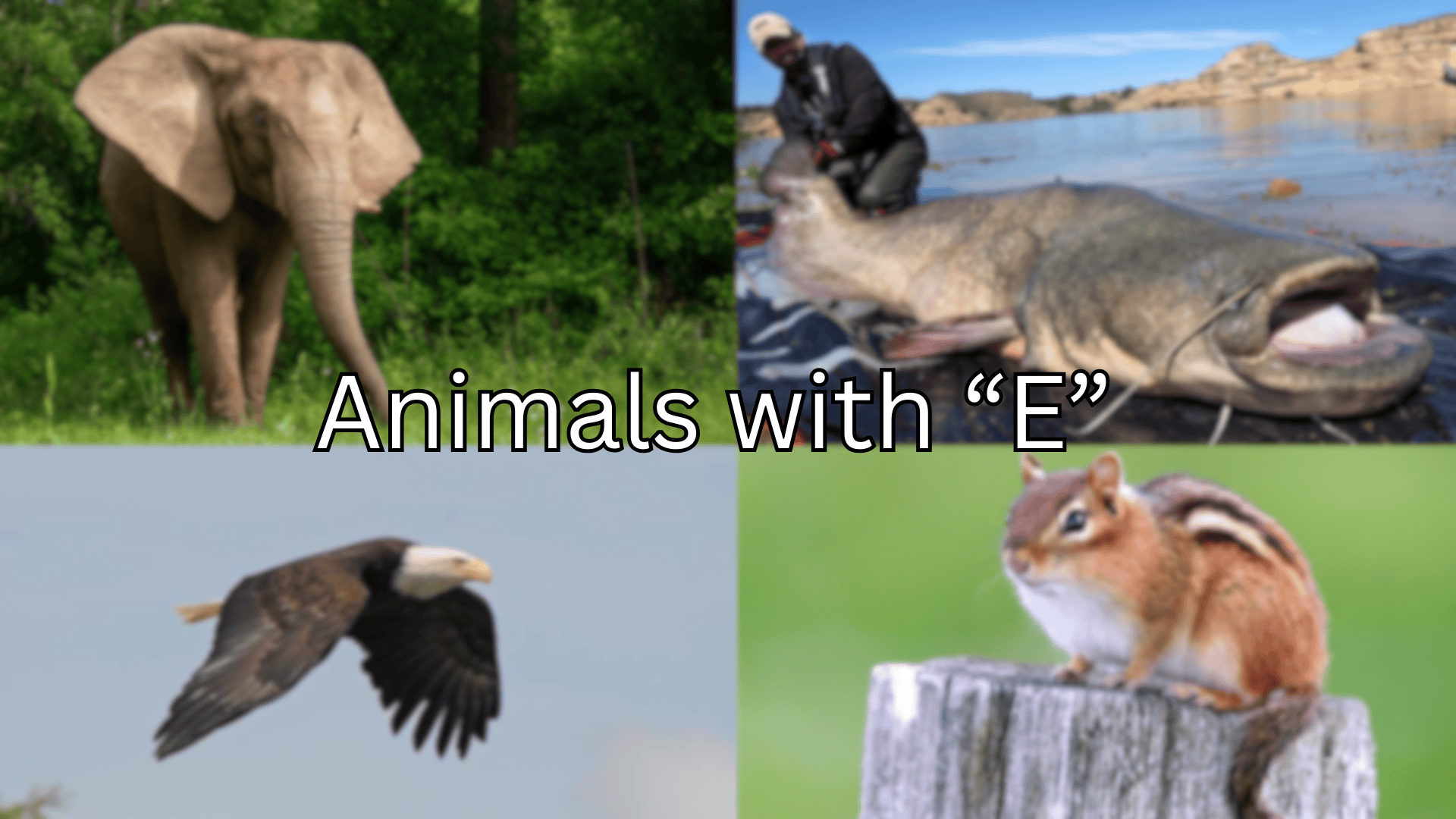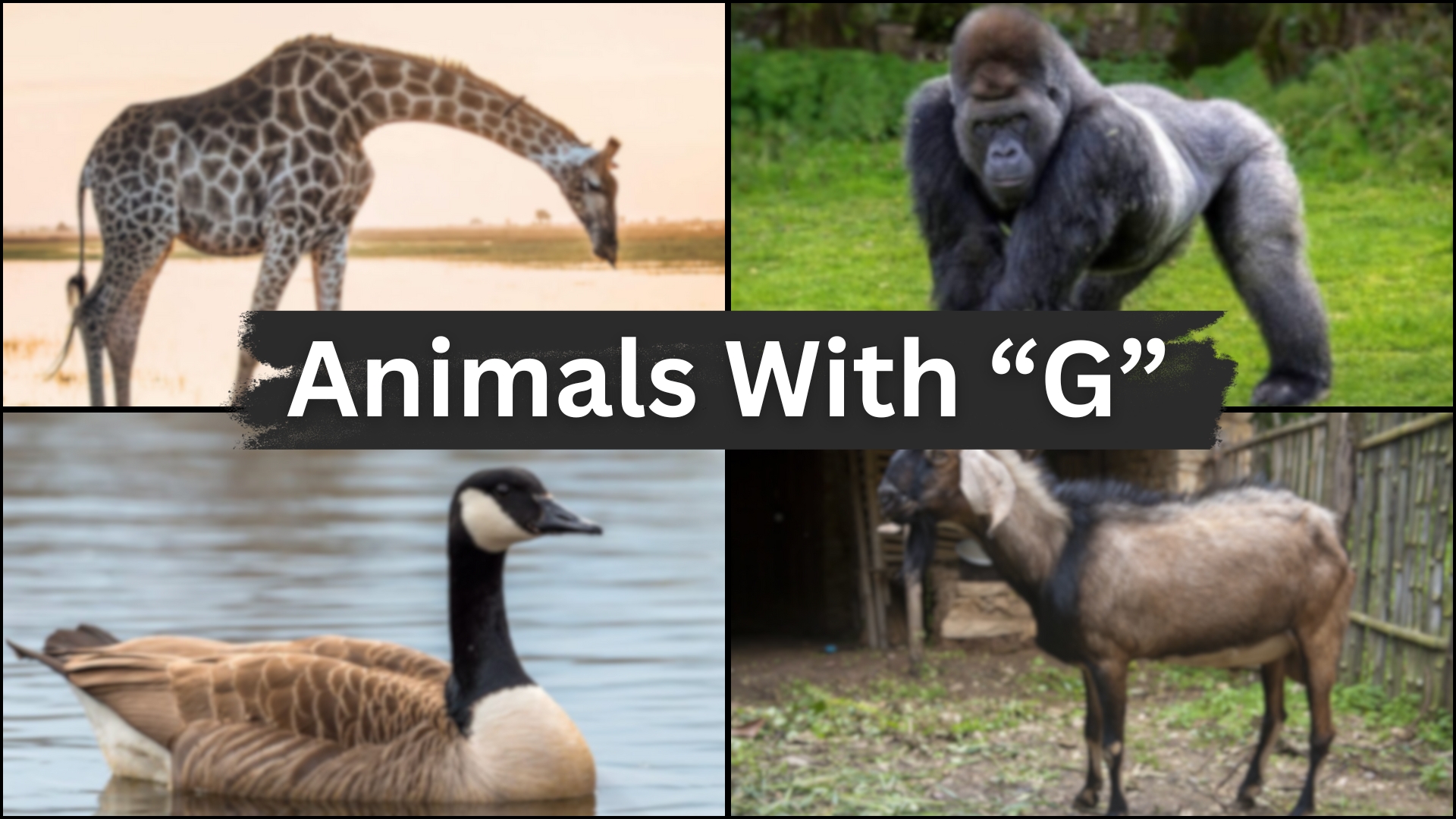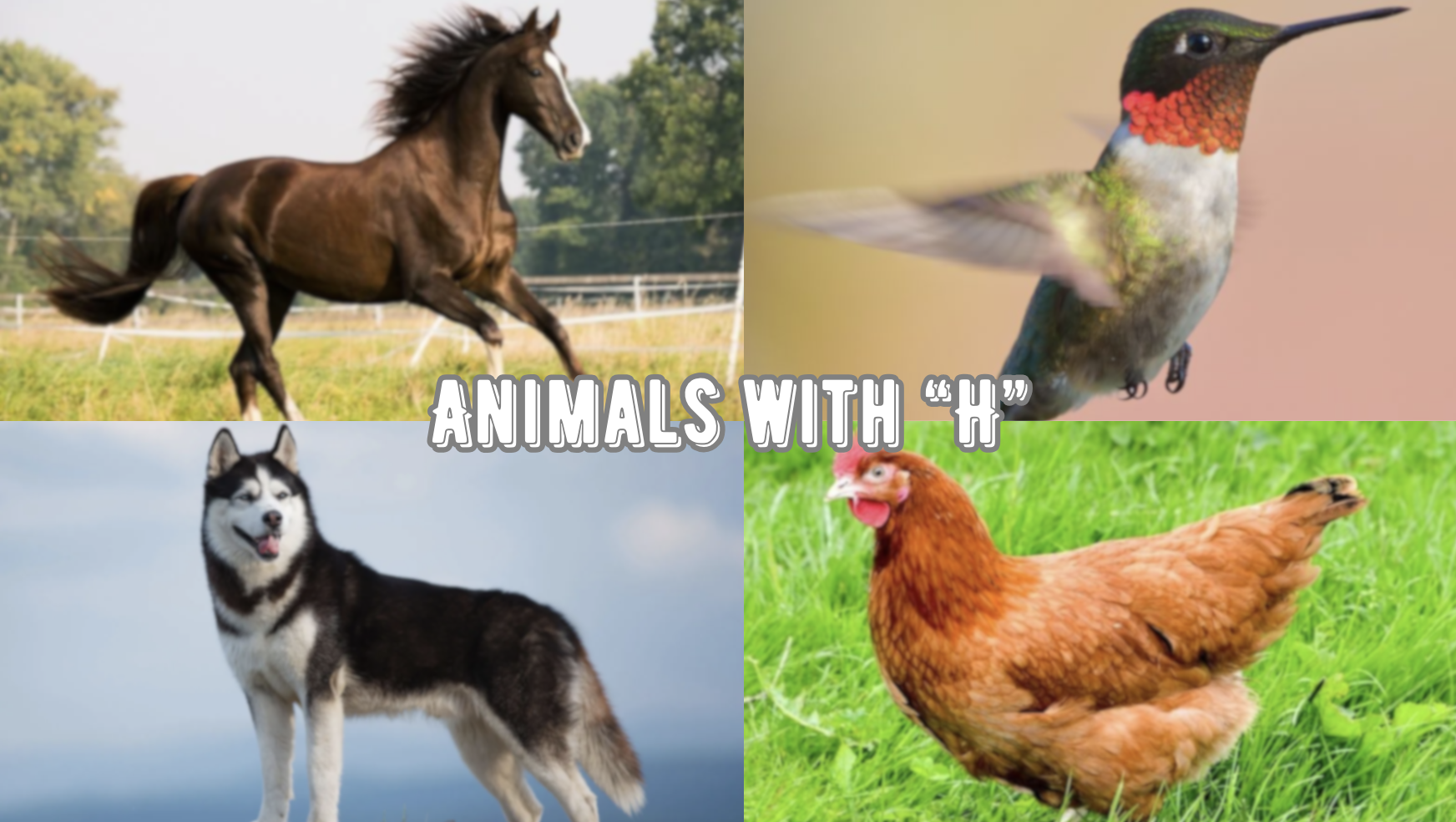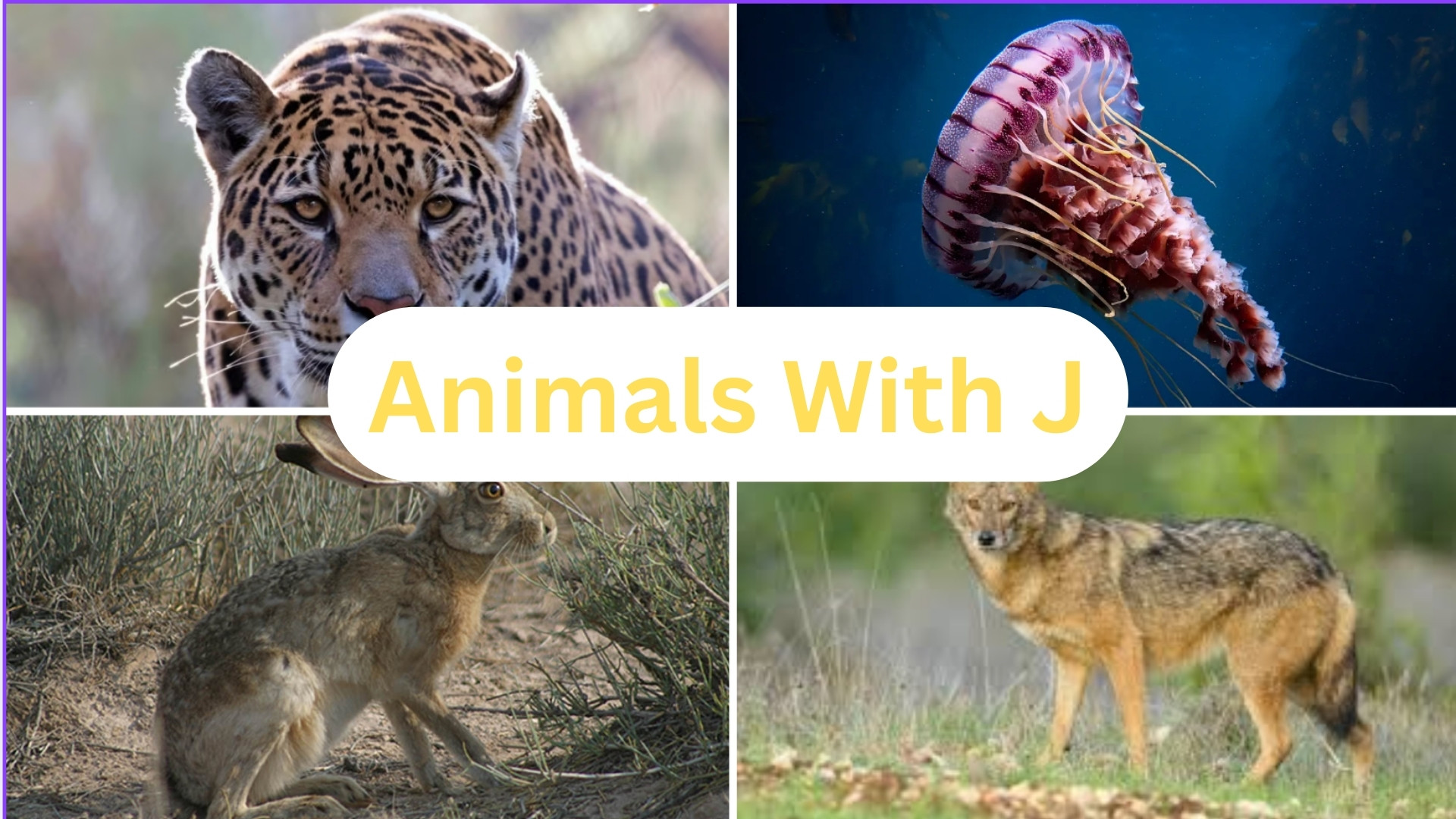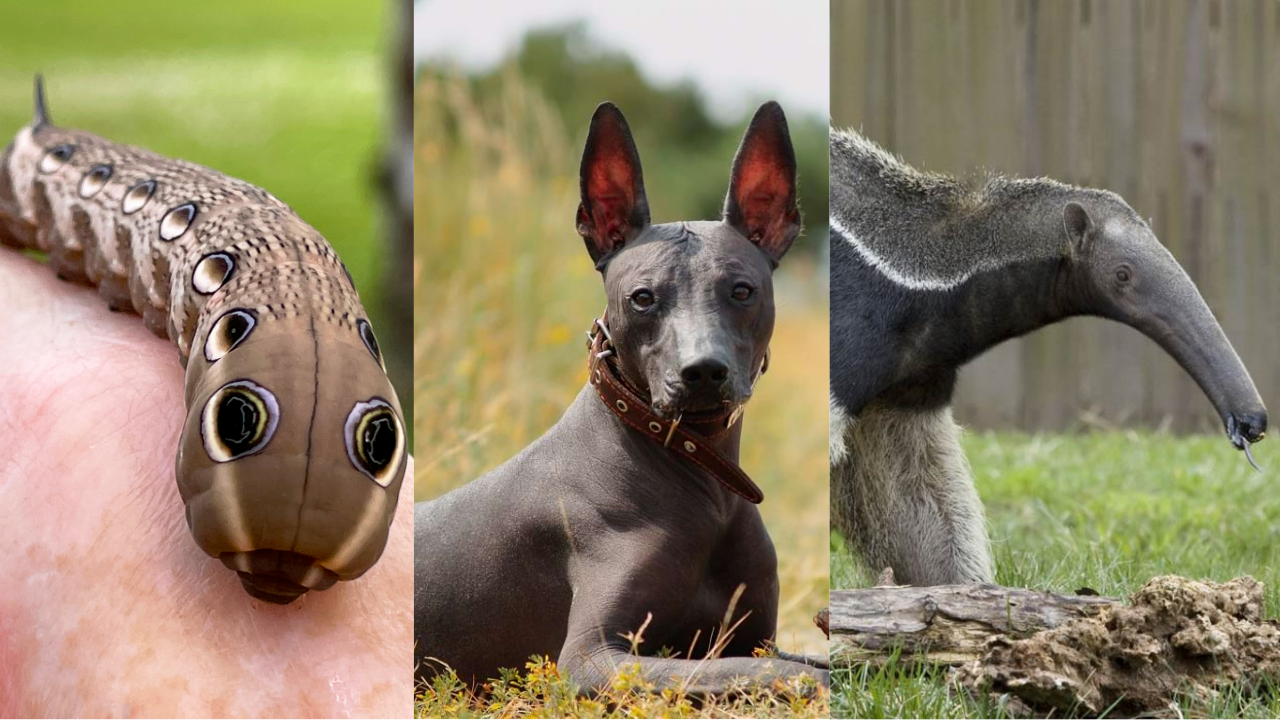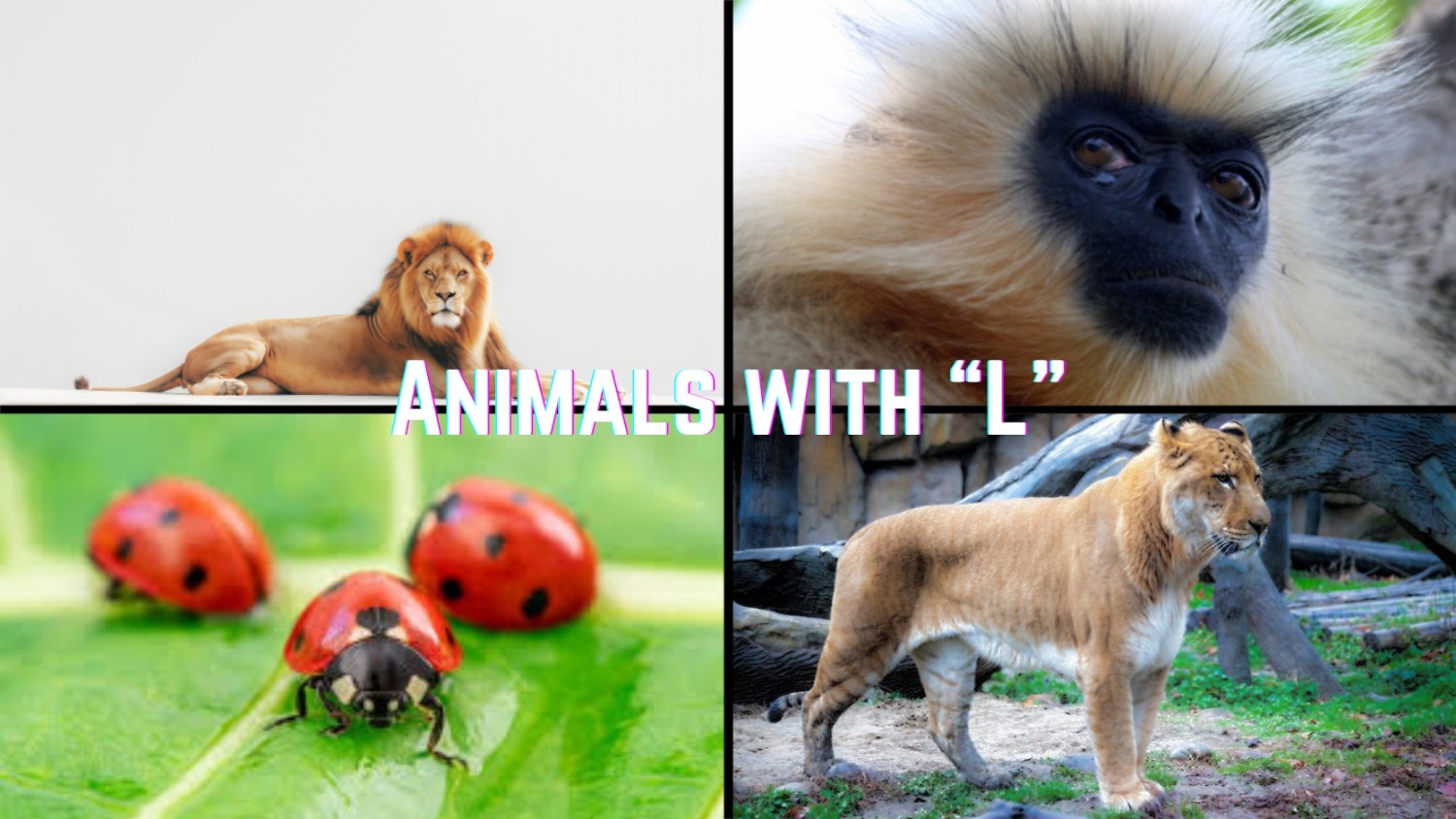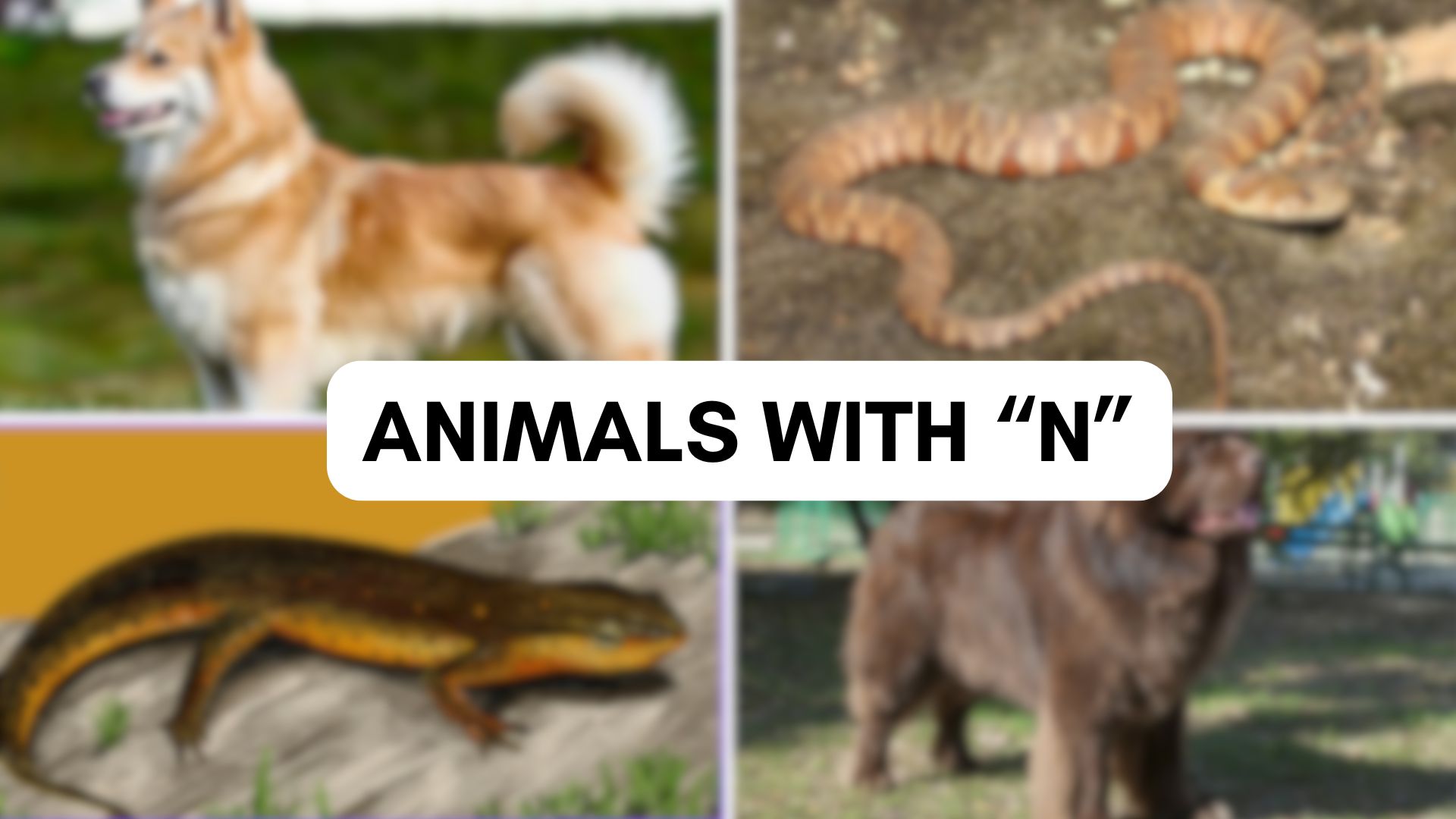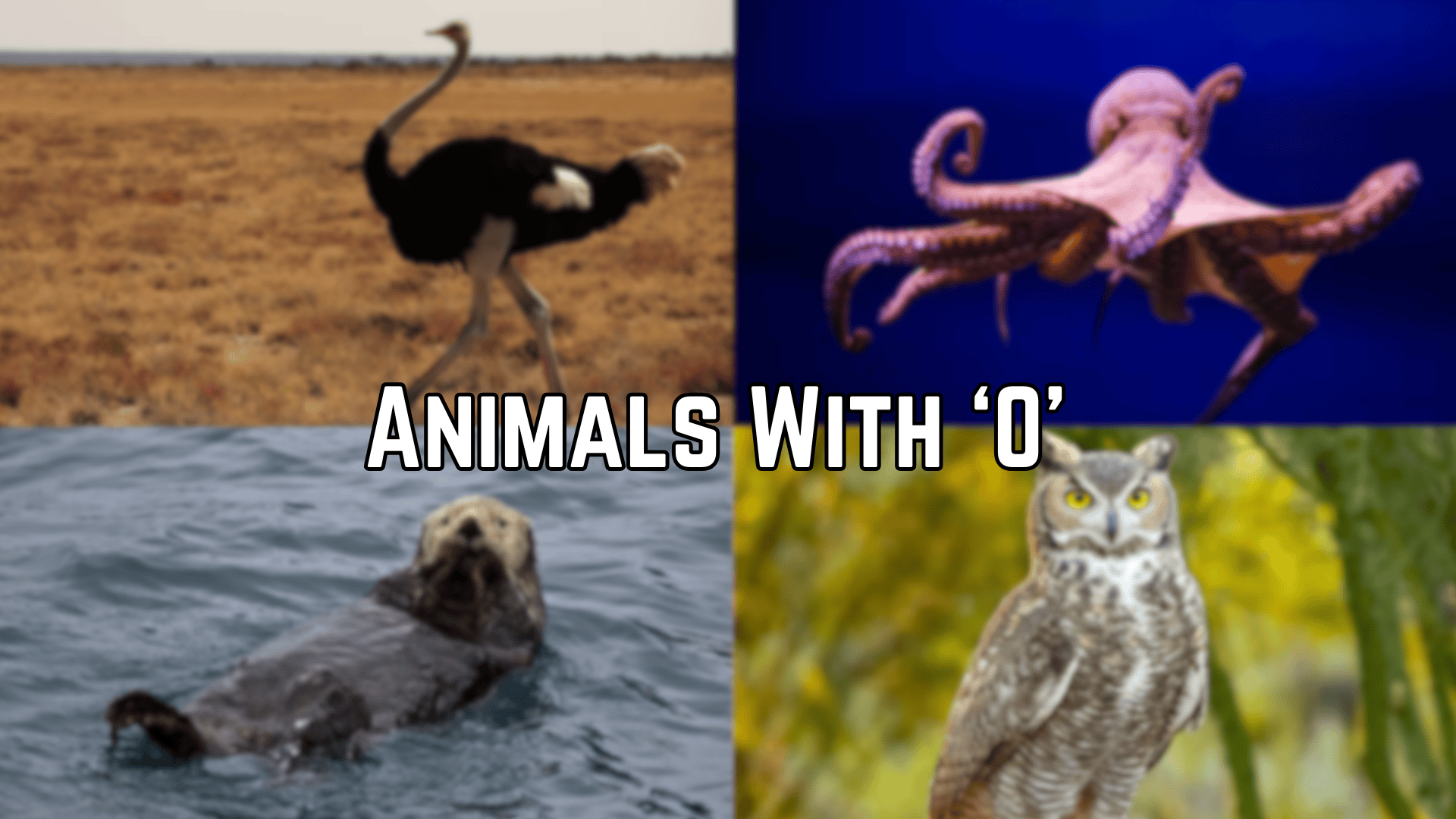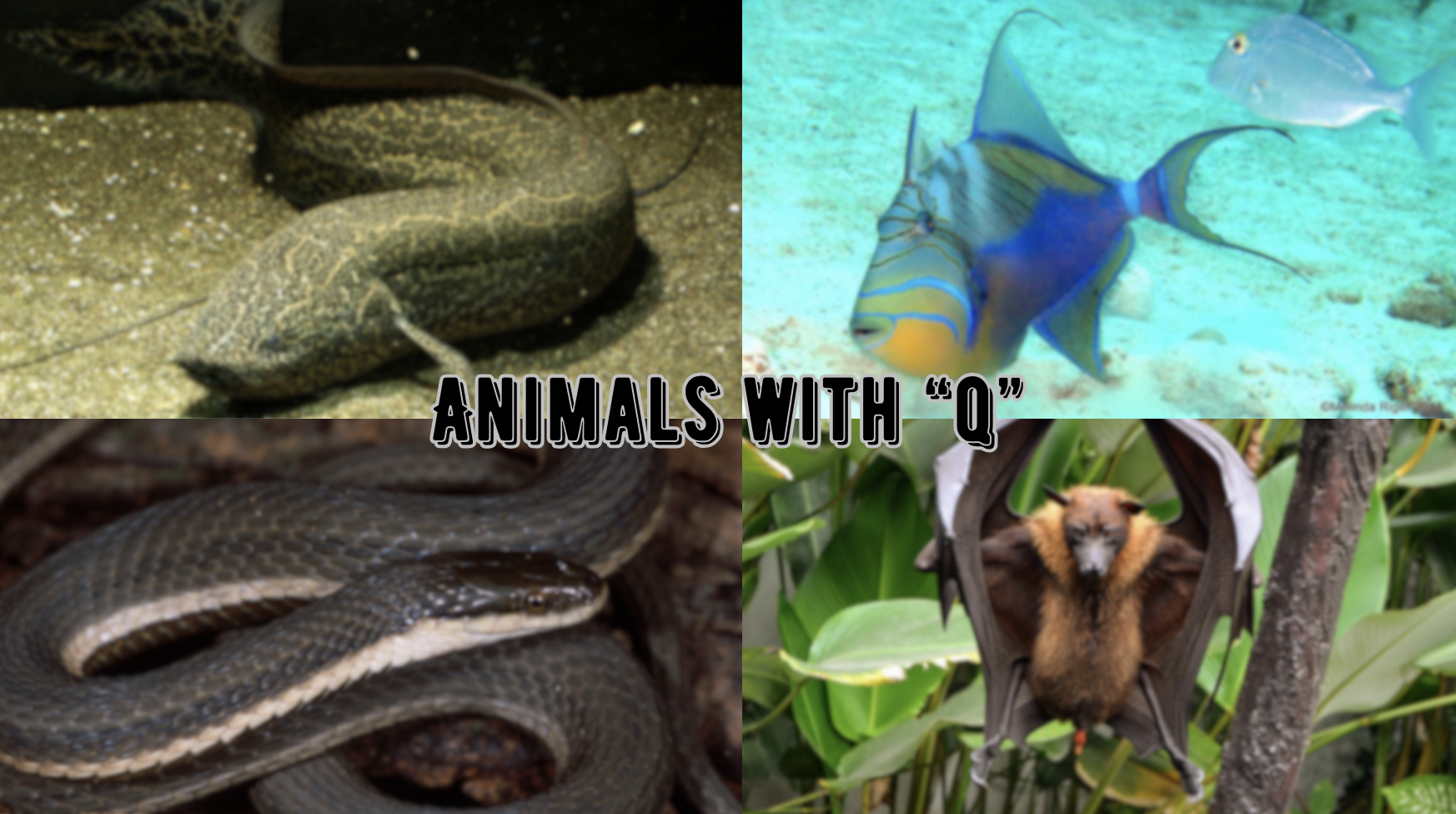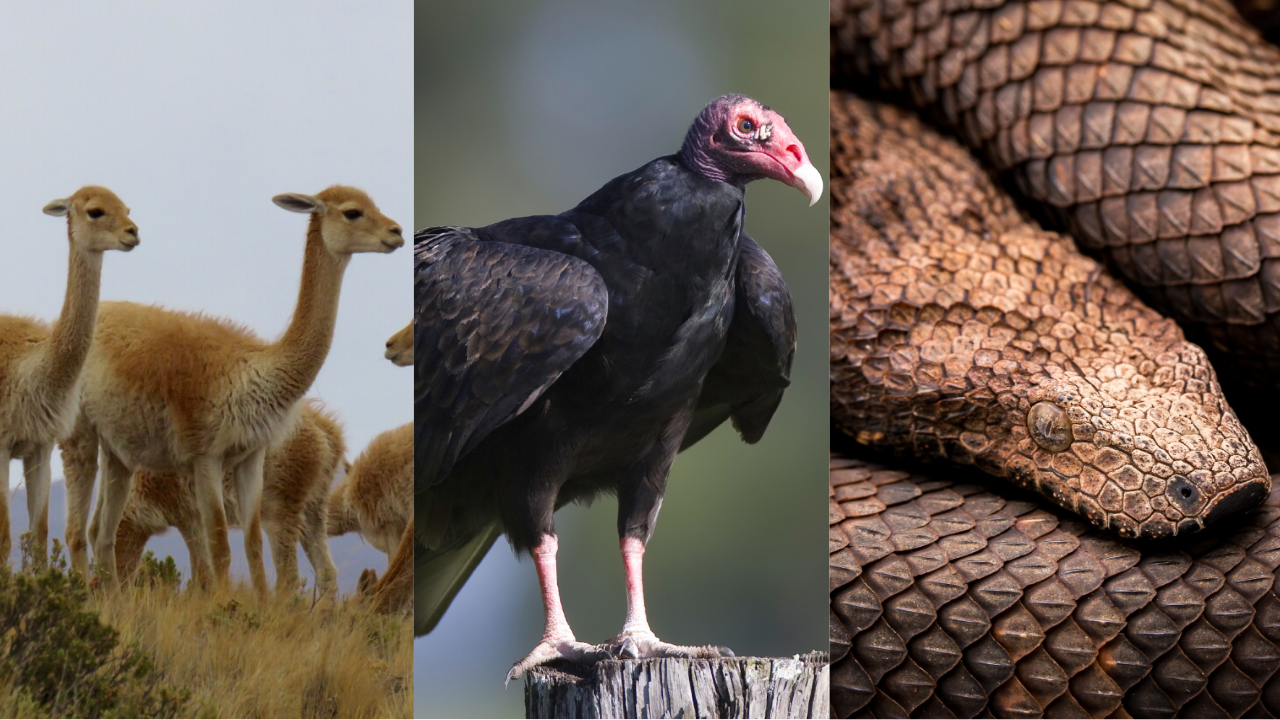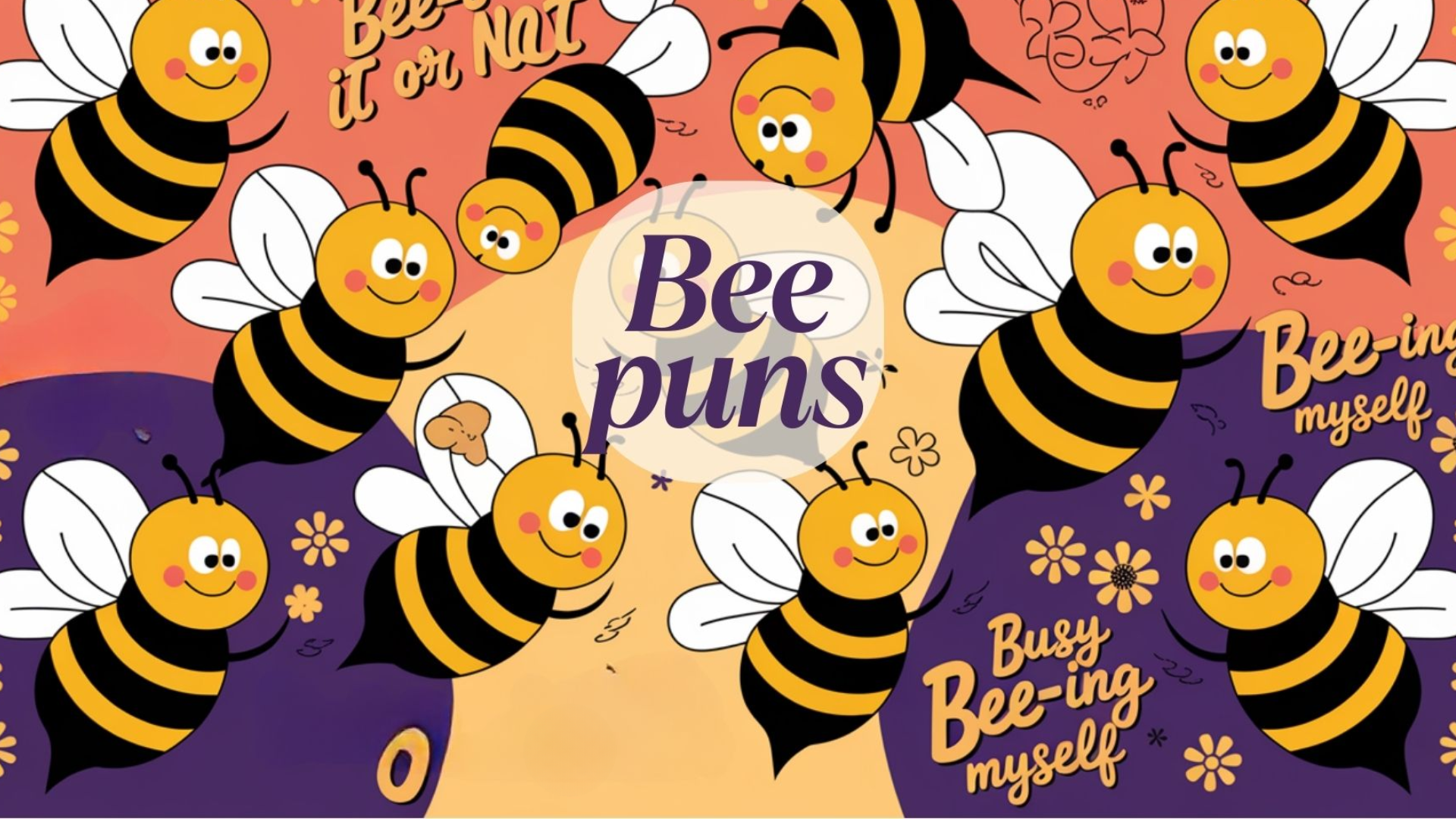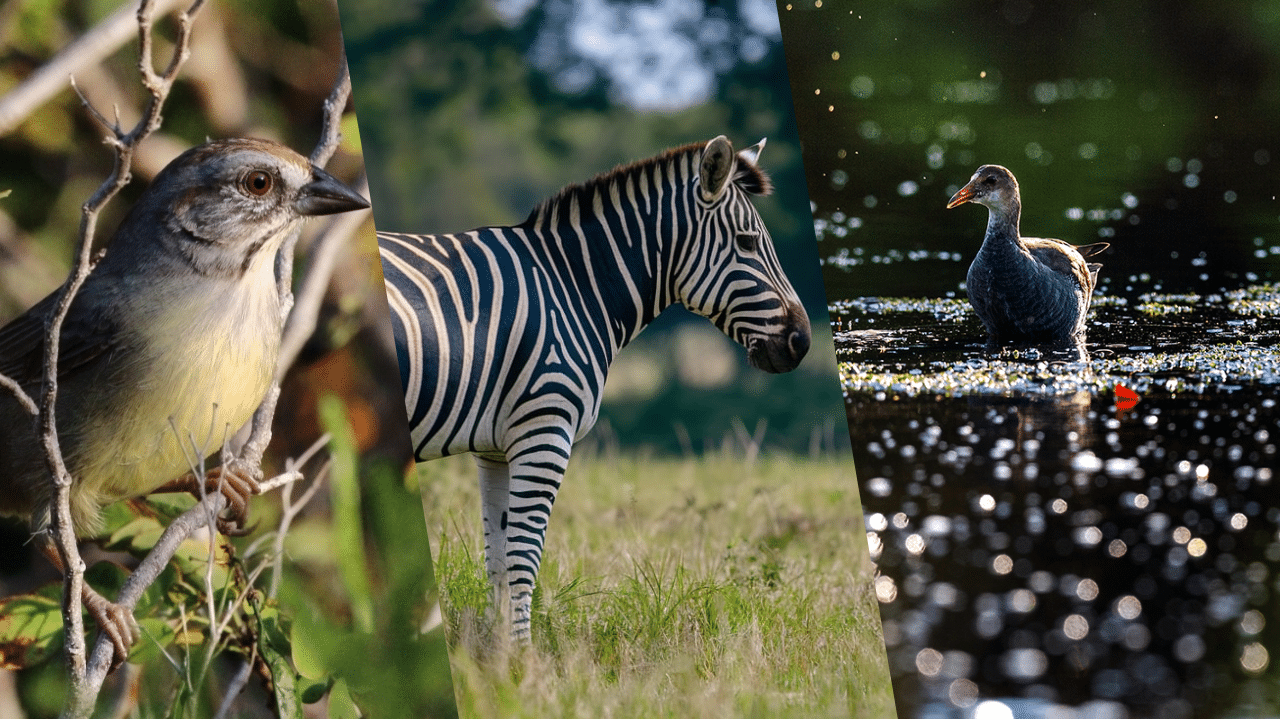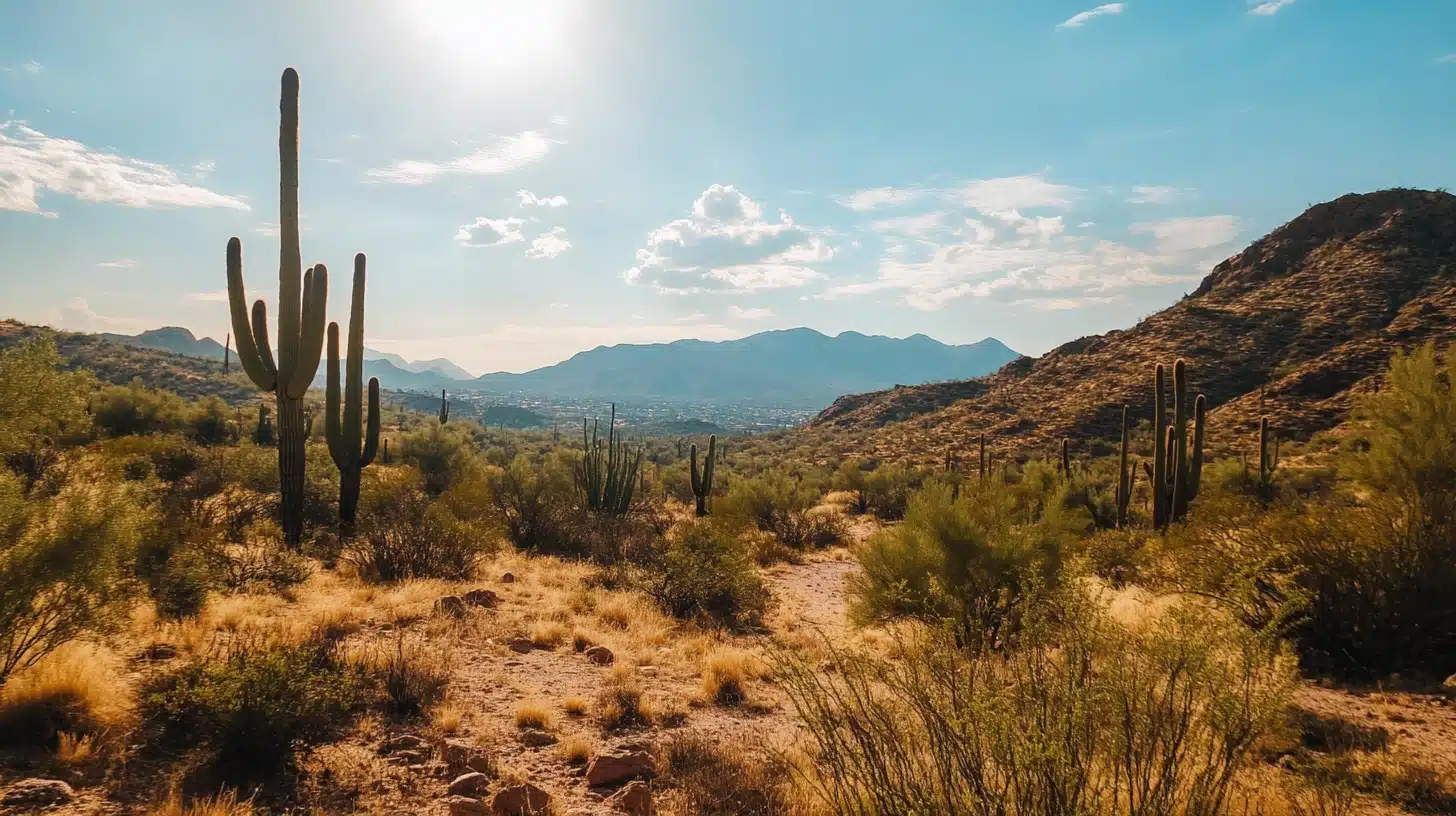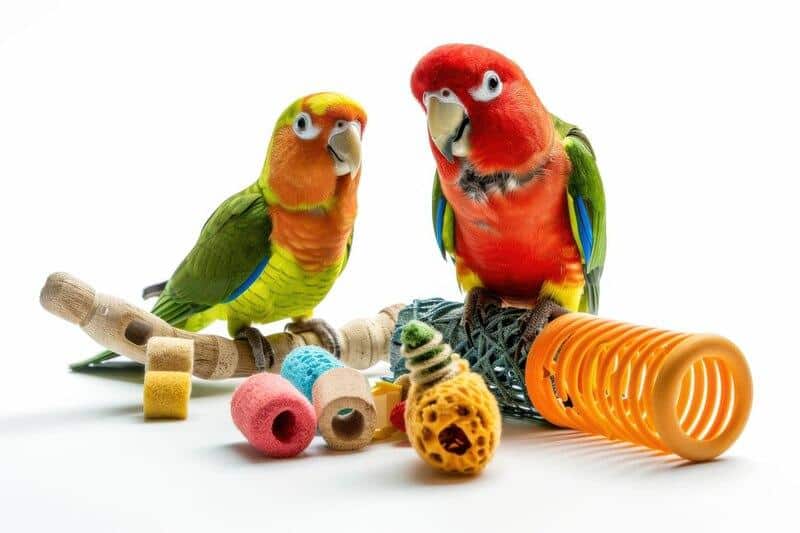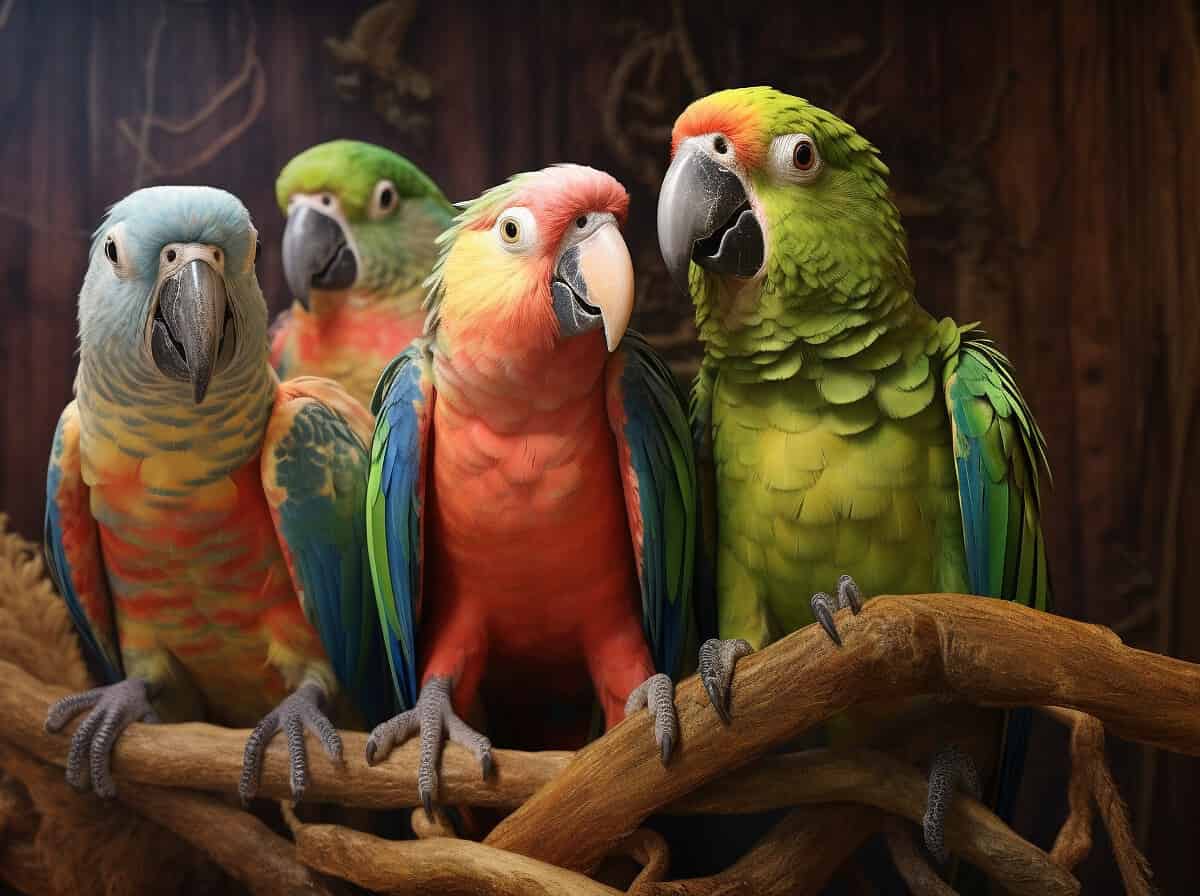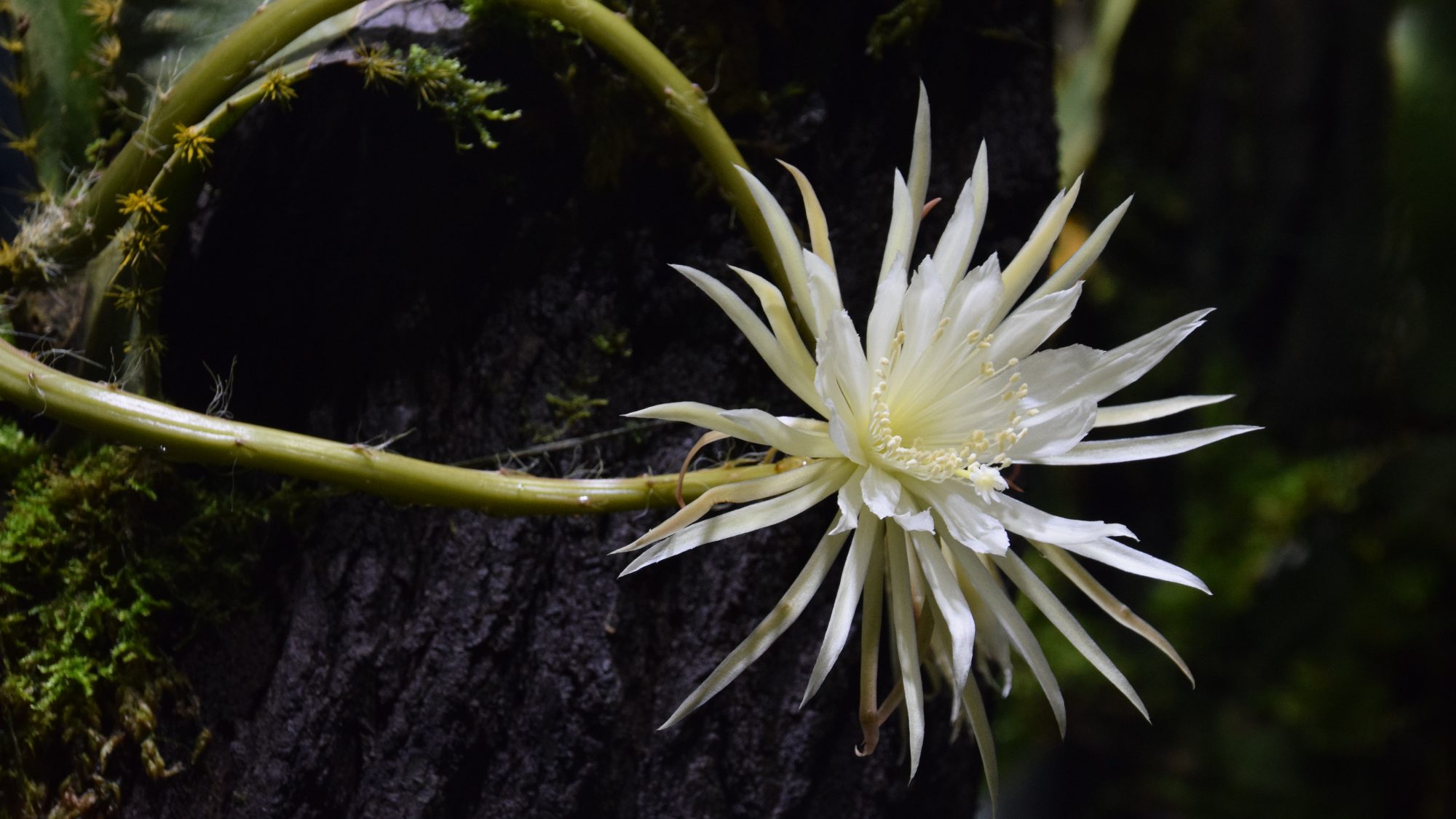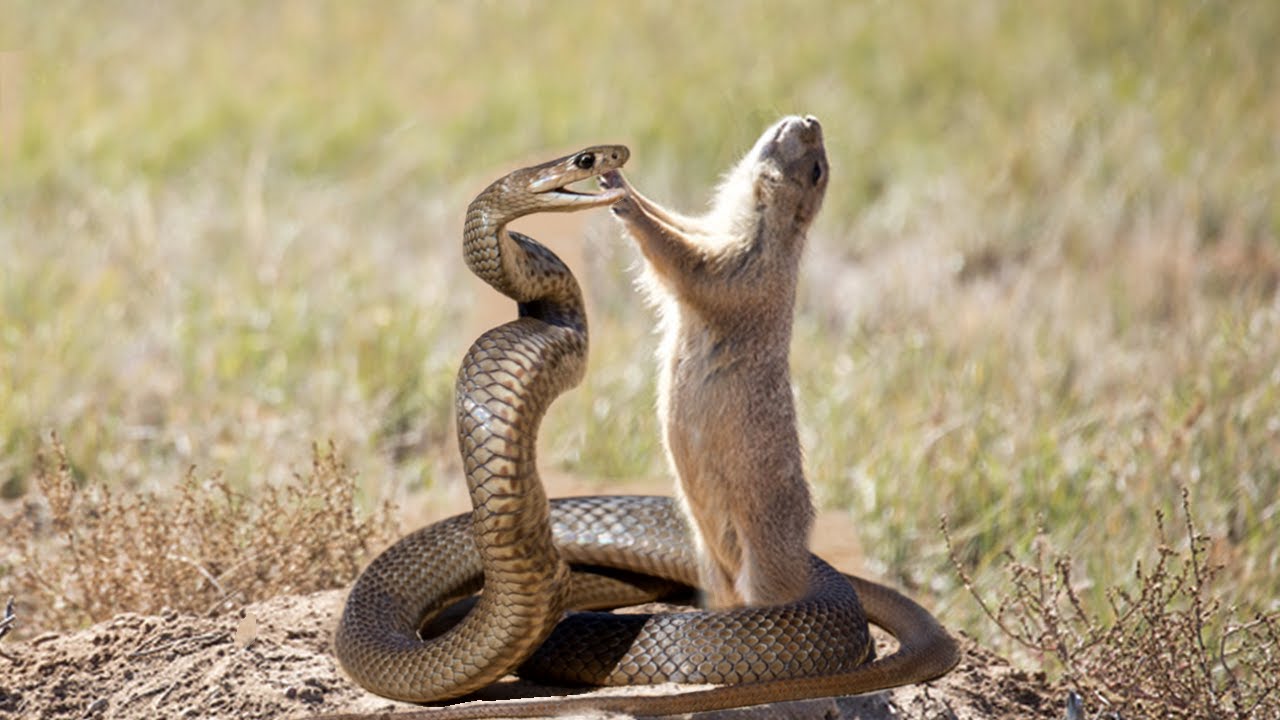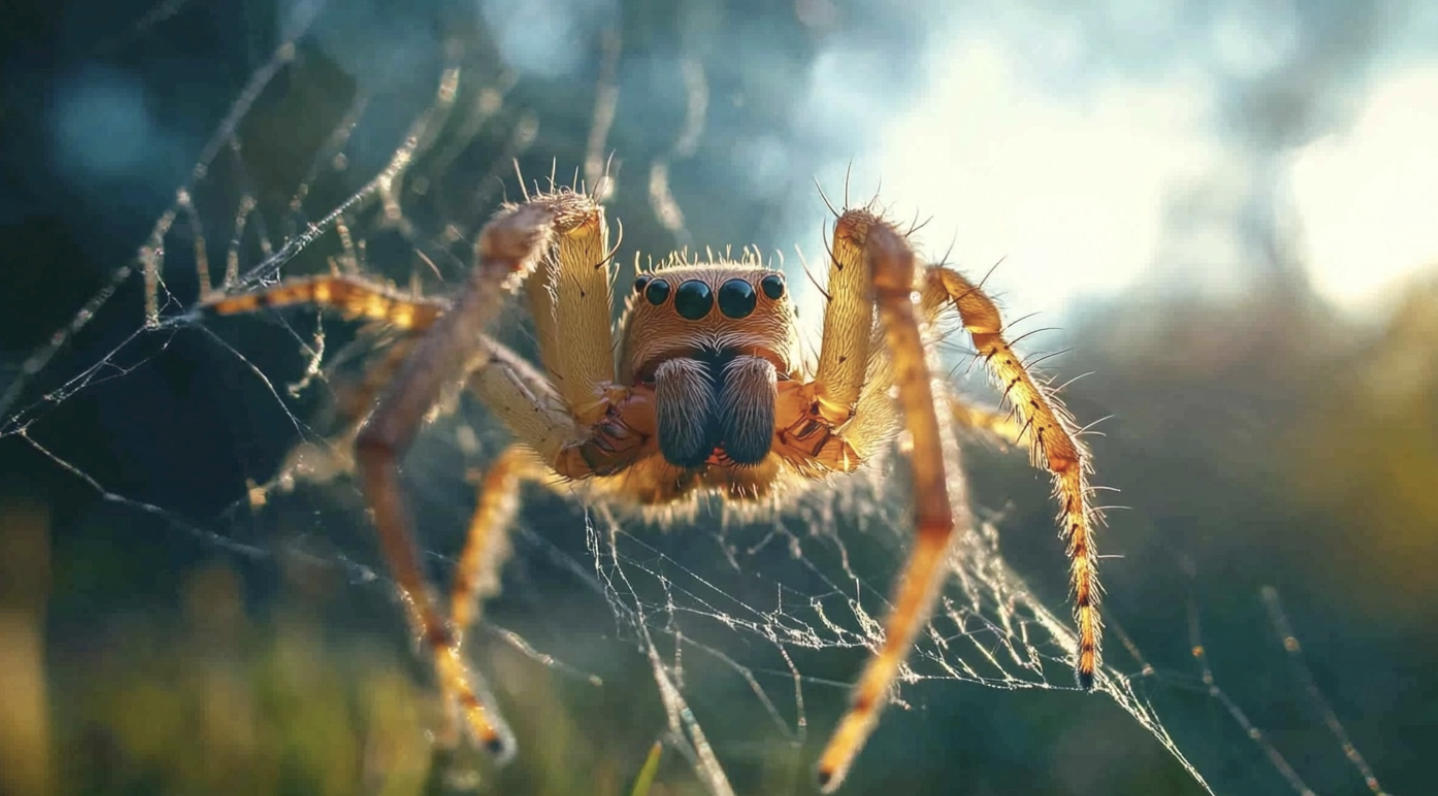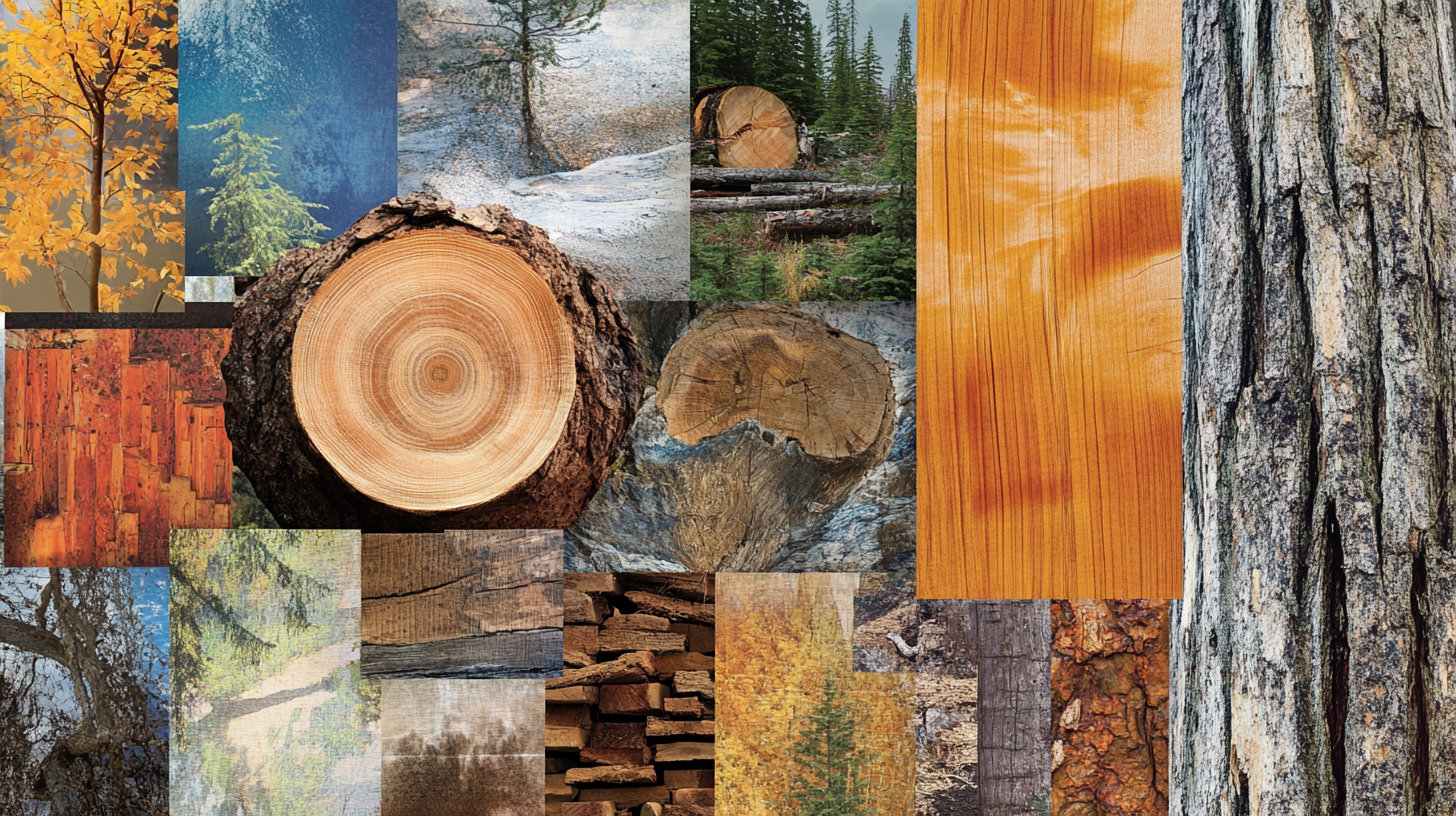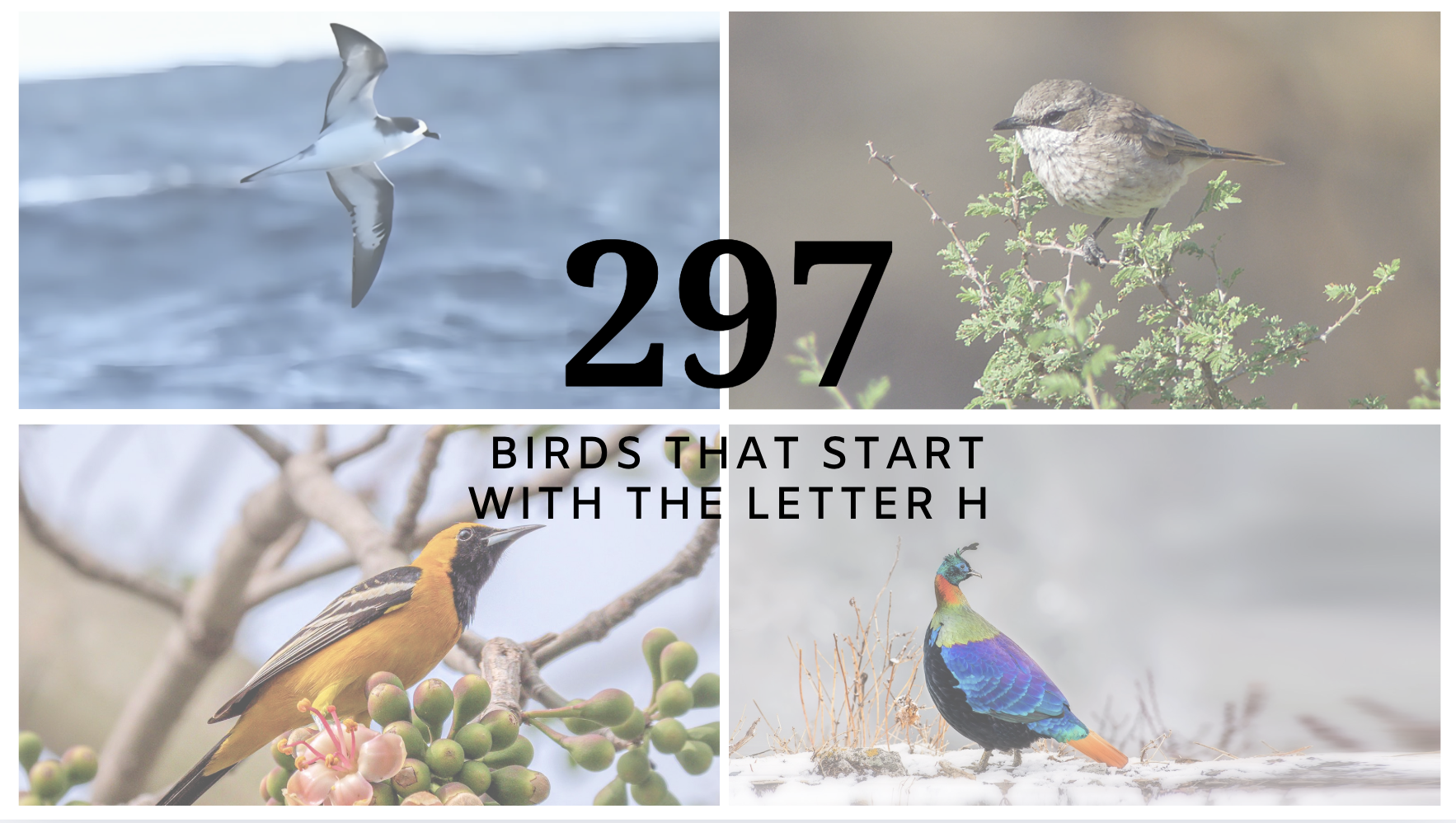
Birdwatching gets even more exciting when you focus on a theme—like spotting birds with H.
From the bold Hairy Woodpecker to the vibrant Himalayan Monal, this list brings together some of the most mesmerizing species whose names start with the letter H.
This resource introduces you to 20 remarkable birds with striking appearances, unique calls, and surprising behaviors.
Plus, we’ve added a massive bonus list of H-named birds from around the globe to expand your spotting experiences. Ready your binoculars—it’s time to take flight into the world of birds with H!
Stunning Birds with H to Spot in Your Area!
1. Hairy Woodpecker
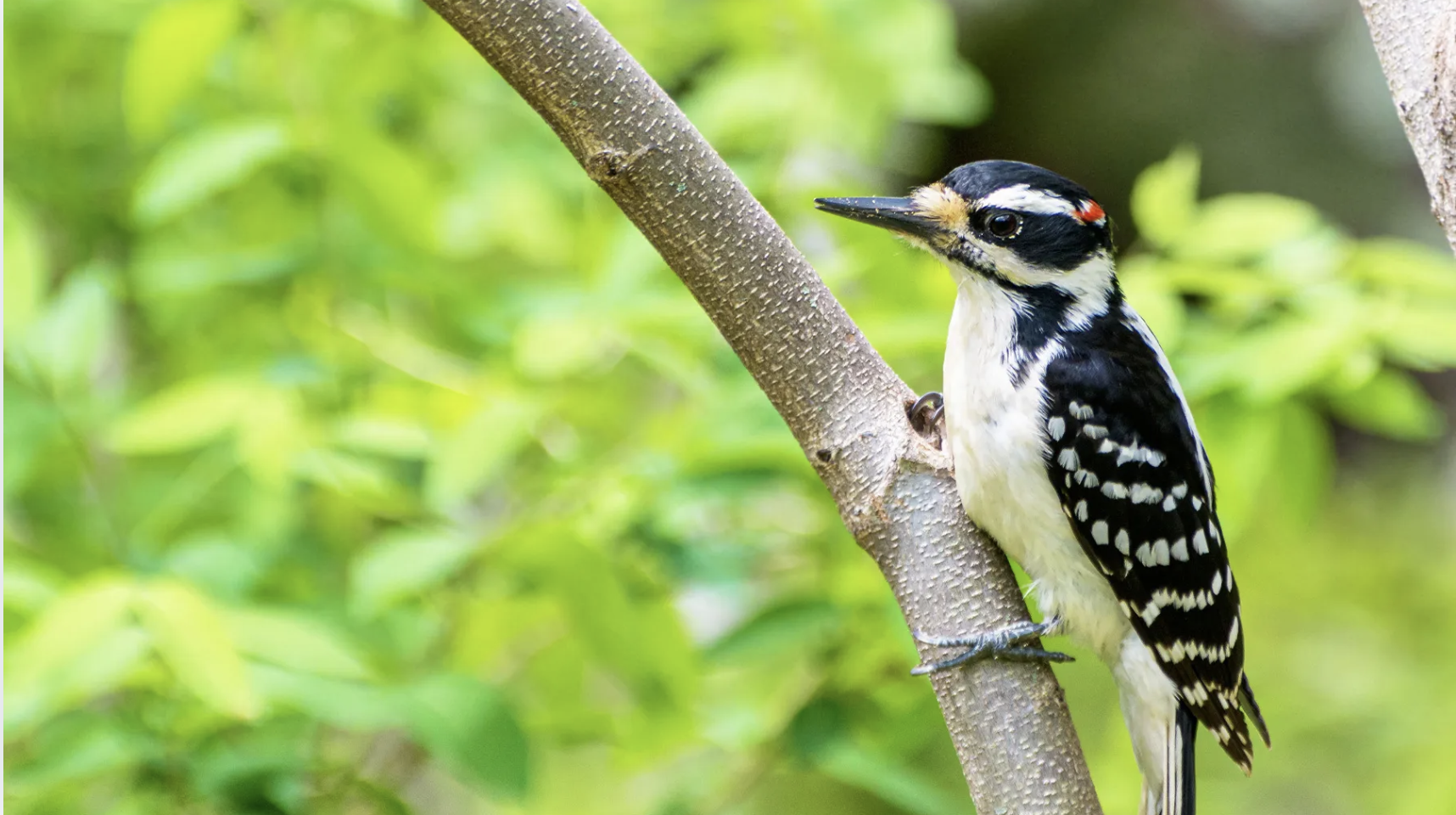
The Hairy Woodpecker is a medium-sized woodpecker, about 18–26 cm long, with bold black-and-white plumage and a long, chisel-like bill. Males have a small red patch on the back of the head.
-
Region of Habitat: Widespread across North America in forests, woodlands, parks, and suburban areas.
-
Scientific Name: Dryobates villosus
-
Feeding Habits: Feeds on insects, particularly beetle larvae found under tree bark, as well as seeds and berries.
-
What Sound They Make: Sharp “peek” calls and loud drumming on tree trunks.
Fun Facts
Hairy Woodpeckers often follow Pileated Woodpeckers to feed on insects exposed by the larger bird. Their tongue can extend nearly 4 cm past the beak for probing crevices.
2. Hamerkop
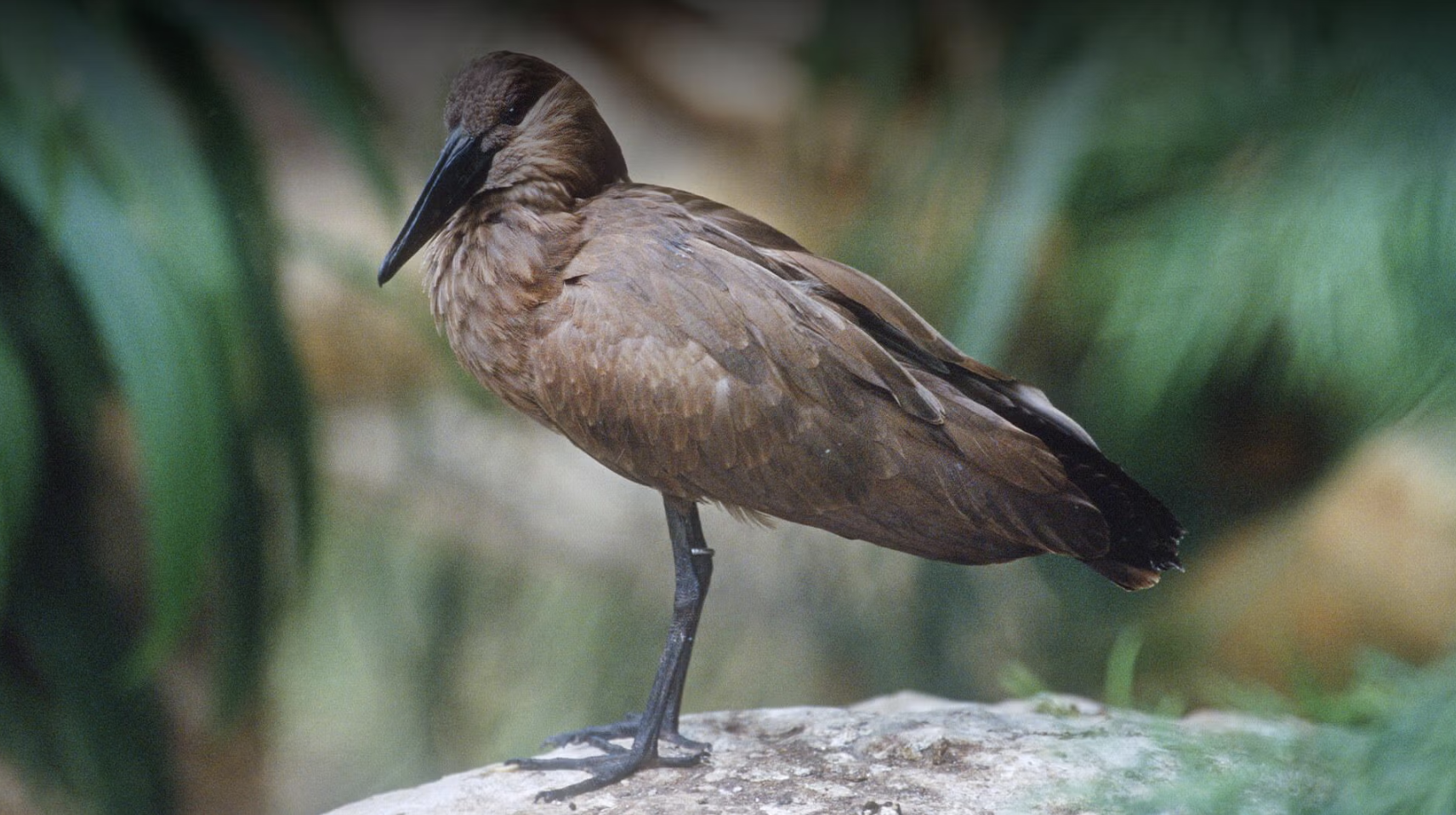
The Hamerkop is a medium-sized, brown bird about 56 cm long, with a hammer-shaped head and crest. Its slightly hooked bill adds to its distinctive silhouette.
-
Region of Habitat: Sub-Saharan Africa and Madagascar; found near freshwater wetlands, rivers, and ponds.
-
Scientific Name: Scopus umbretta
-
Feeding Habits: Feeds on amphibians, fish, insects, and crustaceans; often wades in shallow waters.
-
What Sound They Make: Makes cackling and croaking calls, often during flight or social interaction.
Fun Facts
Builds enormous nests—up to 2 meters wide—sometimes used by other animals and revered in African folklore as a mystical bird of omens.
3. House Sparrow
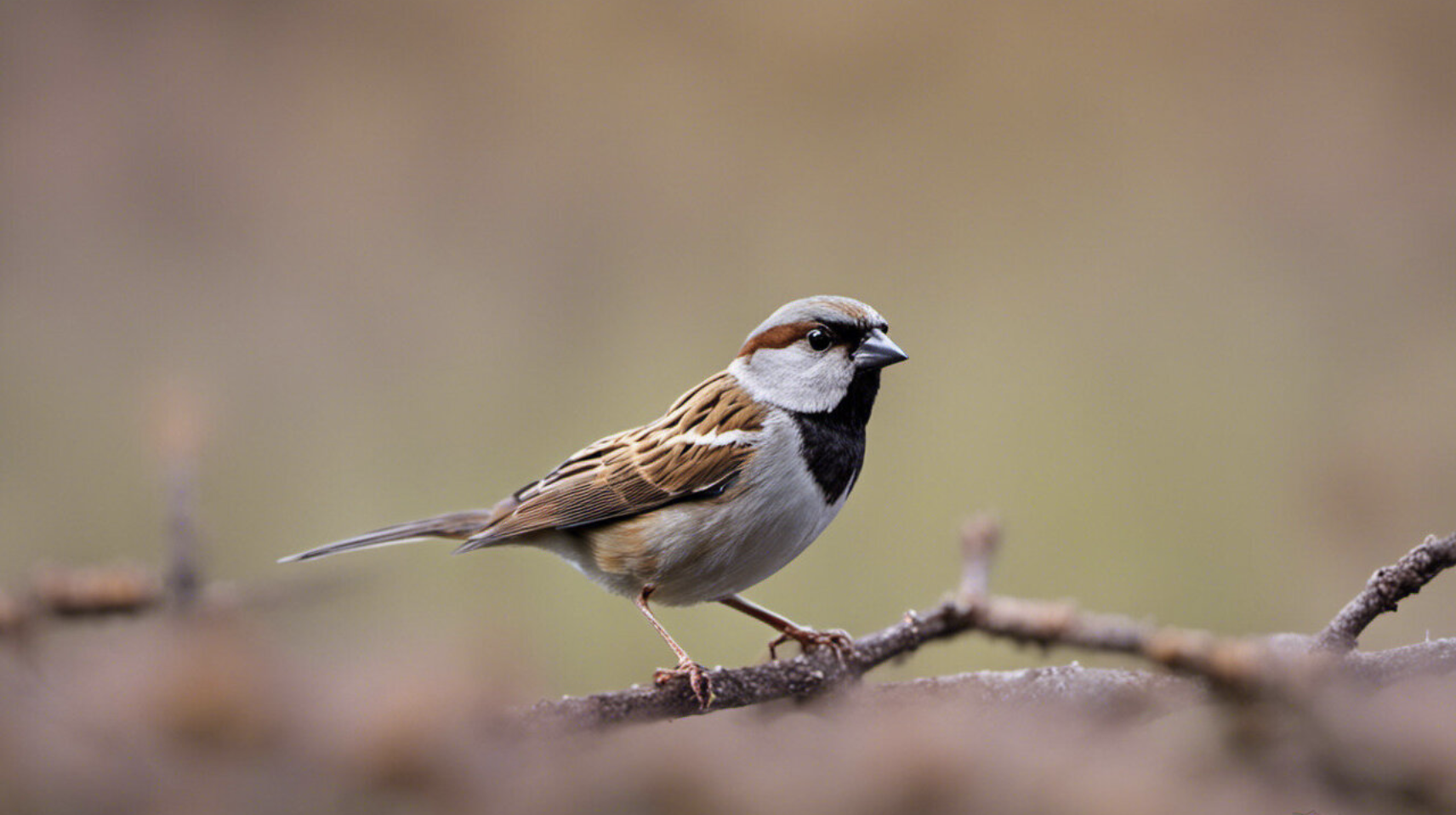
A small, chunky bird about 16 cm long, the House Sparrow has brown and gray feathers with a distinctive black bib in males.
-
Region of Habitat: Native to Europe and Asia, now widespread globally in urban and rural areas.
-
Scientific Name: Passer domesticus
-
Feeding Habits: Omnivorous; eats grains, seeds, insects, and human food scraps.
-
What Sound They Make: Constant “chirp” and “cheep” calls in social flocks.
Fun Facts
One of the most widely distributed bird species on Earth. Known to ride on public transport in large cities like Delhi and London.
4. House Finch
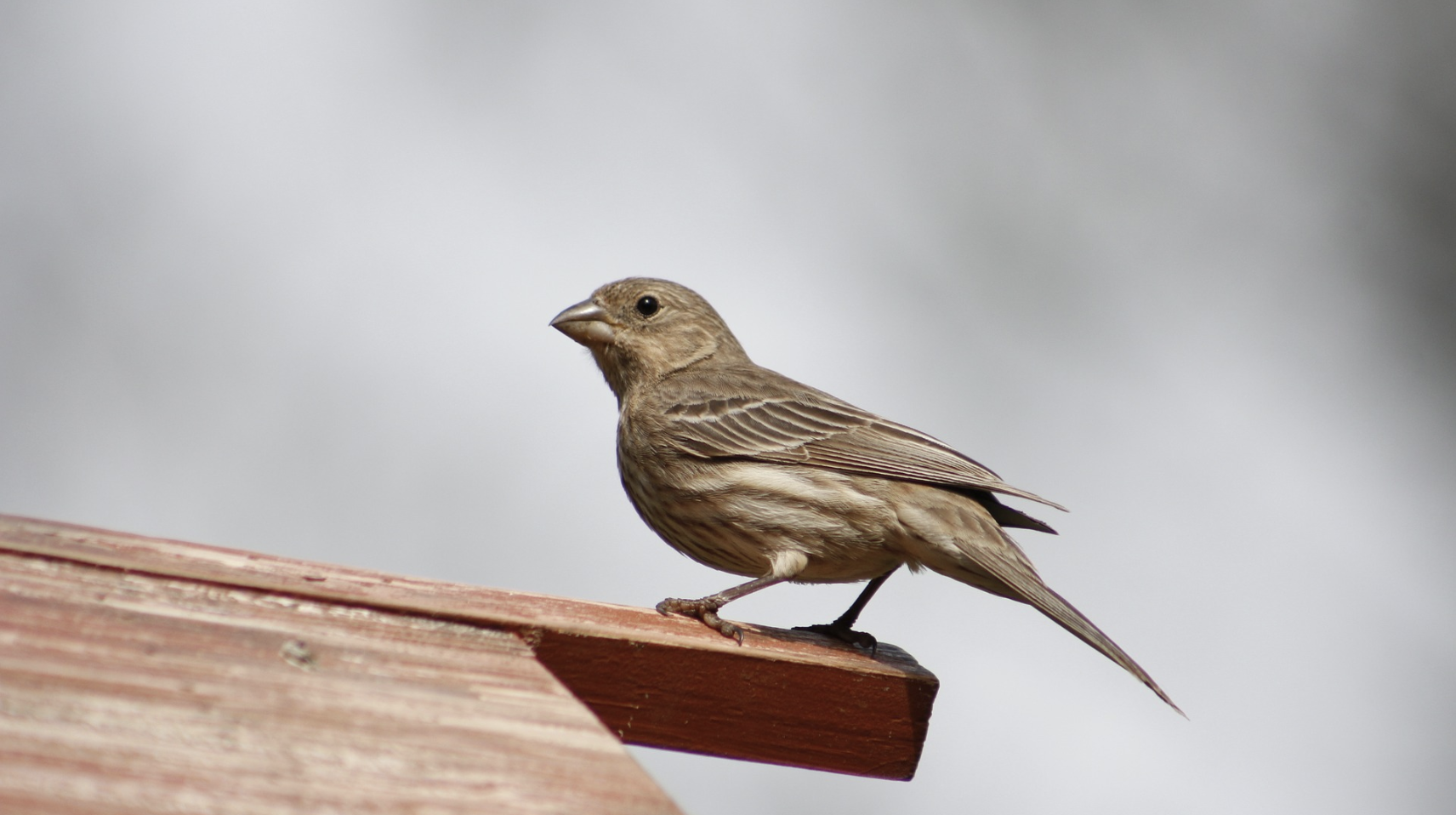
This small finch has a conical bill and streaky brown plumage; males have red on their head and chest. It measures about 13–14 cm in length.
-
Region of Habitat: Native to western North America, now found coast to coast in urban and suburban areas.
-
Scientific Name: Haemorhous mexicanus
-
Feeding Habits: Eats seeds, fruit, and buds; visits backyard feeders frequently.
-
What Sound They Make: Cheerful warbled song with sharp “cheep” notes.
Fun Facts
Originally sold as a pet bird called the “Hollywood Finch” before establishing wild populations in the East. Males’ redness depends on the pigments in their diet.
5. Hooded Merganser
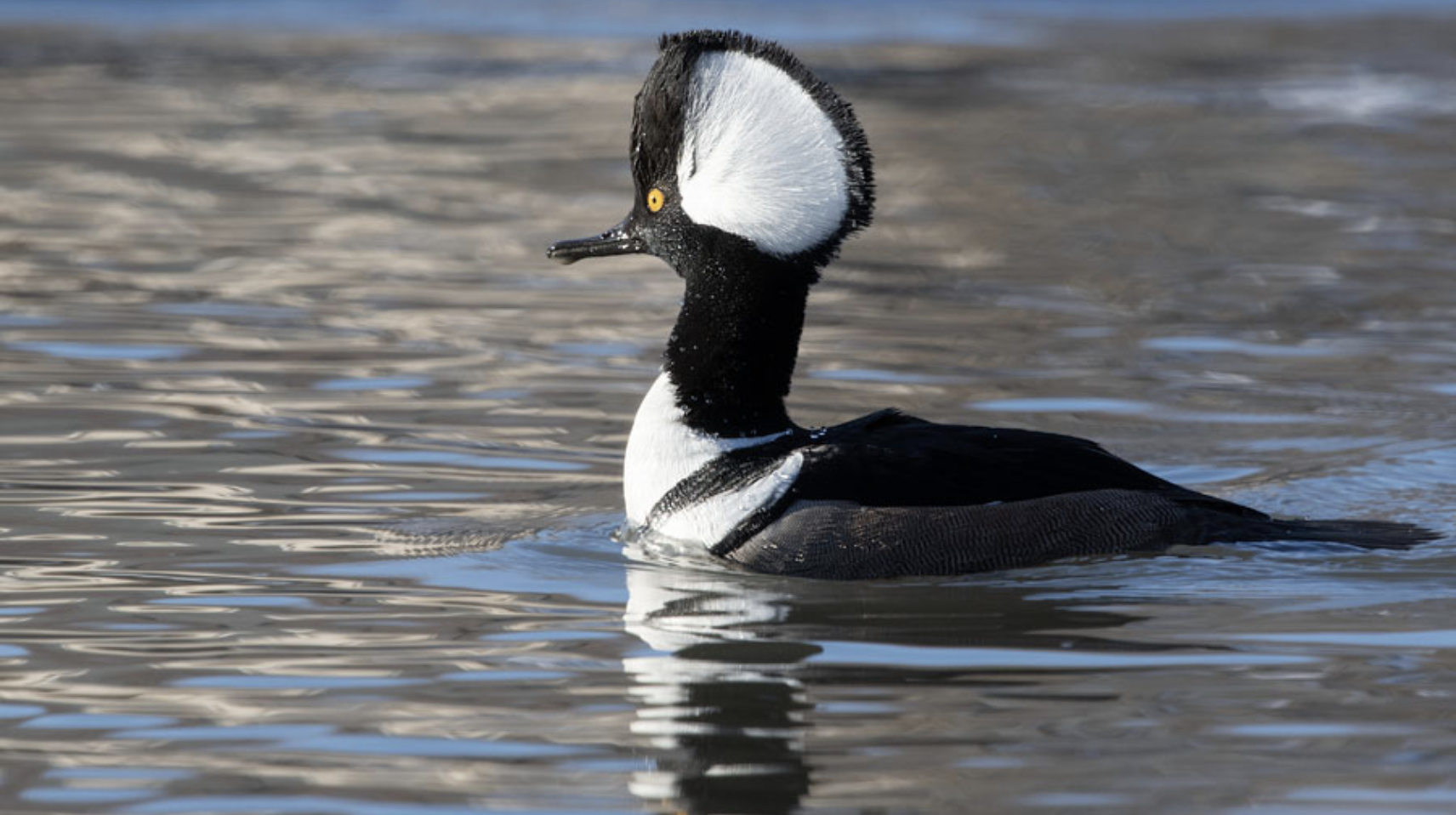
This small diving duck has a striking black-and-white fan-shaped crest in males and rich brown tones in females. It is about 40–49 cm long.
-
Region of Habitat: North America; prefers wooded wetlands, rivers, and lakes.
-
Scientific Name: Lophodytes cucullatus
-
Feeding Habits: Dives to catch small fish, aquatic insects, and crustaceans.
-
What Sound They Make: Males produce a frog-like “croo-croo” call; females give a hoarse “gack.”
Fun Facts
Their eyes change from gray to yellow as they mature. Thanks to a third eyelid that acts like goggles, they can see underwater.
6. Hooded Crow
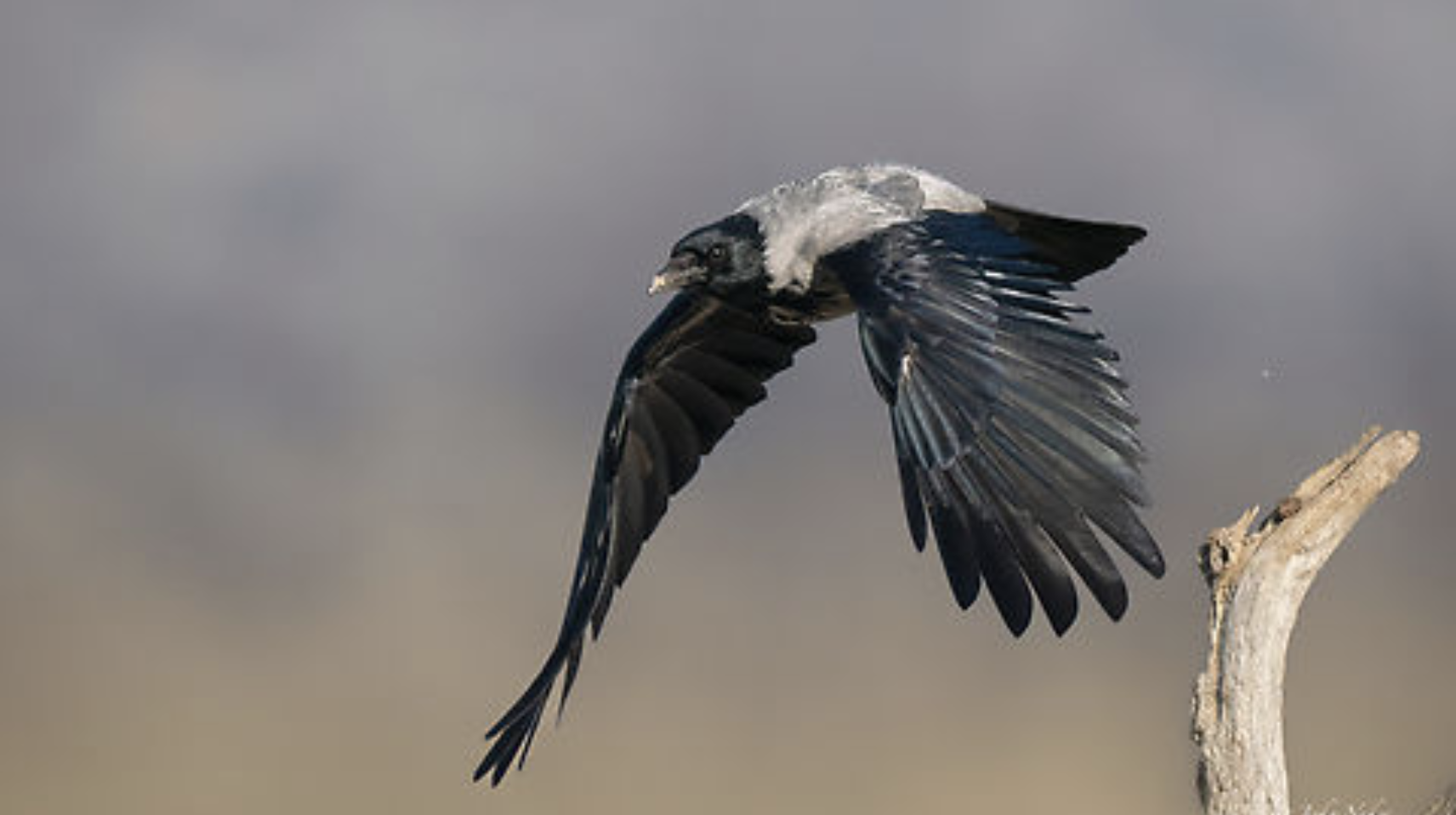
A medium-sized crow with an ash-grey body and black head, wings, and tail. It measures about 45–47 cm in length.
-
Region of Habitat: Northern and Eastern Europe, the Middle East, and parts of Central Asia.
-
Scientific Name: Corvus cornix
-
Feeding Habits: Omnivorous; feeds on carrion, insects, small animals, grains, and garbage.
-
What Sound They Make: Deep, hoarse “kraah” calls, often in pairs or small groups.
Fun Facts
Known to drop hard-shelled prey onto roads to crack them open. Sometimes hybridizes with Carrion Crows in overlapping ranges.
7. Hawk, Red-tailed
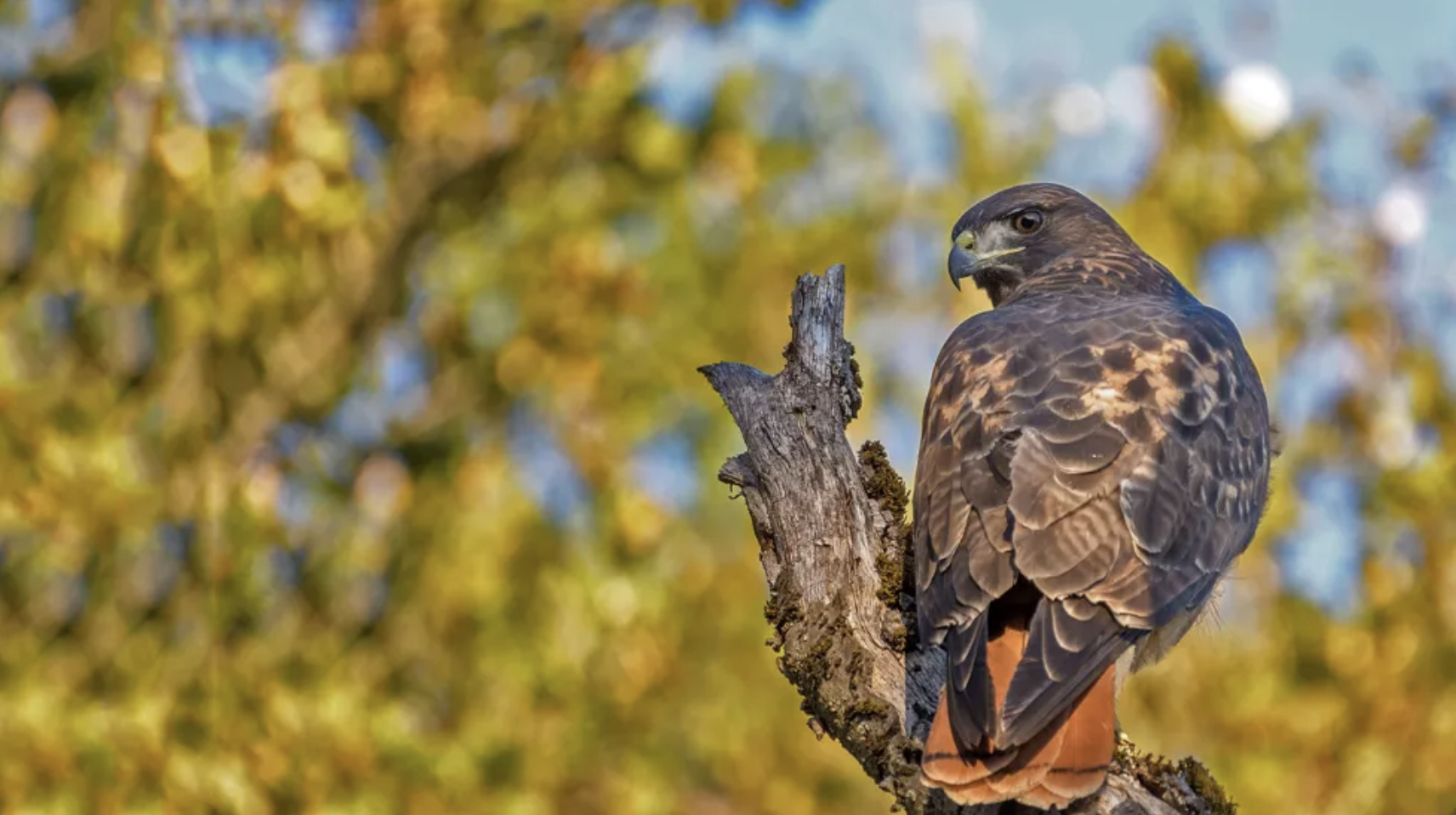
A large raptor about 45–60 cm long with a broad, rounded tail that’s brick-red above. It’s one of the most common hawks in North America.
-
Region of Habitat: Across North America in open fields, deserts, forests, and city outskirts.
-
Scientific Name: Buteo jamaicensis
-
Feeding Habits: Preys on rodents, reptiles, and birds; often seen perched on poles or soaring overhead.
-
What Sound They Make: A loud, raspy “kee-eeee-arr” cry, often used in movies for any raptor.
Fun Facts
Frequently seen circling in thermals, scanning for prey. Has exceptional vision—eight times sharper than humans.
8. Harris’s Hawk
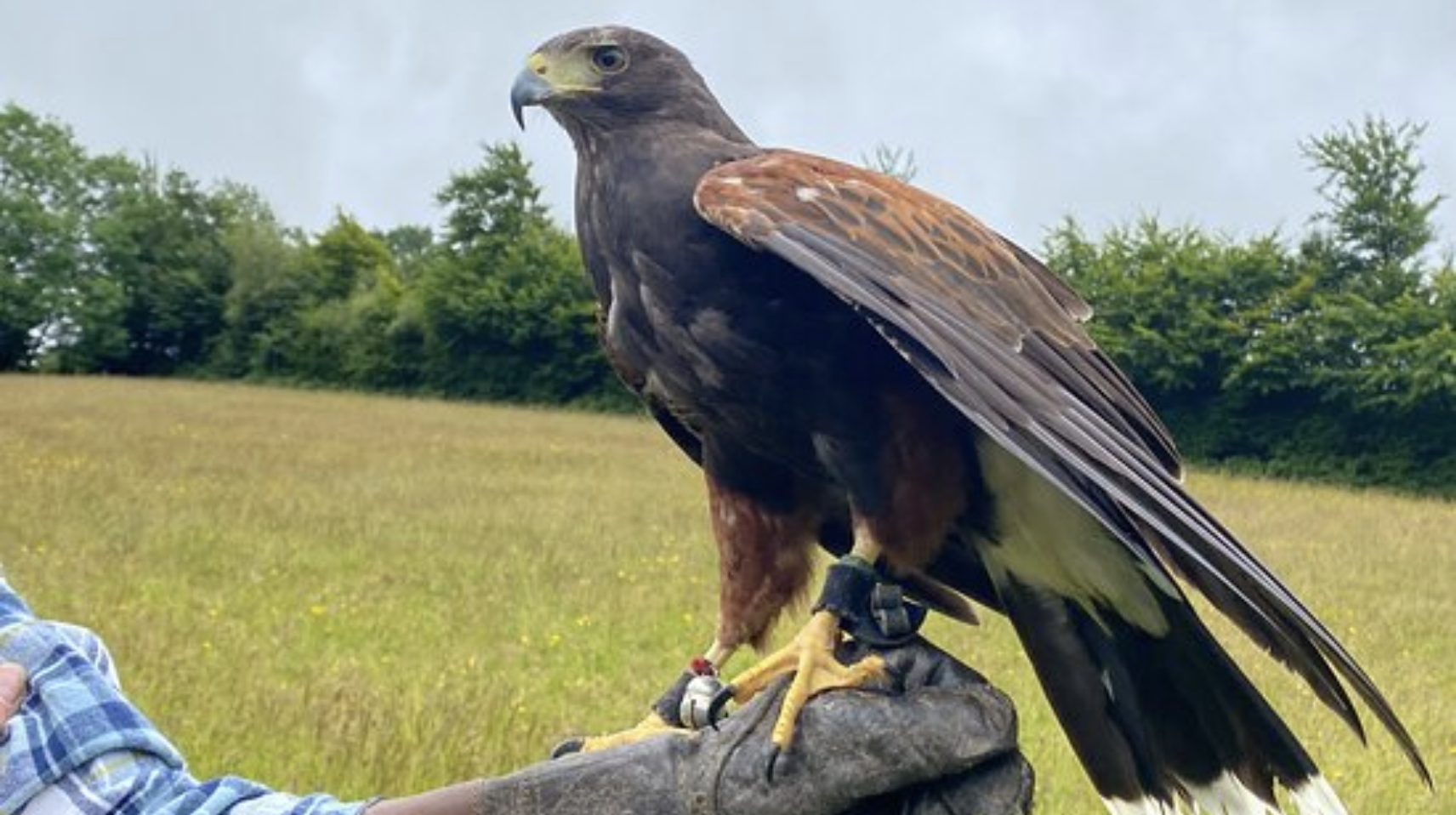
This medium-to-large hawk has dark brown plumage with chestnut shoulders and white tail tips. It grows to about 46–76 cm long.
-
Region of Habitat: Southwestern U.S. through Central and South America; deserts, scrublands, and savannas.
-
Scientific Name: Parabuteo unicinctus
-
Feeding Habits: Hunts in cooperative groups to catch small mammals, reptiles, and birds.
-
What Sound They Make: Harsh squeals and descending whines.
Fun Facts
One of the few raptors that hunts in packs, the hawk is popular in falconry due to its trainability and social nature.
9. Hoatzin
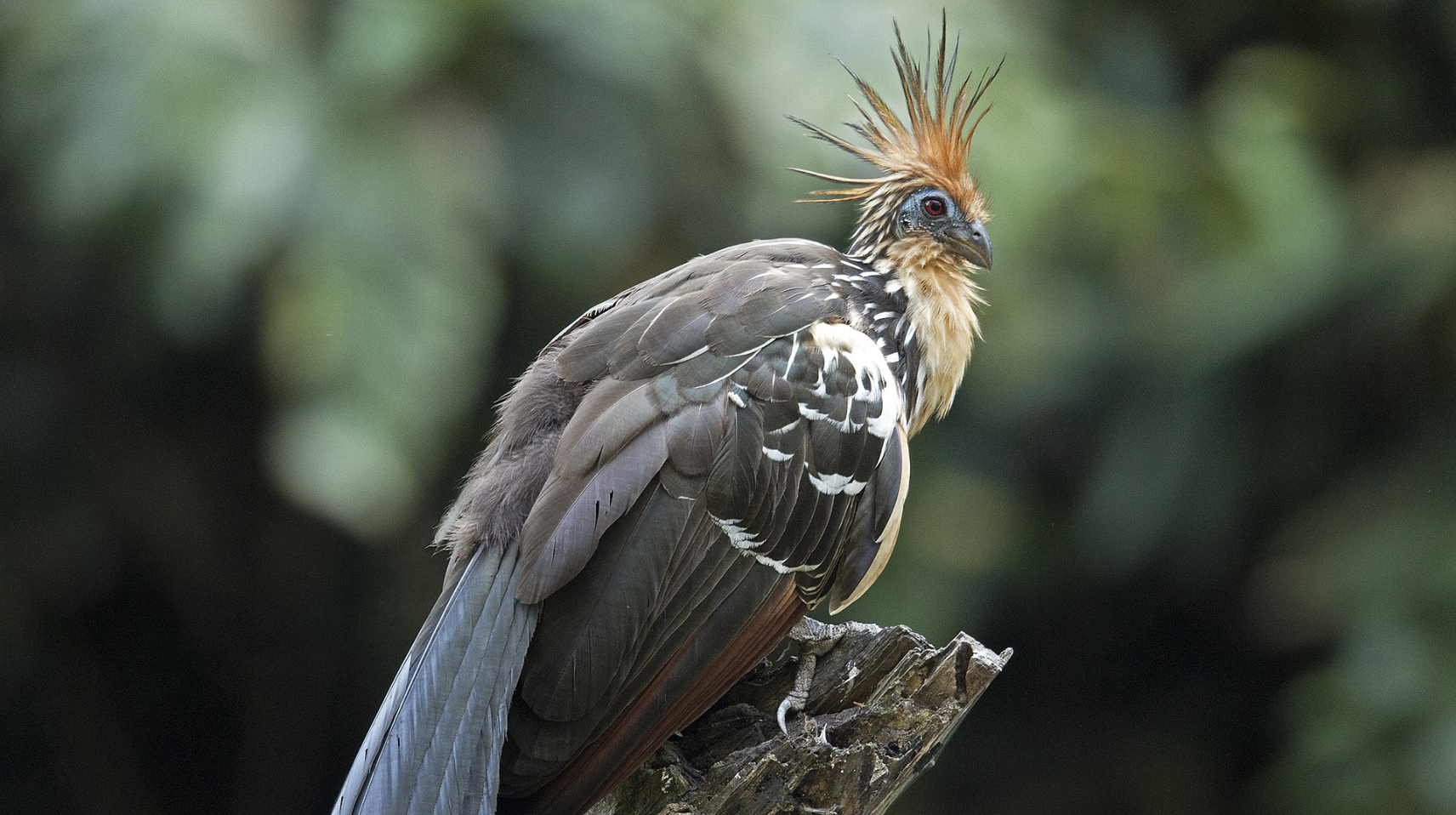
A unique, prehistoric-looking bird with a spiky crest, blue facial skin, and red eyes. Juveniles have claws on their wings. Grows up to 65 cm long.
-
Region of Habitat: Amazon and Orinoco basins in South America; inhabits swampy and riverine forests.
-
Scientific Name: Opisthocomus hoazin
-
Feeding Habits: Herbivorous; eats leaves, buds, and flowers, which ferment in a specialized crop.
-
What Sound They Make: Grunts, croaks, and hisses; sounds like a herd of pigs.
Fun Facts
One of the only birds with a digestive system similar to cows. Chicks use claws on their wings to climb branches.
10. Hooded Warbler
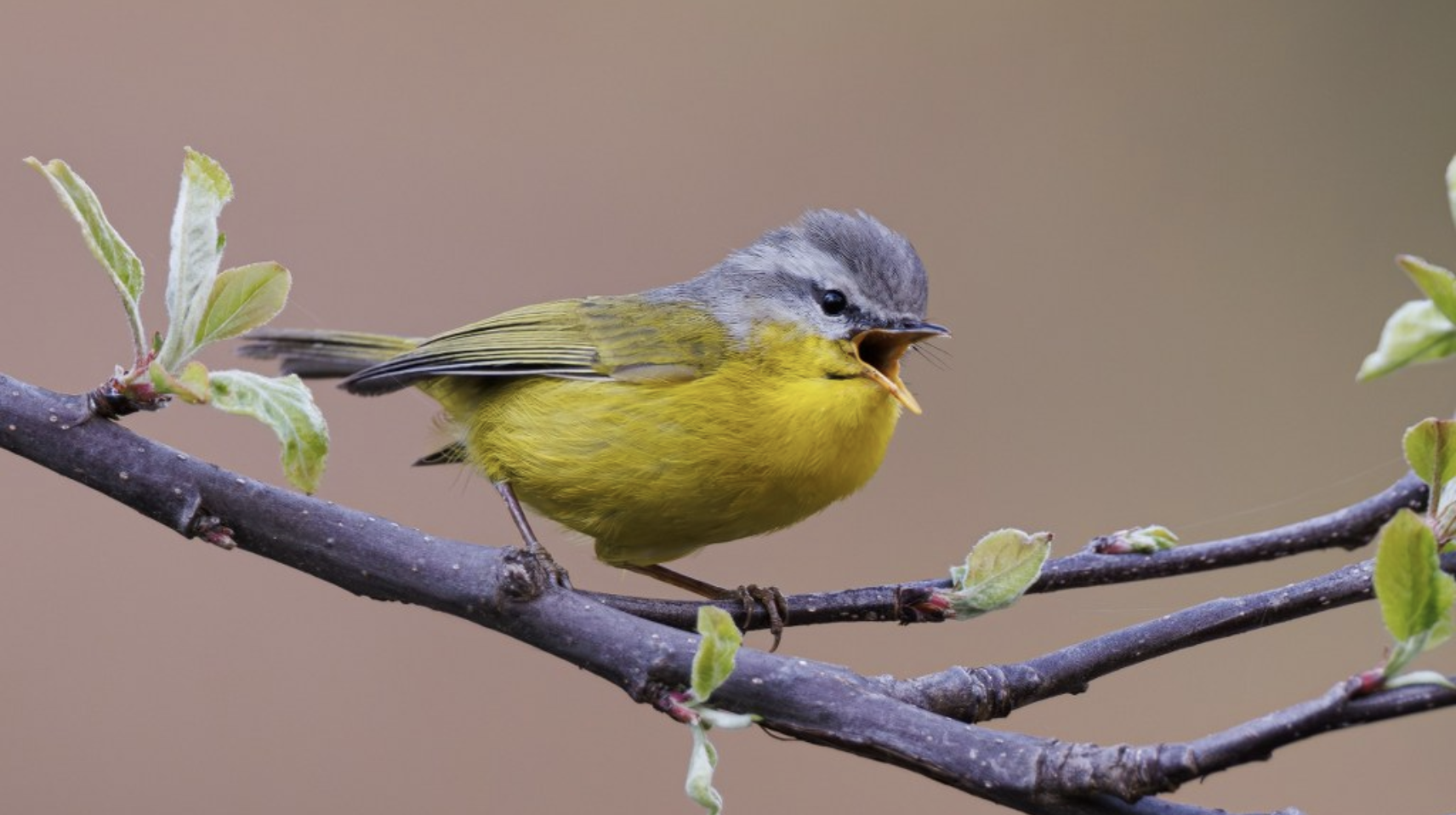
This small warbler has a vivid yellow face with a bold black hood and throat in males. It measures about 13 cm in length.
-
Region of Habitat: Eastern North America; breeds in dense understory of deciduous forests.
-
Scientific Name: Setophaga citrina
-
Feeding Habits: Eats insects and spiders, foraging among shrubs and low trees.
-
What Sound They Make: Clear “ta-wit ta-wit ta-wit tee-yo” song; chip call when alarmed.
Fun Facts
Females build nests close to the ground in hidden spots. Males use their bright face masks to display dominance.
11. Hawaiian Crow
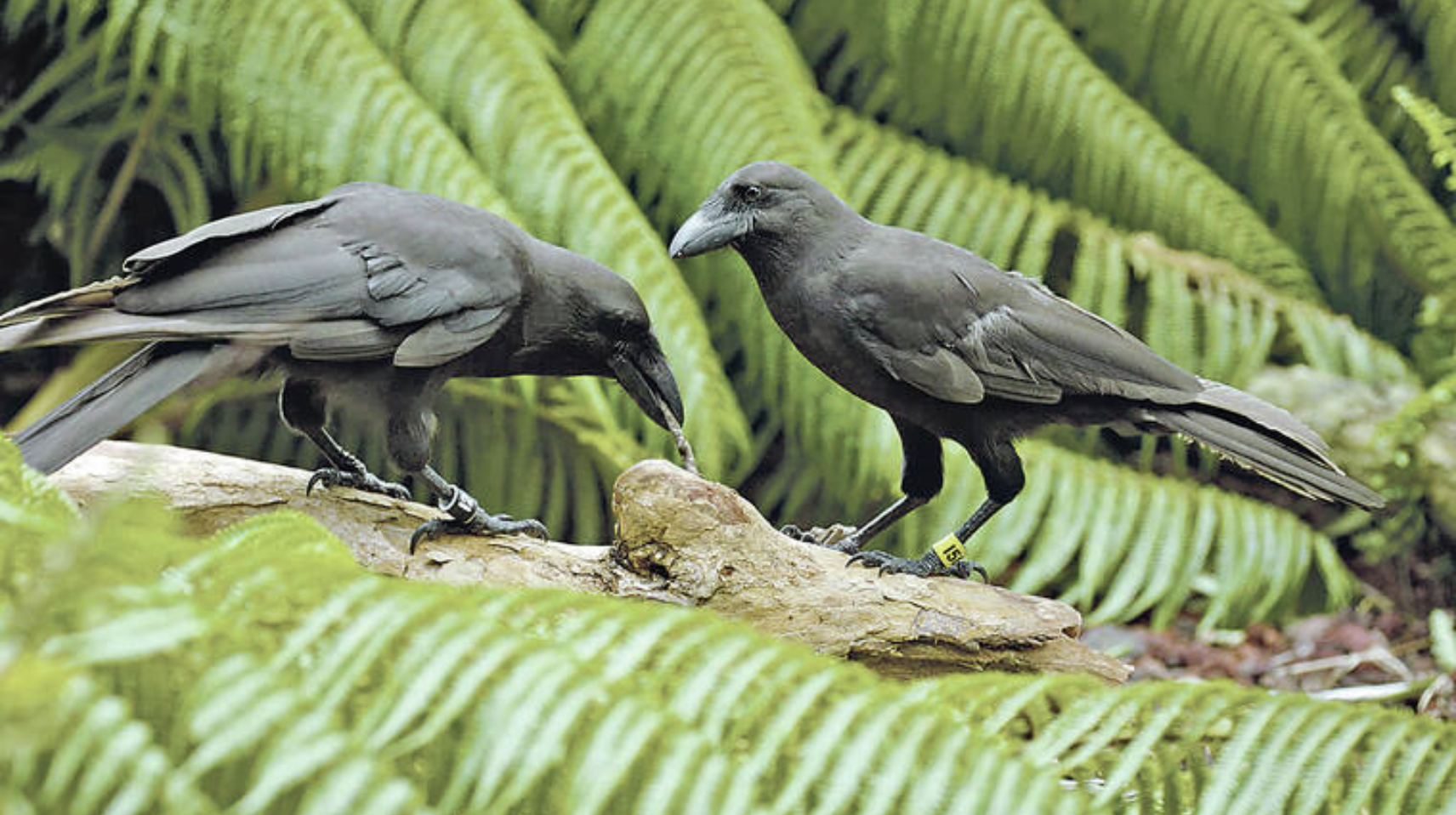
Also known as the ʻAlalā, this crow is all-black, about 48 cm long, and has a strong, curved bill. It is extinct in the wild but bred in captivity.
-
Region of Habitat: Endemic to the Big Island of Hawaiʻi; historically found in dry and montane forests.
-
Scientific Name: Corvus hawaiiensis
-
Feeding Habits: Omnivorous—eats insects, fruits, seeds, and small animals.
-
What Sound They Make: A Variety of caws, rasps, and warbles are used in social communication.
Fun Facts
Considered sacred in Hawaiian culture as a guardian spirit. Known to use tools—a rare trait among birds.
12. Hoary-headed Grebe
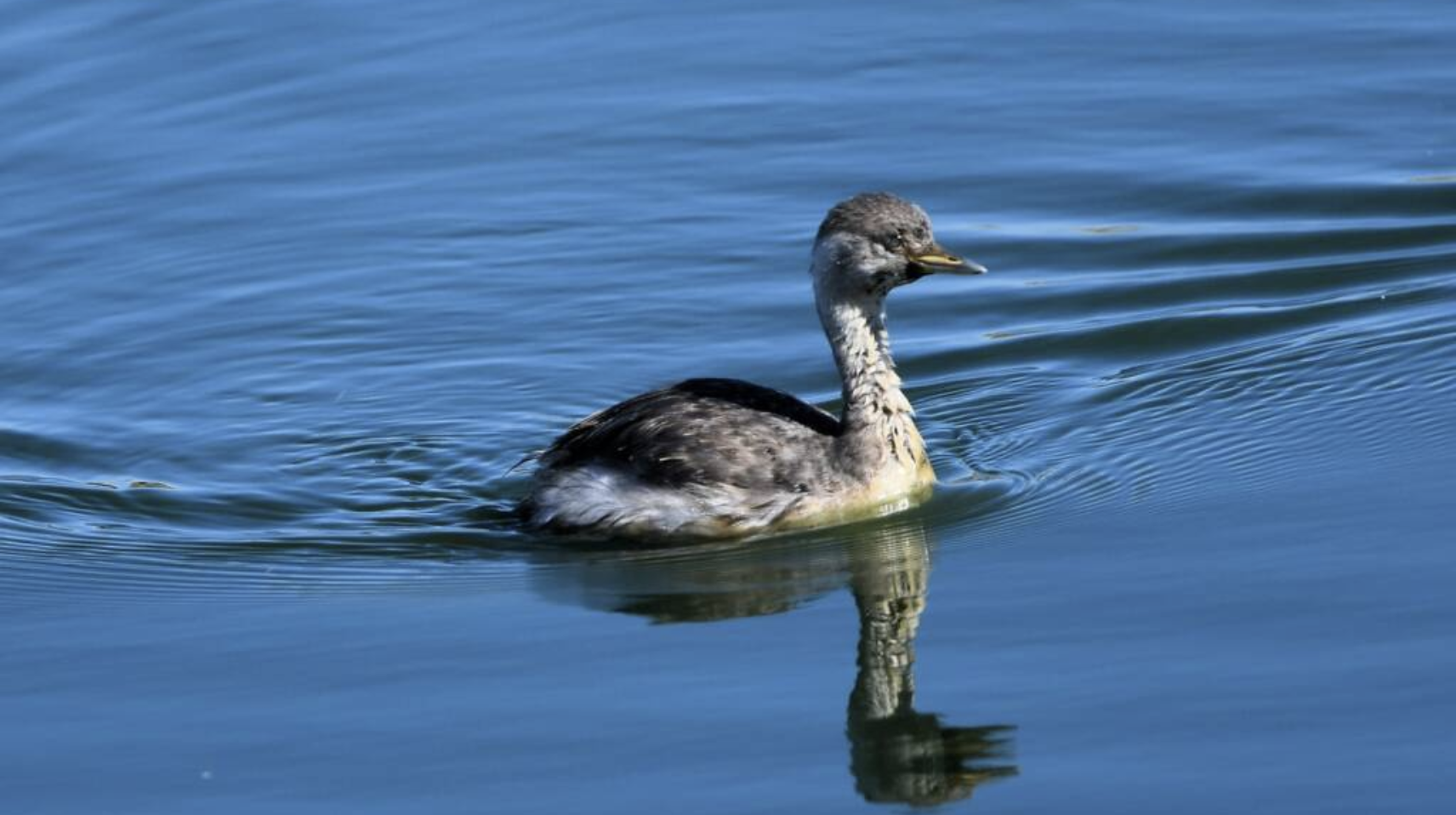
A small water bird about 26–29 cm long, it has a striking whitish head with dark streaks and a compact body.
-
Region of Habitat: Found across Australia; inhabits freshwater lakes, ponds, and rivers.
-
Scientific Name: Poliocephalus poliocephalus
-
Feeding Habits: Dives for aquatic insects, crustaceans, and small fish.
-
What Sound They Make: Generally quiet; makes soft croaking or churring calls near the nest.
Fun Facts
It can dive for up to 30 seconds underwater. Sometimes seen with chicks riding on their backs.
13. House Wren
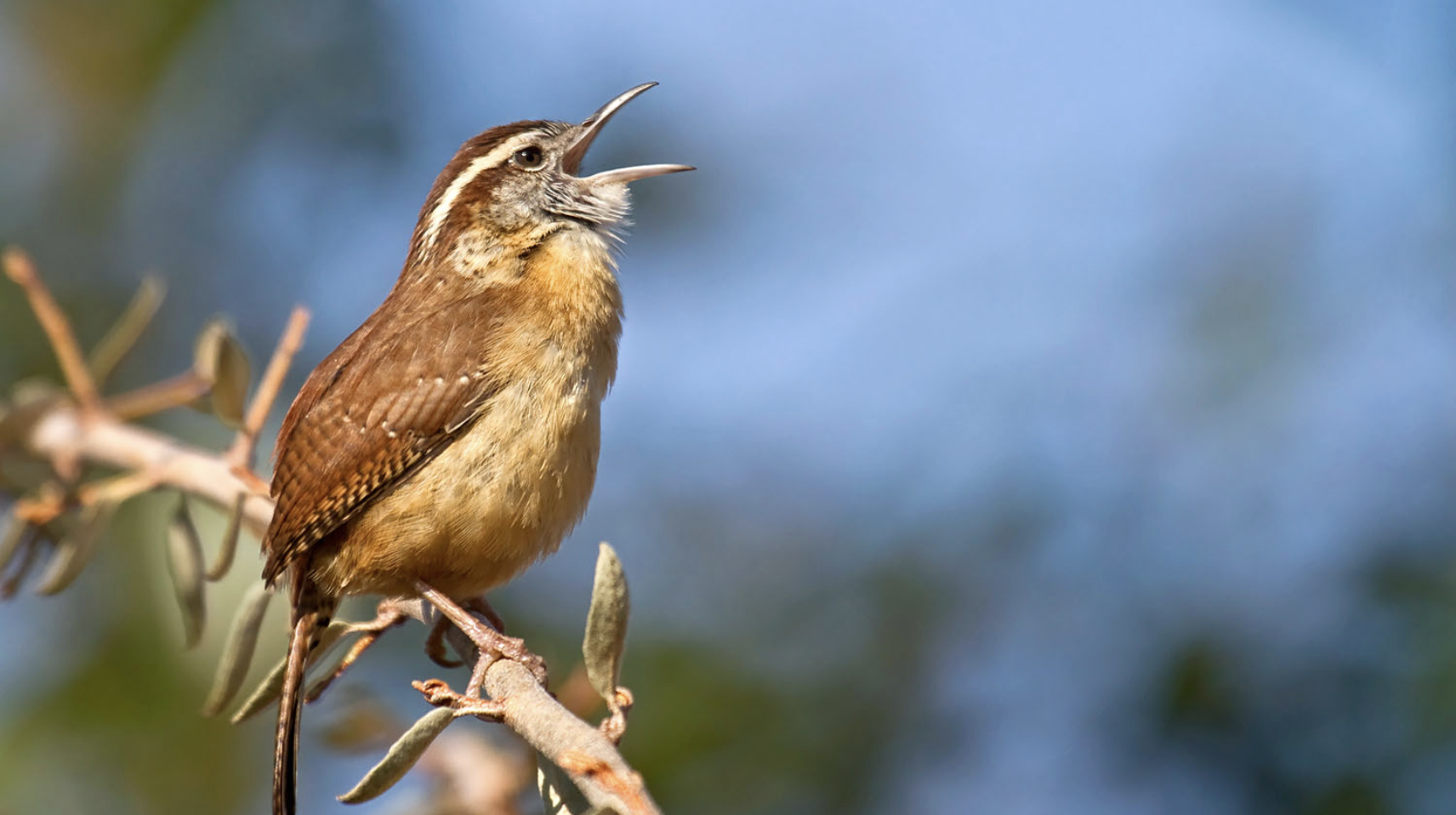
This tiny brown bird measures 11–13 cm and has subtle streaks and a slightly curved beak. Despite its plain look, it’s very vocal and active.
-
Region of Habitat: Found throughout the Americas; adapts to gardens, forests, and urban areas.
-
Scientific Name: Troglodytes aedon
-
Feeding Habits: Eats insects and spiders; forages in leaf litter and bark crevices.
-
What Sound They Make: Complex bubbling songs and sharp “chek” calls.
Fun Facts
Often fills several nesting sites with sticks to outcompete rivals. Known to puncture the eggs of other birds to defend its nesting area.
14. Hooded Vulture
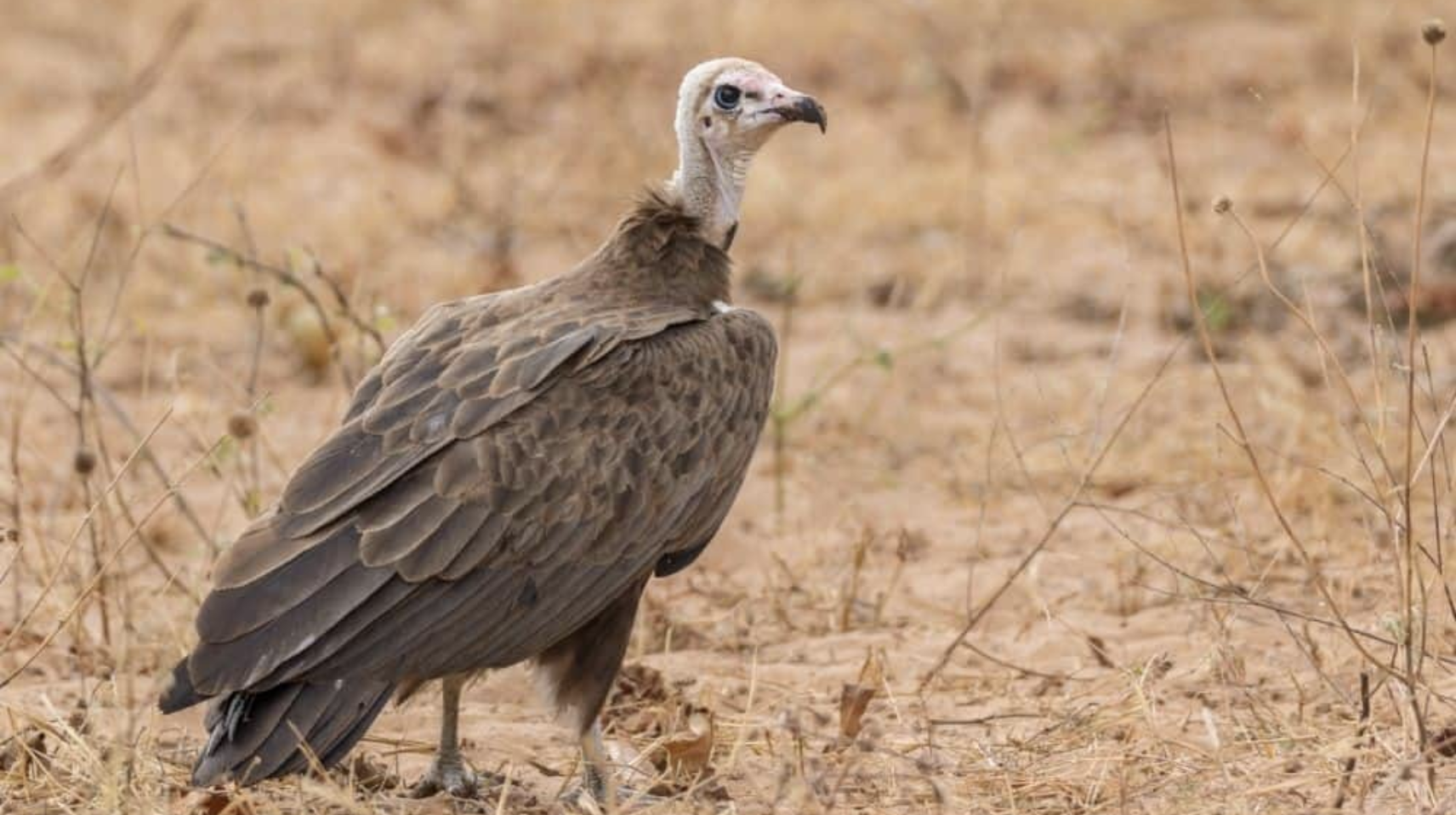
A small, scruffy-looking vulture with a bald pinkish head and dark brown feathers, about 62–72 cm long.
-
Region of Habitat: Sub-Saharan Africa; found near towns, savannas, and open woodlands.
-
Scientific Name: Necrosyrtes monachus
-
Feeding Habits: Scavenger; feeds on carrion, scraps, and sometimes feces.
-
What Sound They Make: Usually silent but may hiss or grunt at food sources.
Fun Facts
Often seen near human settlements scavenging garbage. Face rapid population decline due to poisoning and habitat loss.
15. Heron, Great Blue
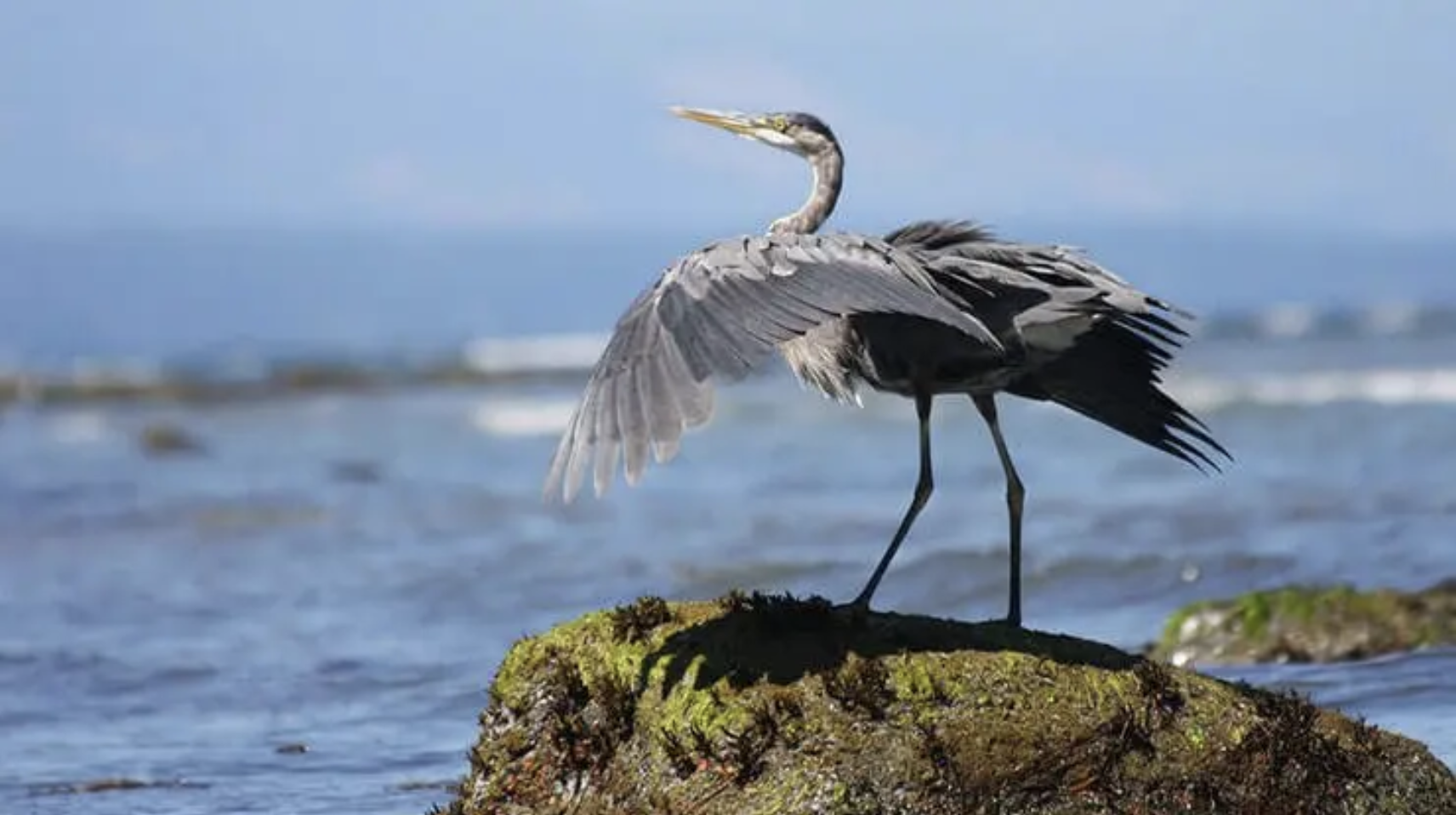
A tall wading bird, about 97–137 cm tall, with a blue-gray body, long legs, and a dagger-like yellow bill.
-
Region of Habitat: Widespread in North and Central America; seen in freshwater and saltwater habitats.
-
Scientific Name: Ardea herodias
-
Feeding Habits: Eats fish, frogs, insects, and small mammals; hunts by stalking slowly or standing still.
-
What Sound They Make: Harsh croaks or squawks, especially when disturbed or flying.
Fun Facts
It can strike prey with lightning-fast precision. Nests in colonies called heronries, often in tall trees.
16. Harpy Eagle
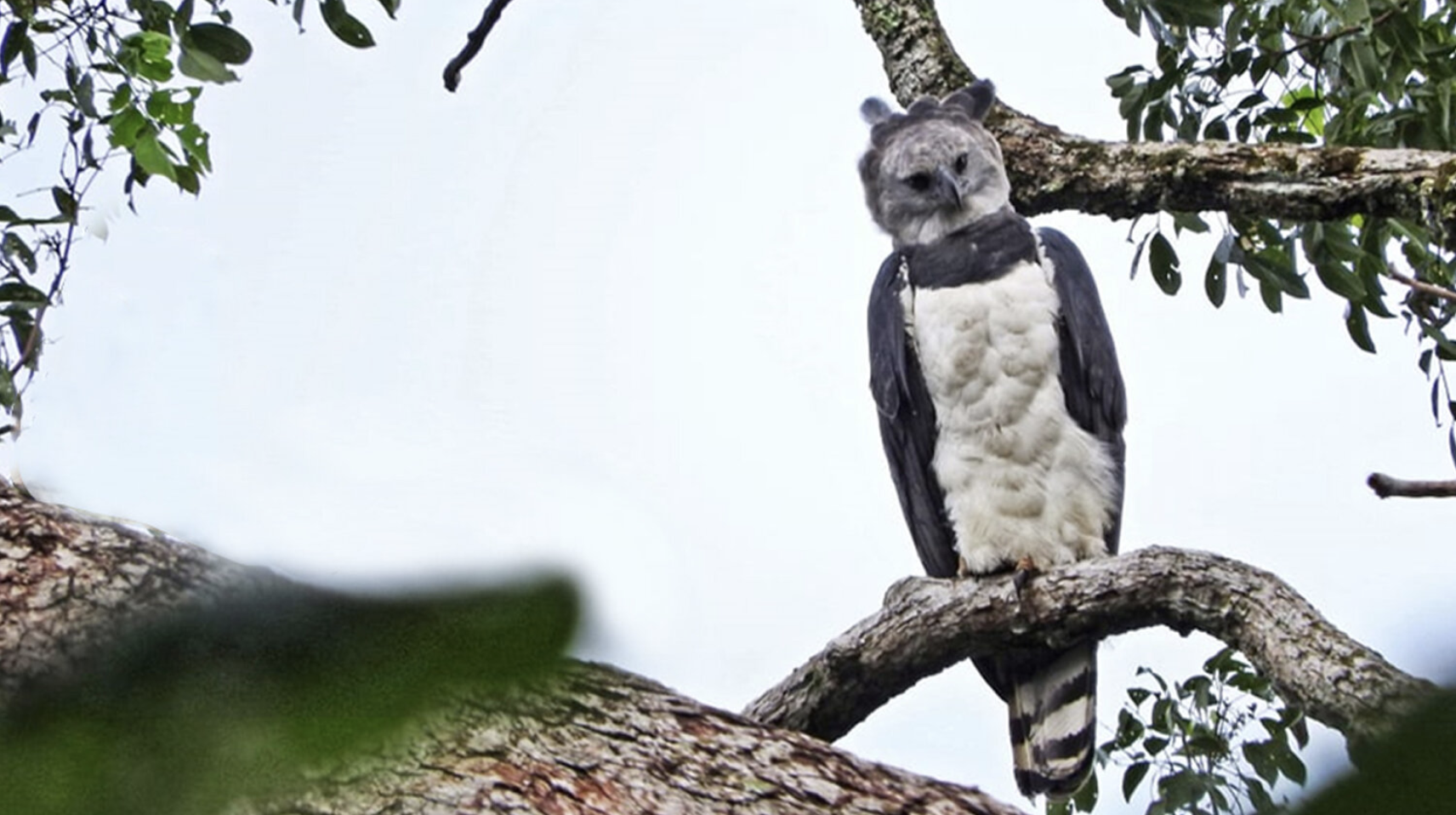
A massive eagle with a dramatic crest, black and white plumage, and thick legs. It reaches up to 100 cm long and weighs 6–10 kg.
-
Region of Habitat: Central and South American rainforests.
-
Scientific Name: Harpia harpyja
-
Feeding Habits: Preys on monkeys, sloths, and large birds; hunts from perches.
-
What Sound They Make: Soft whistles or clucks; mostly silent when hunting.
Fun Facts
Its talons are larger than a grizzly bear’s claws. The harpy eagle is the national bird of Panama.
17. Hawk, Cooper’s
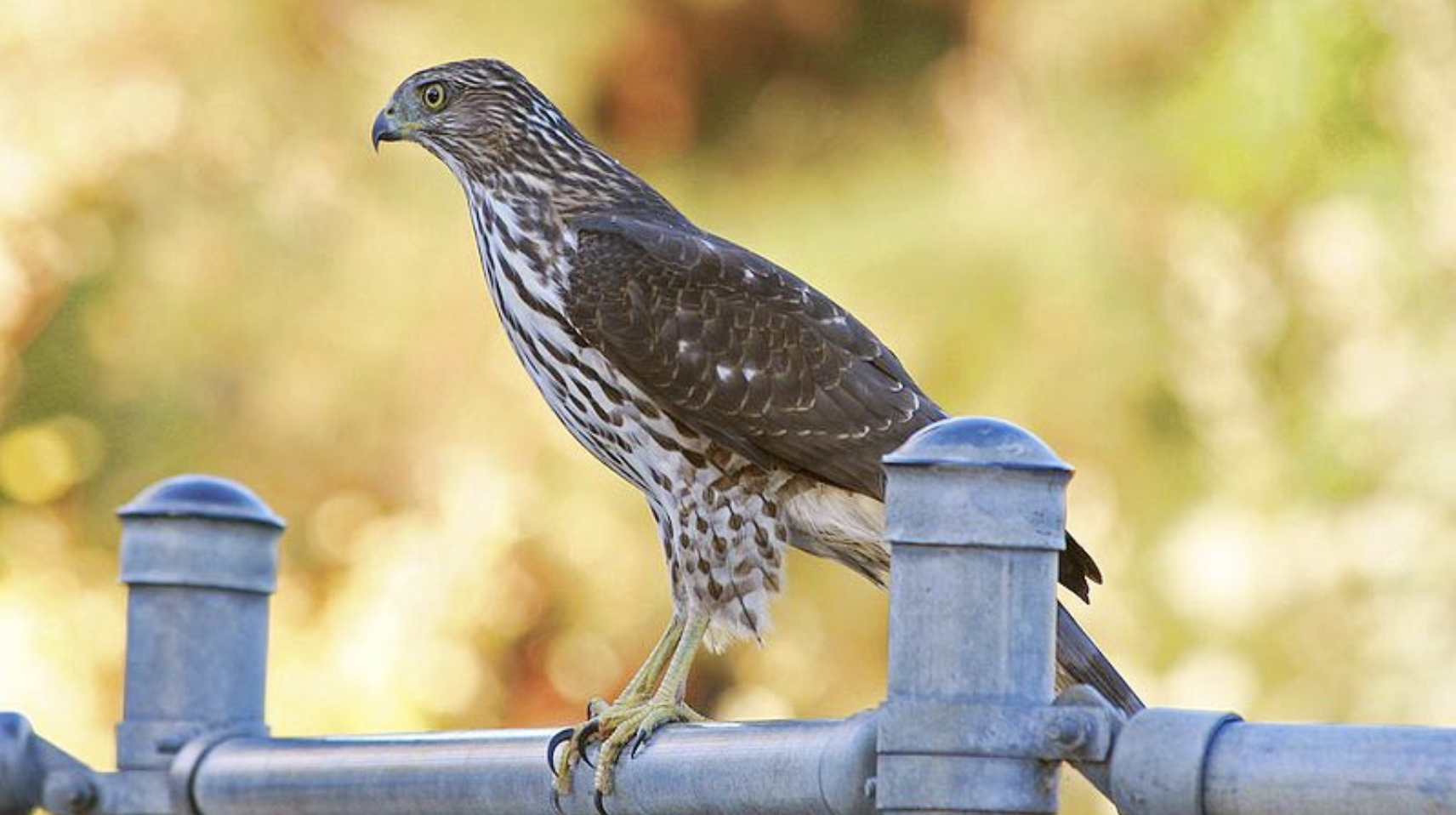
A sleek bird of prey with short, rounded wings and a long tail. About 35–50 cm in length, with gray upperparts and a reddish-barred chest.
-
Region of Habitat: North America; found in woodlands, suburbs, and city parks.
-
Scientific Name: Accipiter cooperii
-
Feeding Habits: Hunts small birds and mammals, often ambushing them through fast flight.
-
What Sound They Make: Rapid “cak-cak-cak” calls during breeding.
Fun Facts
Females are up to a third larger than males. Adapted well to urban life, even nesting in backyards.
18. Herring Gull
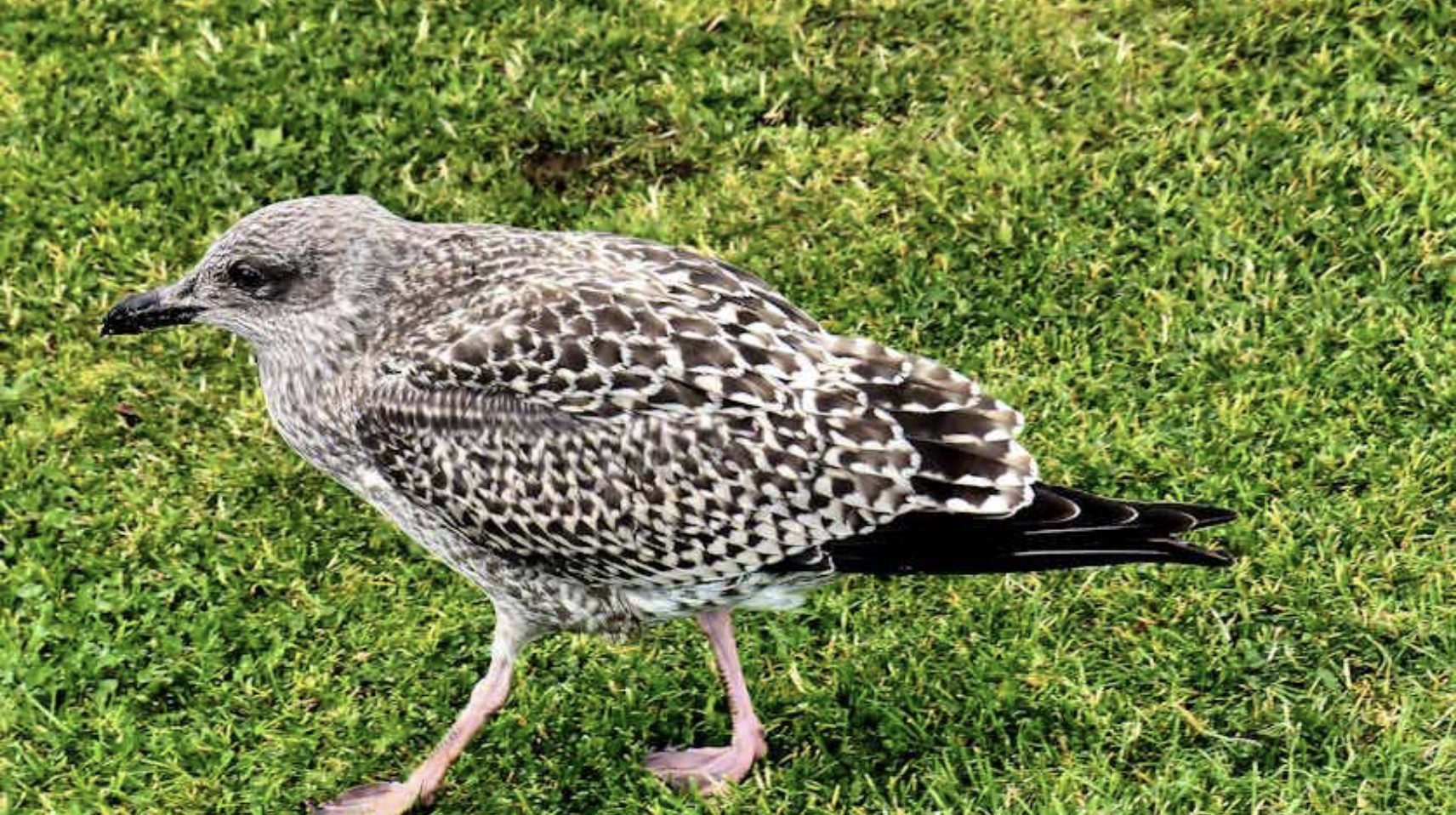
A large gull with gray wings, a white body, and a yellow bill with a red spot. It measures about 55–66 cm long.
-
Region of Habitat: Coasts and inland waterways of North America and Europe.
-
Scientific Name: Larus argentatus
-
Feeding Habits: Omnivorous; eats fish, invertebrates, garbage, and carrion.
-
What Sound They Make: Loud, laughing “haa-ha-ha-ha” and screeching calls.
Fun Facts
Known to drop shellfish onto rocks to crack them. Capable of mimicking human voices in captivity.
19. Hooded Oriole
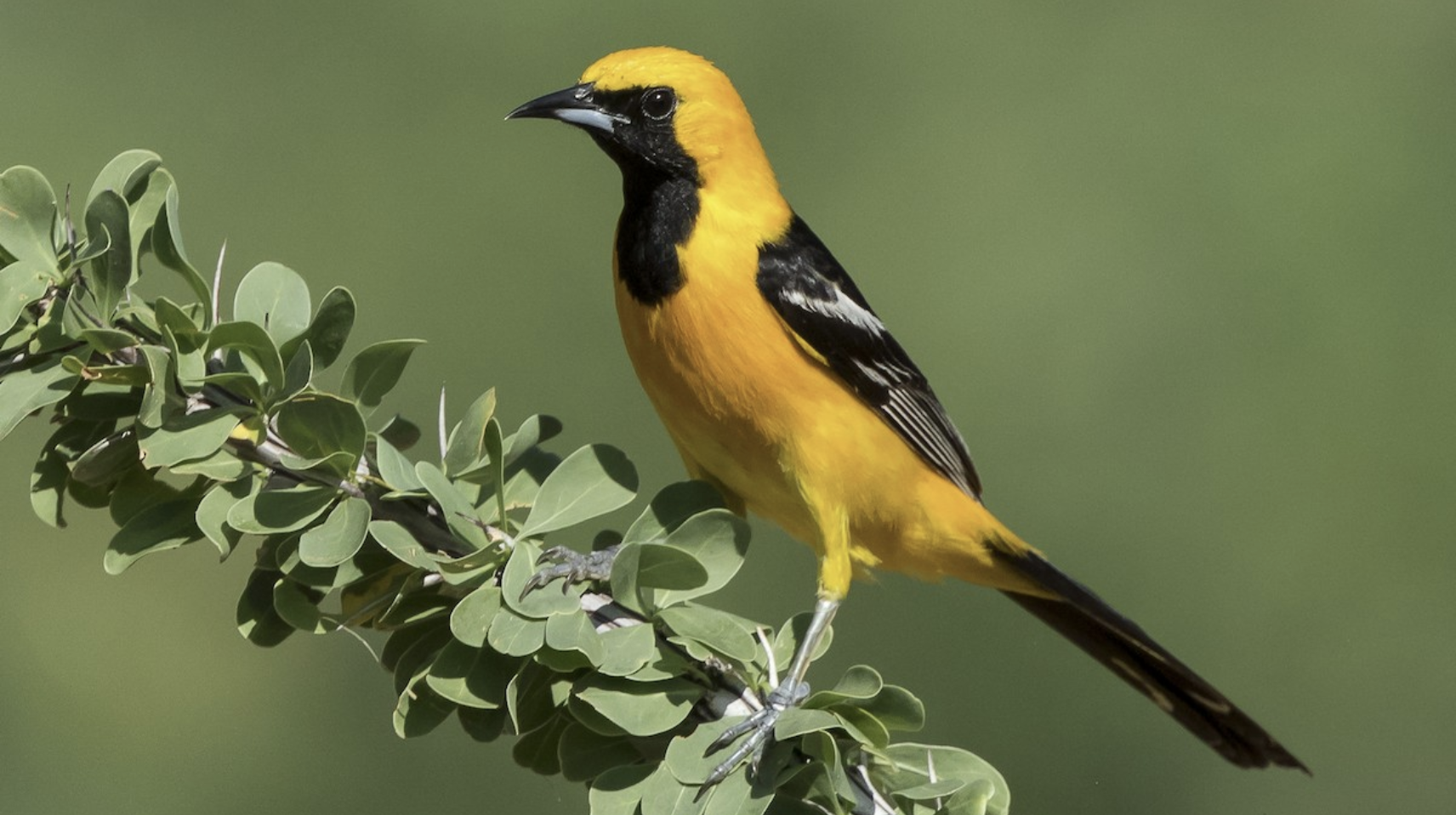
A slim bird with a down-curved bill, bright yellow-orange body, and black throat. About 18–20 cm long.
-
Region of Habitat: Southwestern U.S., Mexico, and Central America; prefers palm trees and deserts.
-
Scientific Name: Icterus cucullatus
-
Feeding Habits: Eats nectar, fruit, and insects; sometimes pierces flowers for nectar.
-
What Sound They Make: Musical whistles and chattering calls.
Fun Facts
Builds hanging basket-like nests on palm fronds. Males vary in color from bright orange to yellow, depending on the region.
20. Himalayan Monal
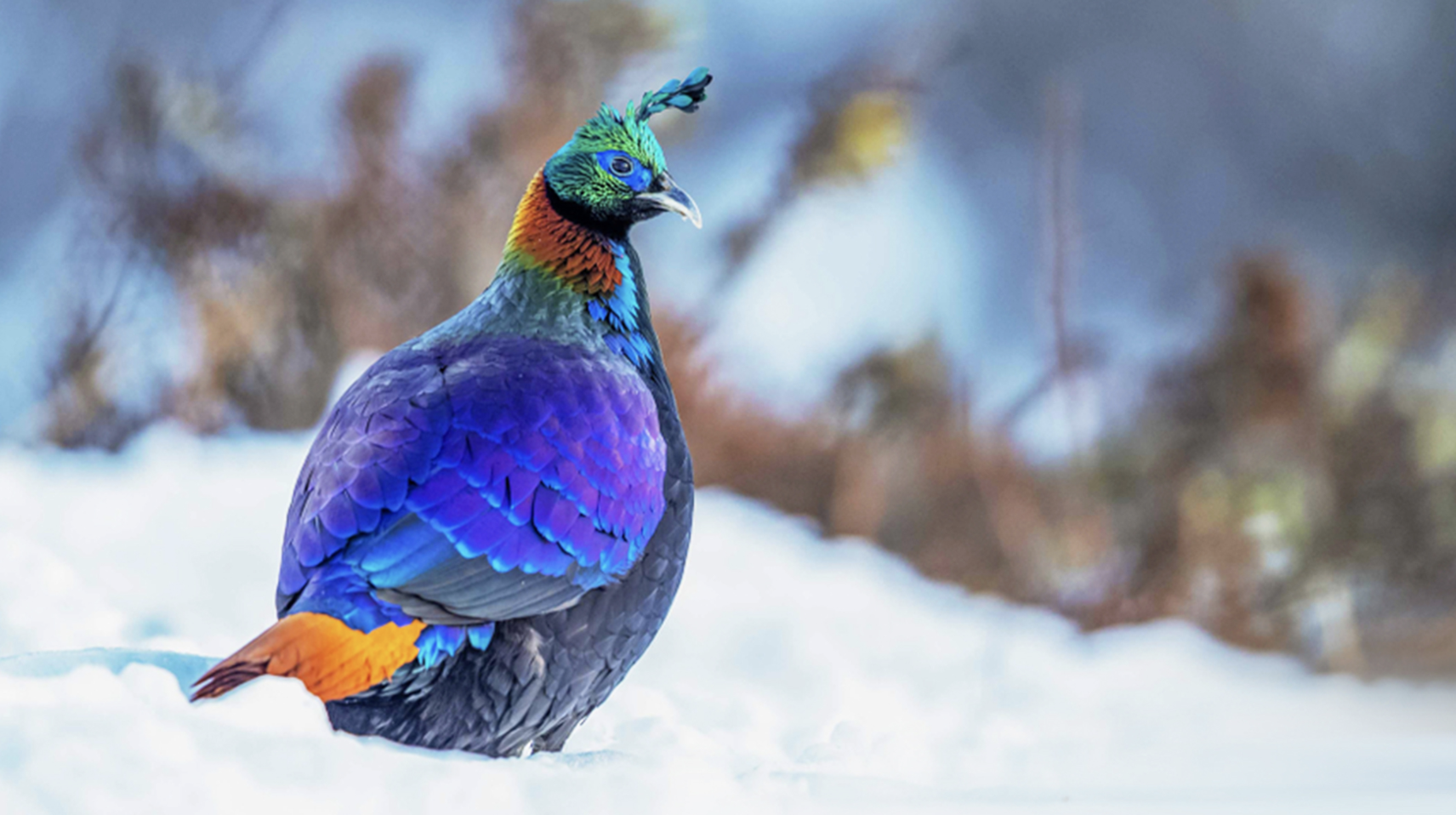
A large, vividly colored pheasant with metallic green, blue, and red feathers; males have a long, green crest. About 70 cm long.
-
Region of Habitat: Himalayan forests and alpine meadows, from Afghanistan to Bhutan.
-
Scientific Name: Lophophorus impejanus
-
Feeding Habits: Eats roots, seeds, tubers, and insects; forages on the ground.
-
What Sound They Make: Loud whistles and crow-like calls during mating.
Fun Facts
The national bird of Nepal. Females are duller and better camouflaged to protect their nests.
Other H-Birds for Your Birdwatching List
21. Hadada Ibis
22. Hainan Blue Flycatcher
23. Hainan Leaf Warbler
24. Hainan Partridge
25. Hainan Peacock-pheasant
26. Hair-crested Drongo
27. Hairy-backed Bulbul
28. Hairy-breasted Barbet
29. Hairy-crested Antbird
30. Half-collared Kingfisher
31. Half-collared Sparrow
32. Hall’s Babbler
33. Halmahera Boobook
34. Halmahera Cuckooshrike
35. Halmahera Flowerpecker
36. Halmahera Paradise-crow
37. Halmahera Swiftlet
38. Hammond’s Flycatcher
39. Handsome Flycatcher
40. Handsome Fruiteater
41. Handsome Spurfowl
42. Handsome Sunbird
43. Hangnest Tody-tyrant
44. Happy Wren
45. Hardhead
46. Harlequin Antbird
47. Harlequin Duck
48. Harlequin Quail
49. Hartert’s Camaroptera
50. Hartert’s Leaf Warbler
51. Hartlaub’s Babbler
52. Hartlaub’s Bustard
53. Hartlaub’s Duck
54. Hartlaub’s Gull
55. Hartlaub’s Spurfowl
56. Hartlaub’s Turaco
57. Harwood’s Spurfowl
58. Hauxwell’s Thrush
59. Hawaiʻi Creeper
60. Hawaiʻi ʻakepa
61. Hawaiʻi ʻamakihi
62. Hawaiʻi ʻelepaio
63. Hawaiian Coot
64. Hawaiian Duck
65. Hawaiian Hawk
66. Hawaiian Petrel
67. Hawaiian Rail
68. Hawfinch
69. Hawkins’s Rail
70. Hazel Grouse
71. Hazel-fronted Pygmy Tyrant
72. Heard Island Shag
73. Heart-spotted Woodpecker
74. Heermann’s Gull
75. Heinroth’s Shearwater
76. Hellmayr’s Pipit
77. Helmet Vanga
78. Helmeted Curassow
79. Helmeted Friarbird
80. Helmeted Guineafowl
81. Helmeted Hornbill
82. Helmeted Manakin
83. Helmeted Myna
84. Helmeted Pygmy Tyrant
85. Helmeted Woodpecker
86. Hemprich’s Hornbill
87. Hen Harrier
88. Henderson Crake
89. Henderson Fruit Dove
90. Henderson Petrel
91. Henderson Reed Warbler
92. Henderson’s Ground Jay
93. Henna-capped Foliage-gleaner
94. Henna-hooded Foliage-gleaner
95. Henslow’s Sparrow
96. Henst’s Goshawk
97. Hepatic Tanager
98. Herald Petrel
99. Herero Chat
100. Hermit Thrush
101. Hermit Warbler
102. Hermit Wood Wren
103. Heuglin’s Bustard
104. Heuglin’s Masked Weaver
105. Heuglin’s Spurfowl
106. Heuglin’s Wheatear
107. Heuglin’s White-eye
108. Highland Elaenia
109. Highland Guan
110. Highland Rush Warbler
111. Highland Tinamou
112. Hildebrandt’s Spurfowl
113. Hildebrandt’s Starling
114. Hill Blue Flycatcher
115. Hill Partridge
116. Hill Pigeon
117. Hill Prinia
118. Hill Swallow
119. Himalayan Beautiful Rosefinch
120. Himalayan Black-lored Tit
121. Himalayan Bluetail
122. Himalayan Bulbul
123. Himalayan Buzzard
124. Himalayan Cuckoo
125. Himalayan Cutia
126. Himalayan Flameback
127. Himalayan Owl
128. Himalayan Prinia
129. Himalayan Quail
130. Himalayan Rubythroat
131. Himalayan Shortwing
132. Himalayan Shrike-babbler
133. Himalayan Snowcock
134. Himalayan Swiftlet
135. Himalayan Thrush
136. Himalayan Vulture
137. Himalayan White-browed Rosefinch
138. Himalayan Woodpecker
139. Hinde’s Babbler
140. Hispaniolan Amazon
141. Hispaniolan Crossbill
142. Hispaniolan Emerald
143. Hispaniolan Lizard Cuckoo
144. Hispaniolan Nightjar
145. Hispaniolan Oriole
146. Hispaniolan Palm Crow
147. Hispaniolan Parakeet
148. Hispaniolan Pewee
149. Hispaniolan Spindalis
150. Hispaniolan Trogon
151. Hispaniolan Woodpecker
152. Hoary Puffleg
153. Hoary-throated Barwing
154. Hoary-throated Spinetail
155. Hodgson’s Frogmouth
156. Hodgson’s Hawk-cuckoo
157. Hodgson’s Redstart
158. Hodgson’s Treecreeper
159. Hoffmann’s Woodpecker
160. Hoffmanns’s Woodcreeper
161. Hofmann’s Sunbird
162. Holub’s Golden Weaver
163. Hombron’s Kingfisher
164. Honduran Emerald
165. Honeyguide Greenbul
166. Hood Mockingbird
167. Hooded Antpitta
168. Hooded Berryeater
169. Hooded Butcherbird
170. Hooded Cuckooshrike
171. Hooded Dotterel
172. Hooded Gnateater
173. Hooded Grebe
174. Hooded Grosbeak
175. Hooded Mannikin
176. Hooded Monarch
177. Hooded Mountain Tanager
178. Hooded Mountain Toucan
179. Hooded Parrot
180. Hooded Pitohui
181. Hooded Pitta
182. Hooded Robin
183. Hooded Siskin
184. Hooded Tanager
185. Hooded Tinamou
186. Hooded Treepie
187. Hooded Visorbearer
188. Hooded Wheatear
189. Hooded Whistler
190. Hooded Yellowthroat
191. Hook-billed Bulbul
192. Hook-billed Hermit
193. Hook-billed Kingfisher
194. Hook-billed Kite
195. Hook-billed Vanga
196. Hornbill Friarbird
197. Hornby’s Storm Petrel
198. Horned Coot
199. Horned Curassow
200. Horned Grebe
201. Horned Guan
202. Horned Lark
203. Horned Parakeet
204. Horned Puffin
205. Horned Screamer
206. Horned Sungem
207. Horsfield’s Babbler
208. Horsfield’s Bronze Cuckoo
209. Horsfield’s Bush Lark
210. Horus Swift
211. Hose’s Broadbill
212. Hose’s Partridge
213. Houbara Bustard
214. House Bunting
215. House Crow
216. House Swift
217. Huallaga Tanager
218. Huayco Tinamou
219. Hudson’s Black Tyrant
220. Hudson’s Canastero
221. Hudsonian Godwit
222. Hudsonian Whimbrel
223. Huet’s Fulvetta
224. Huia
225. Humaita Antbird
226. Humblot’s Flycatcher
227. Humblot’s Heron
228. Humblot’s Sunbird
229. Humboldt Penguin
230. Humboldt’s Sapphire
231. Hume’s Bush Warbler
232. Hume’s Hawk-owl
233. Hume’s Leaf Warbler
234. Hume’s Short-toed Lark
235. Hume’s Treecreeper
236. Hume’s Wheatear
237. Hume’s White-eye
238. Hume’s Whitethroat
239. Hunstein’s Mannikin
240. Hunter’s Cisticola
241. Hunter’s Sunbird
242. Huon Astrapia
243. Huon Catbird
244. Huon Melidectes
245. Hutton’s Shearwater
246. Hutton’s Vireo
247. Hyacinth Macaw
248. Hyacinth Visorbearer
249. Hylocitrea
250. Harrier, Cinereous
251. Harrier, Montagu’s
252. Harrier, Pallied
253. Hawk, Black-collared
254. Hawk, Broad-winged
255. Hawk, Cooper’s
256. Hawk, Crane
257. Hawk, Gray-bellied
258. Hawk, Great black
259. Hawk, Harris’
260. Hawk, Red-shouldered
261. Hawk, Roadside
262. Hawk, Short-tailed
263. Hawk, Slate-coloured
264. Hawk, Variable
265. Hermit, Long-billed
266. Hermit, Stripe-throated
267. Heron, Black-Headed
268. Heron, Boat-billed
269. Heron, Capped
270. Heron, Cocoi
271. Heron, Giant
272. Heron, Gray
273. Heron, Great Blue
274. Heron, Green
275. Heron, Little Blue
276. Heron, Squacco
277. Heron, Striated
278. Heron, Tricolored
279. Honey Buzzard, European
280. Honeycreeper, Green
281. Honeycreeper, Red-legged
282. Honeycreeper, Shining
283. Hornbill, African Grey
284. Hornbill, Silvery-Cheeked
285. Hornbill, Southern Ground
286. Hornbill, Southern Red-billed
287. Hornbill, Southern Yellow-billed
288. Hornbill, von der Decken’s
289. Hornero, Pale-legged
290. Hummingbird, Amazilia
291. Hummingbird, Giant
292. Hummingbird, Ruby-throated
293. Hummingbird, Rufous-tailed
294. Hummingbird, Snowy-bellied
295. Hummingbird, Speckled
296. Hummingbird, Violet-bellied
297. Hummingbird, White-bellied
Final Words
The diversity of birds with H is truly astonishing—from the mystical Hoatzin of the Amazon to the smart Hooded Merganser gliding through North American waters.
These birds showcase a wide range of sizes, habitats, diets, and quirky traits that make birdwatching both educational and delightful.
Whether you’re planning a nature walk, a backyard spotting session, or expanding your global bird list, this collection gives you a head start on learning avian wonders that begin with H. Keep this manual handy, stay curious, and happy birding!
If you’re interested in more informative animal and wildlife content, feel free to click here and explore other blogs that you might enjoy!

